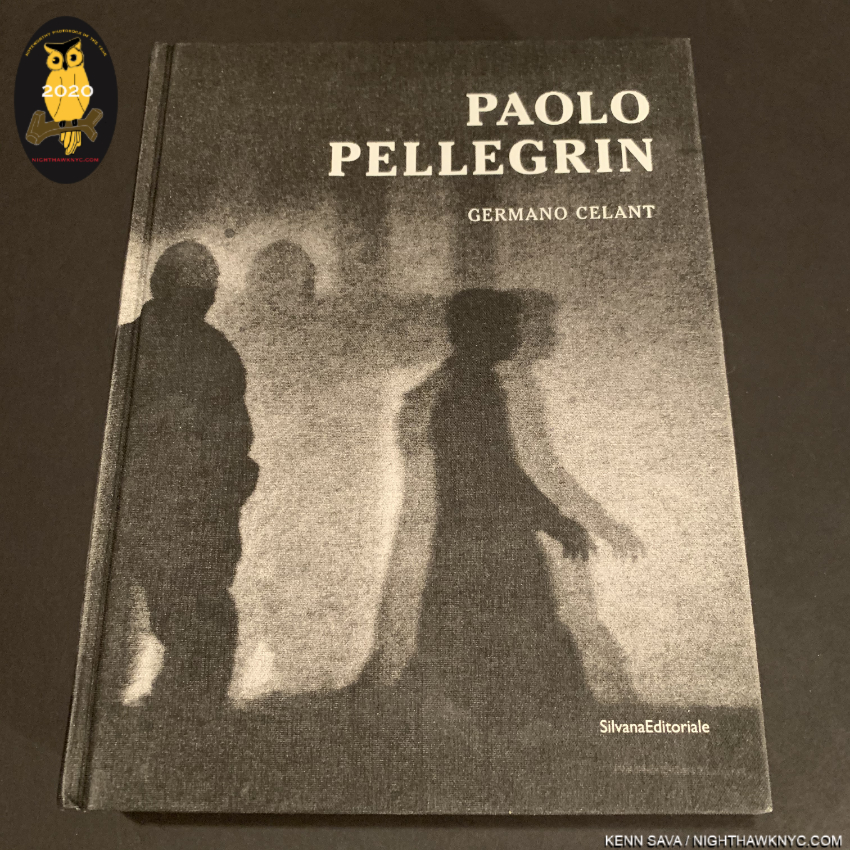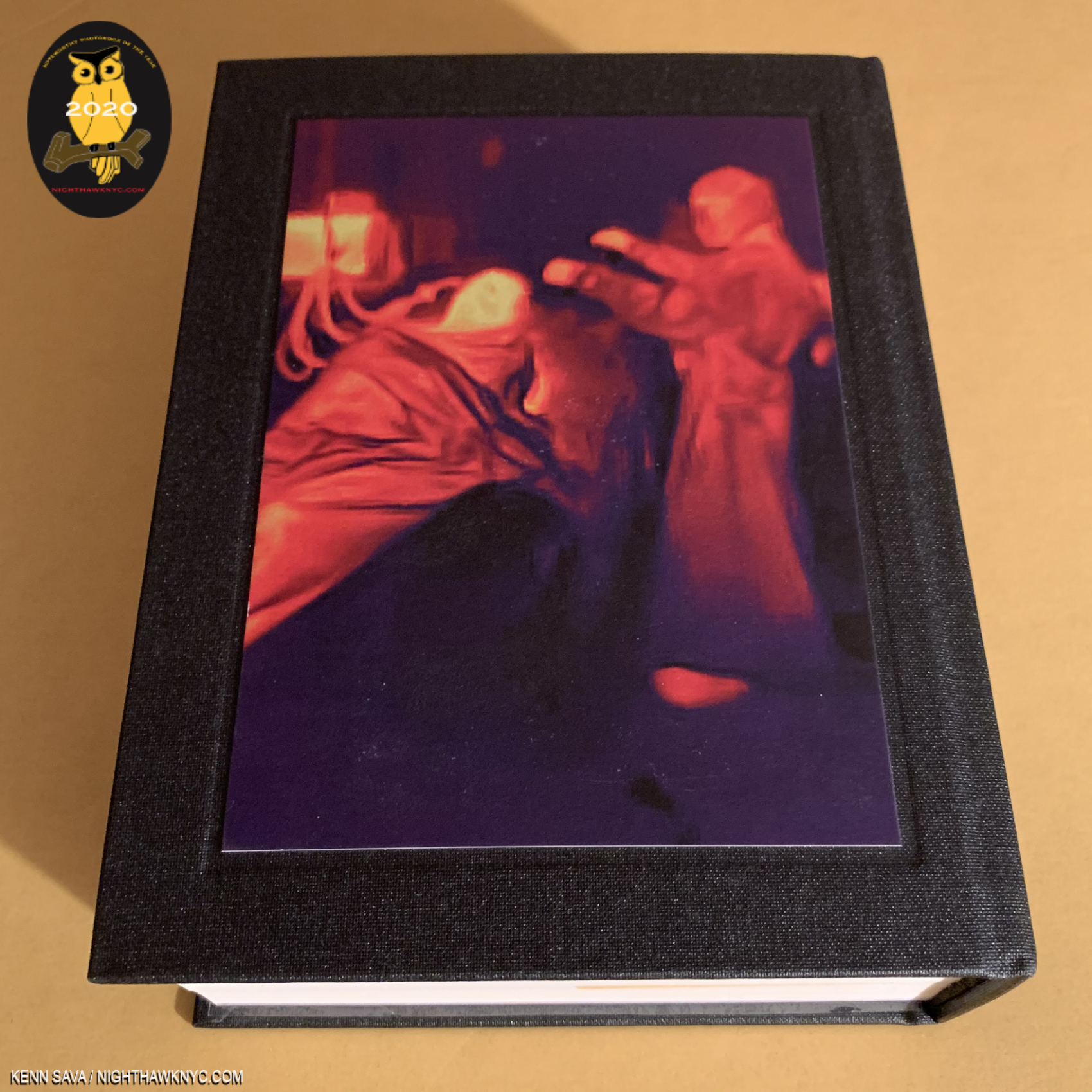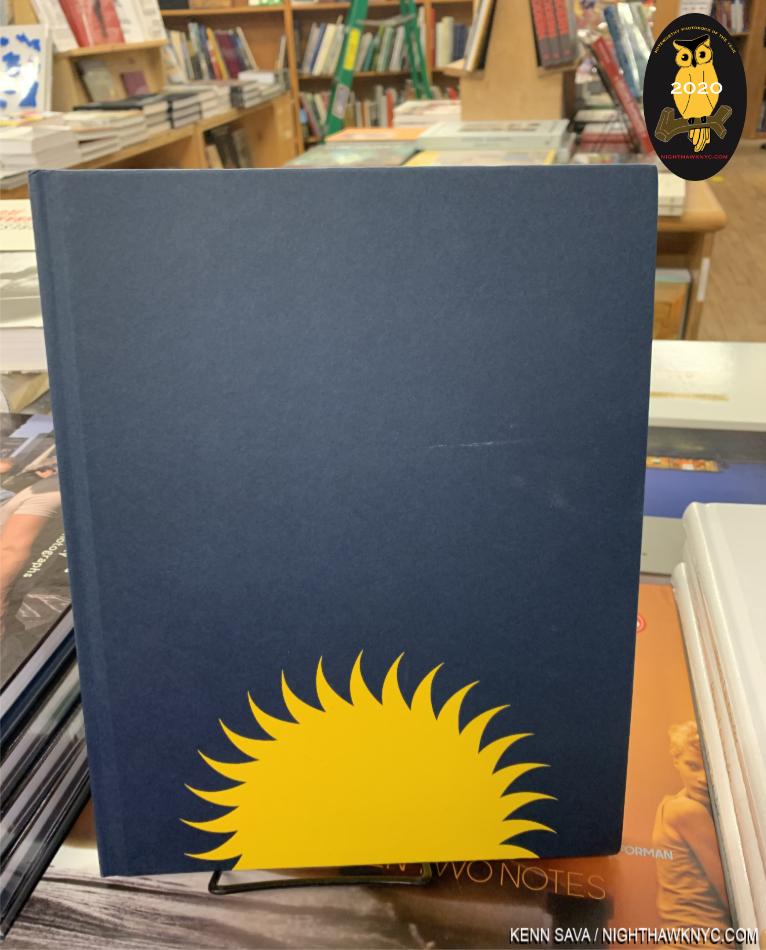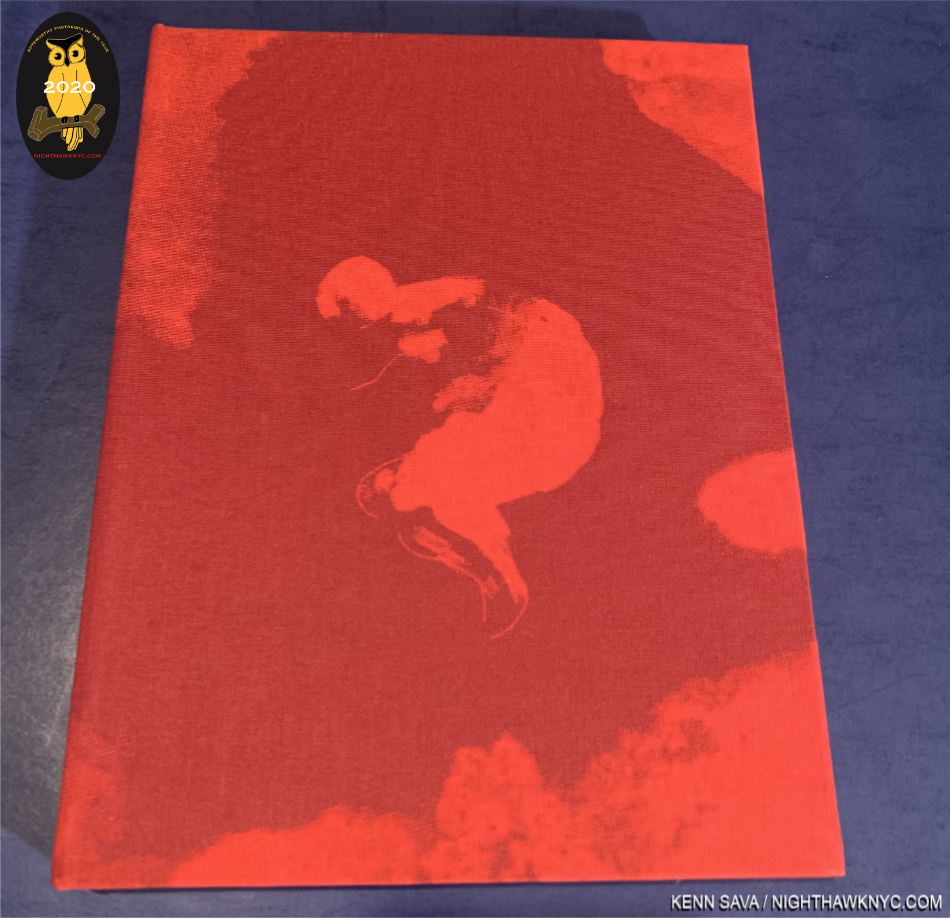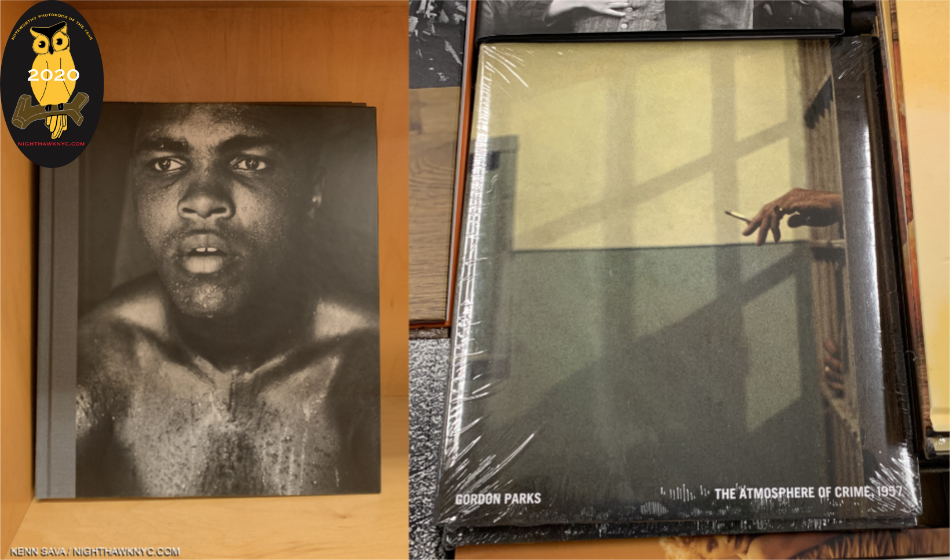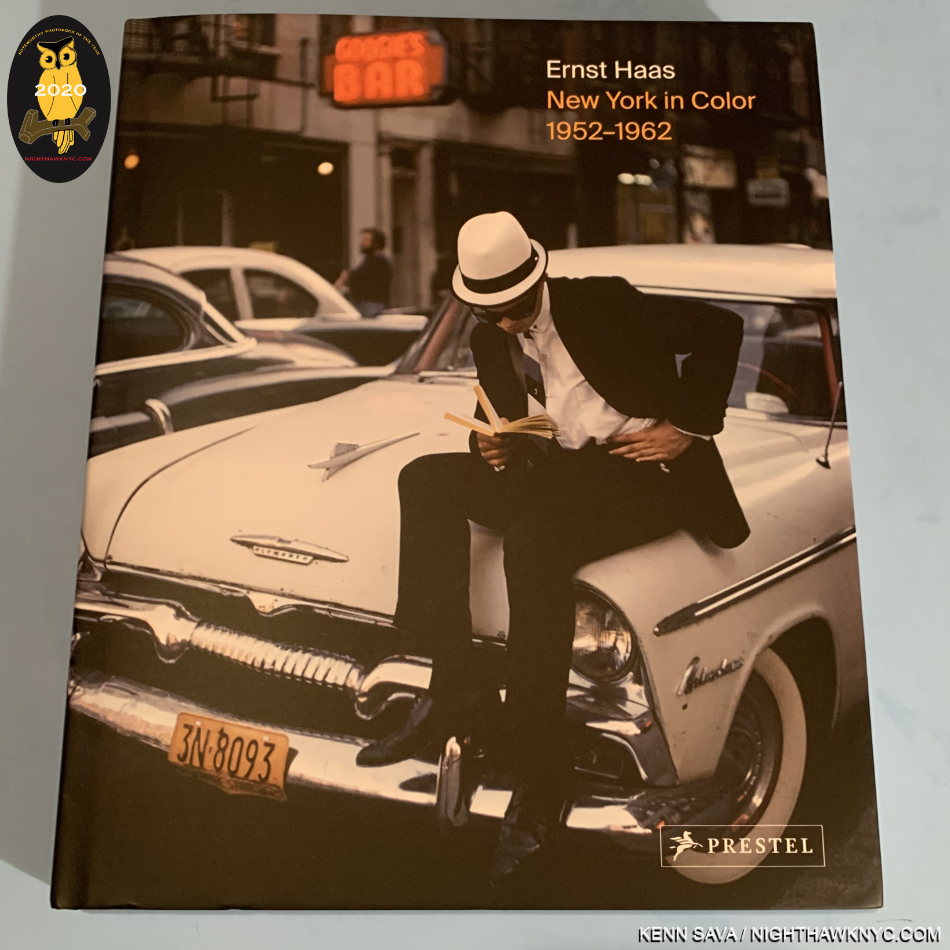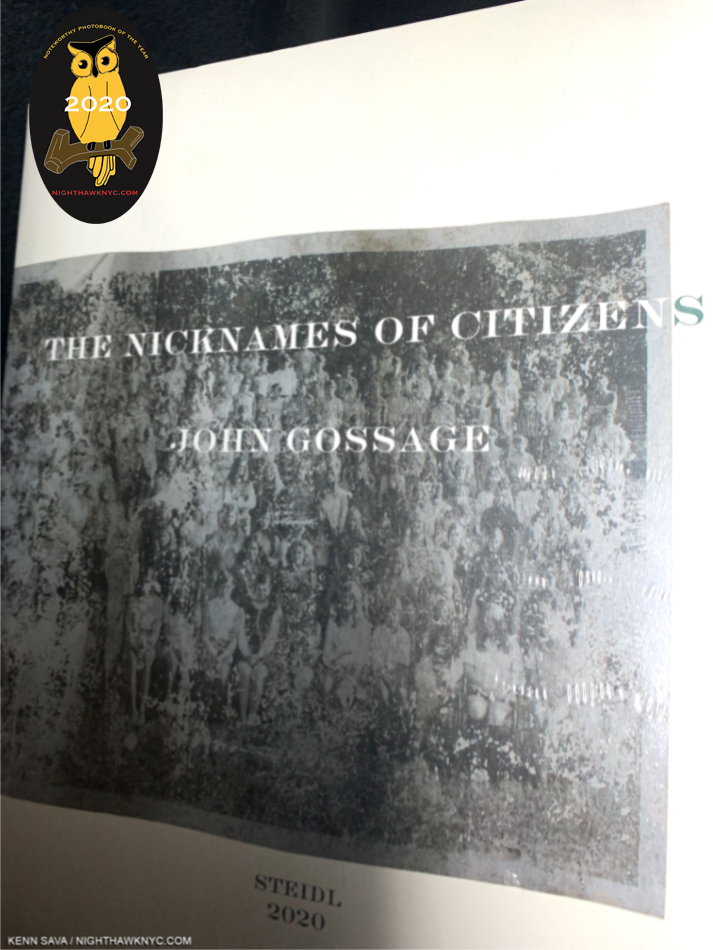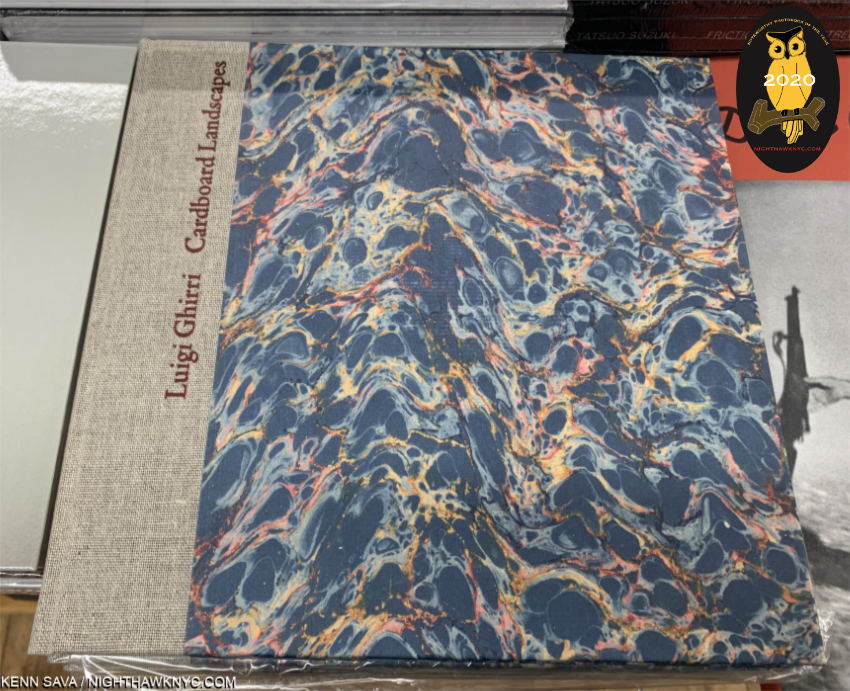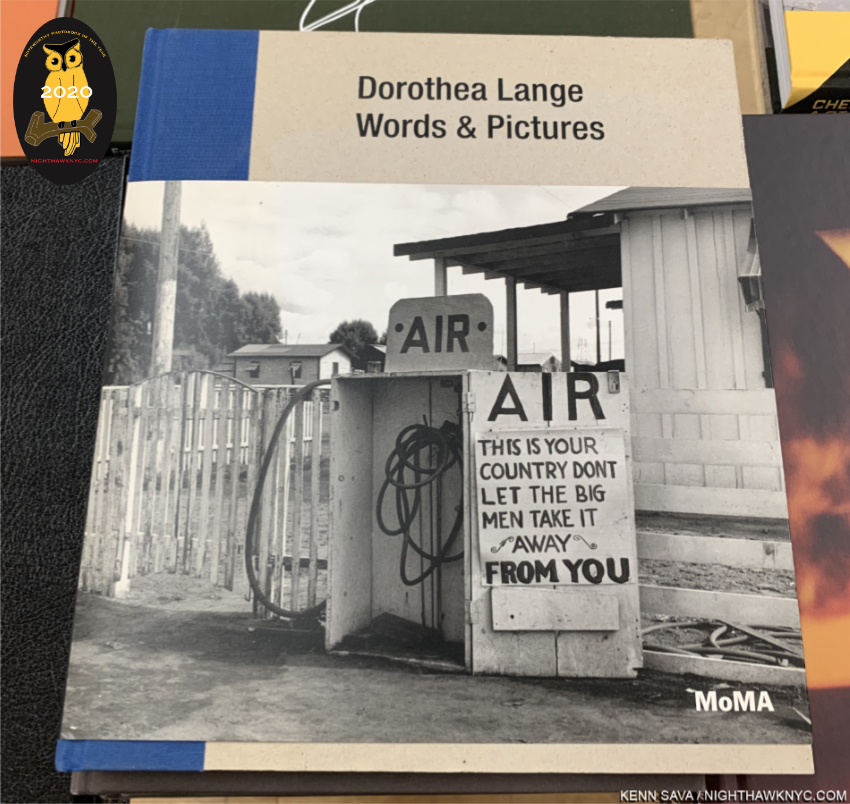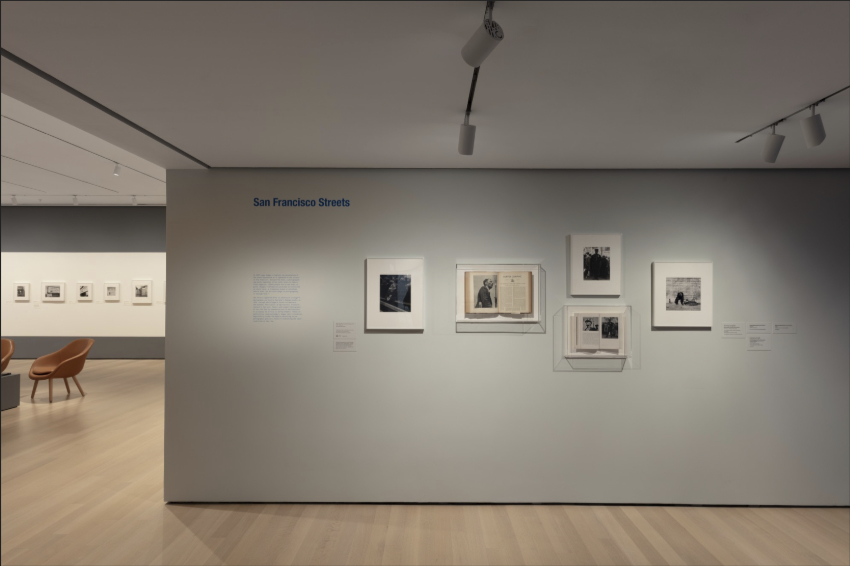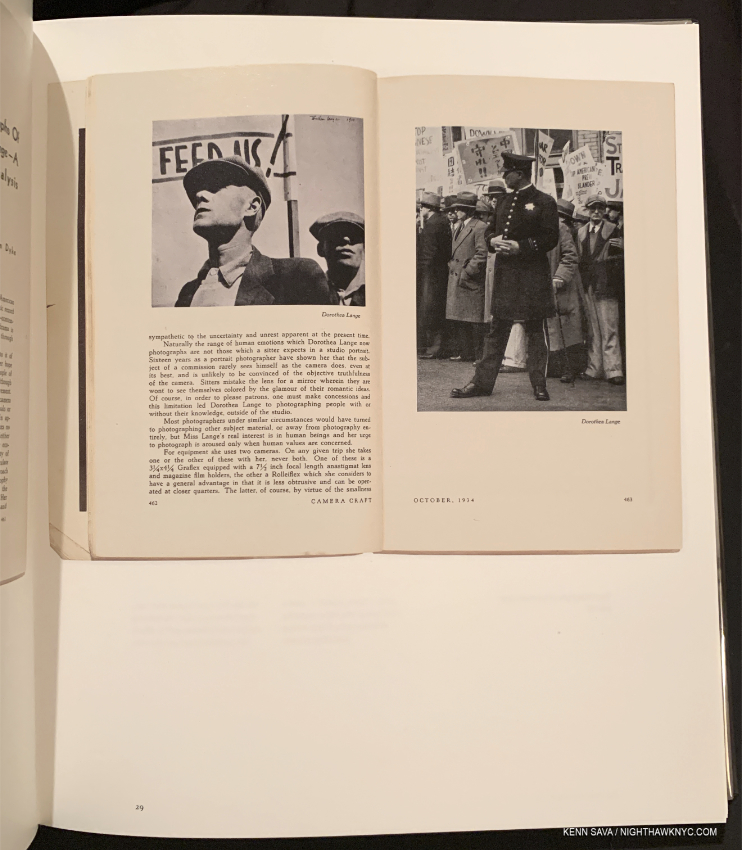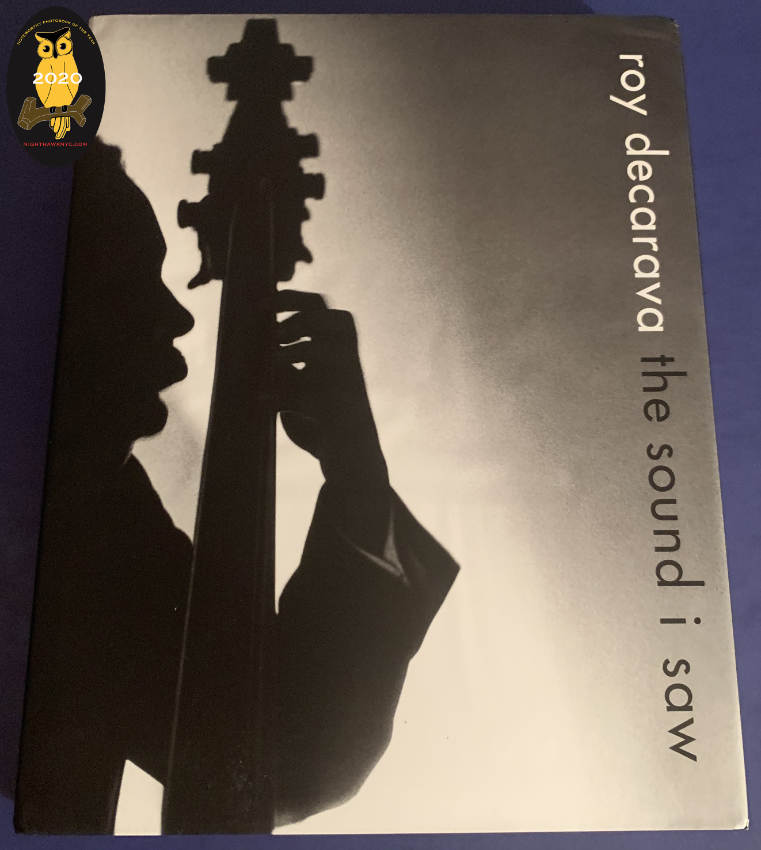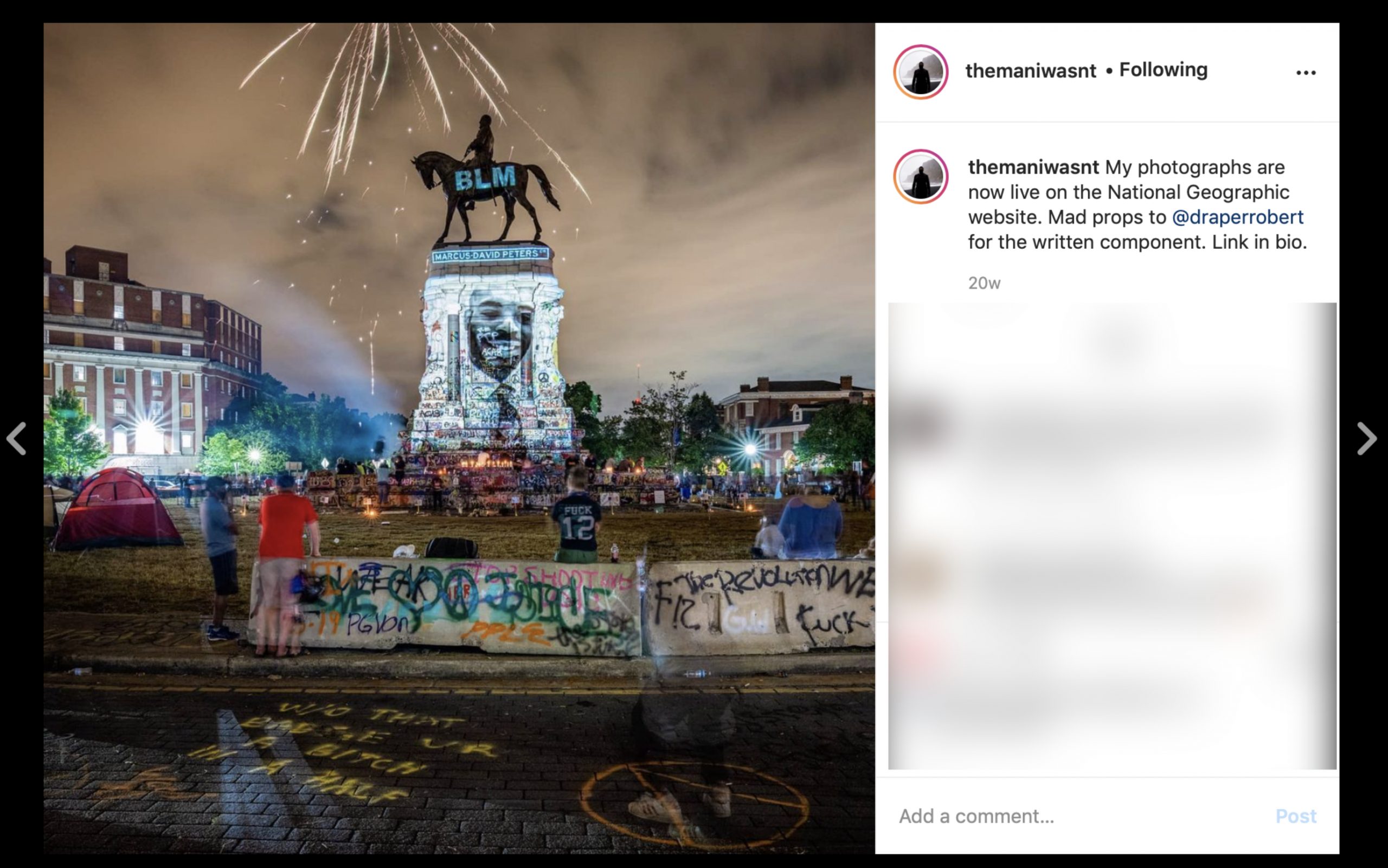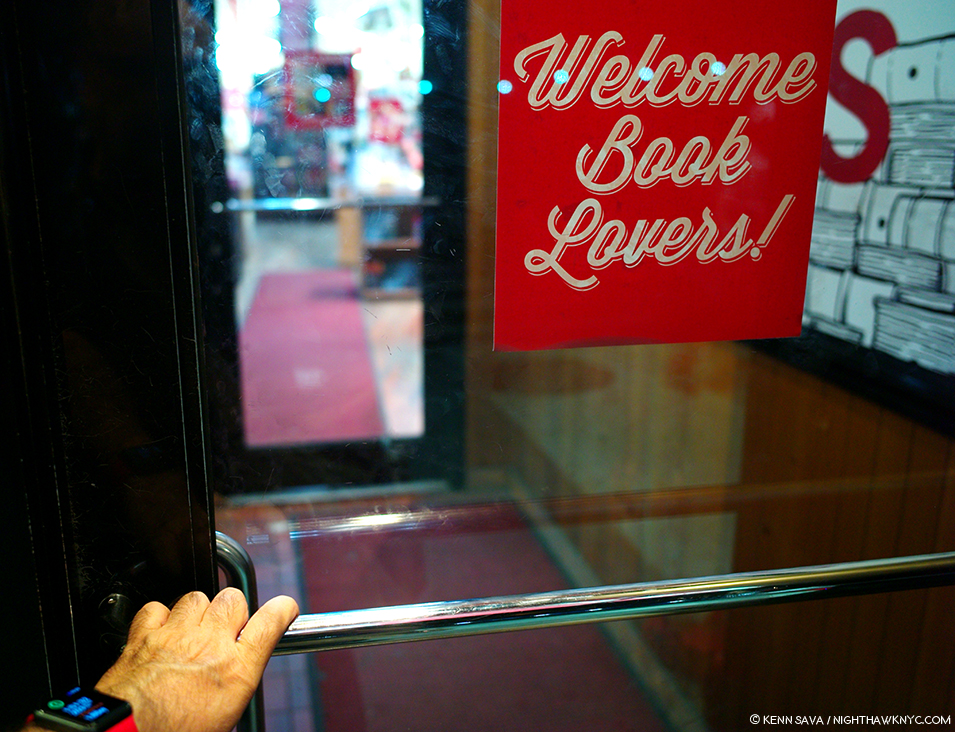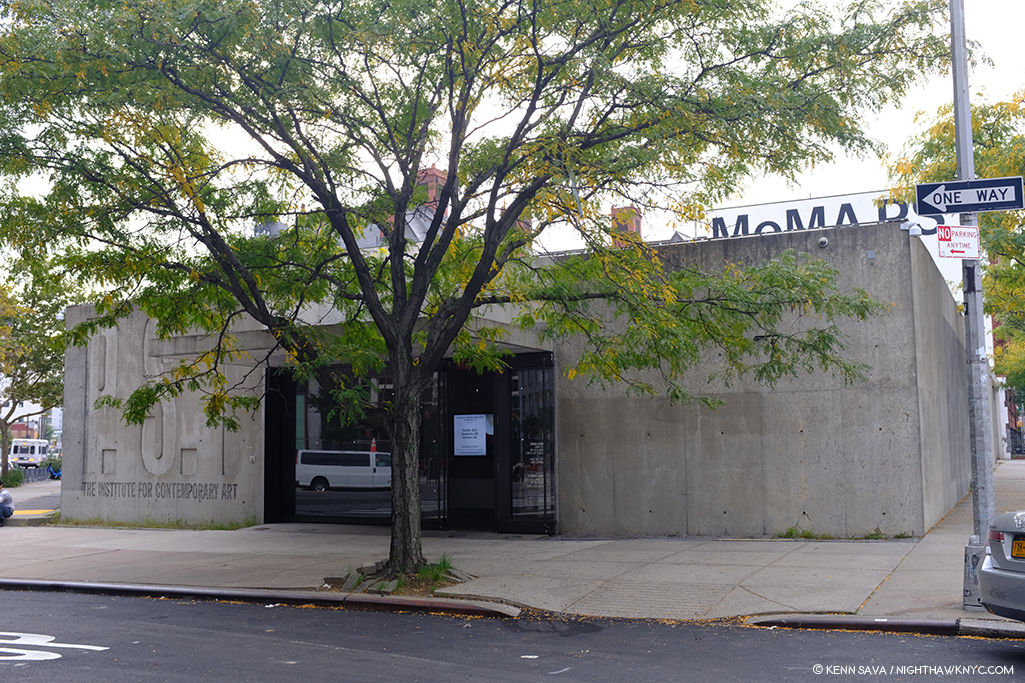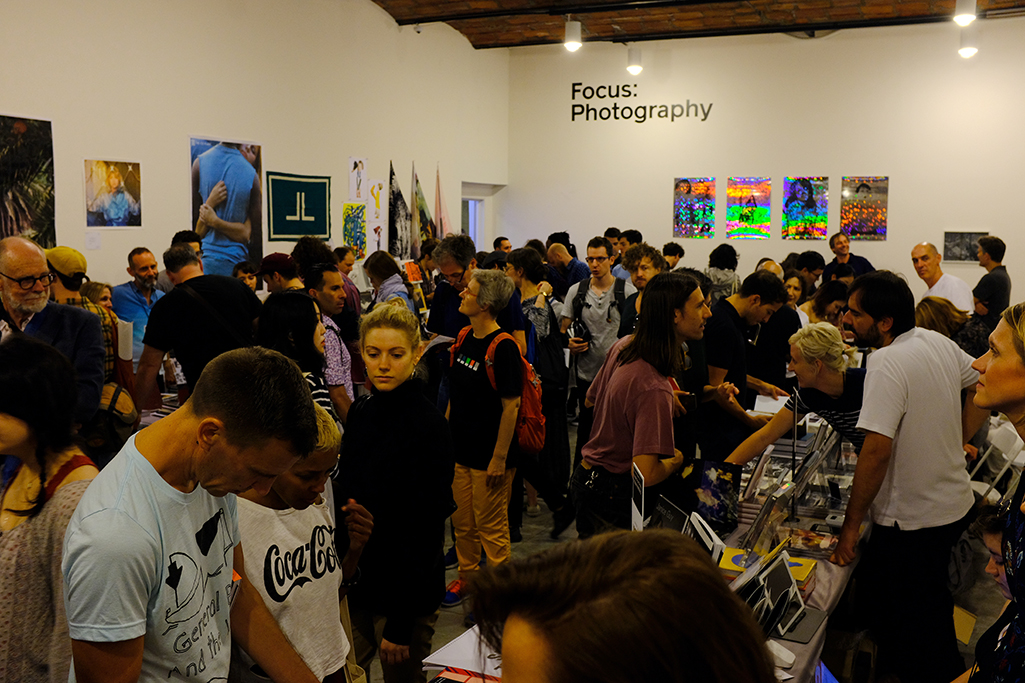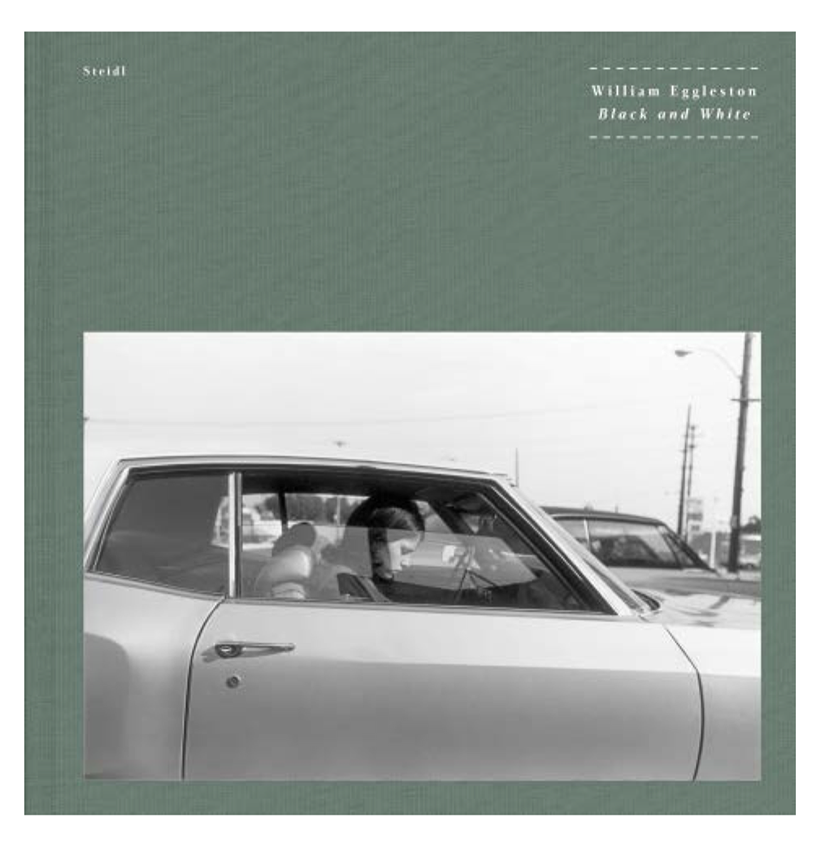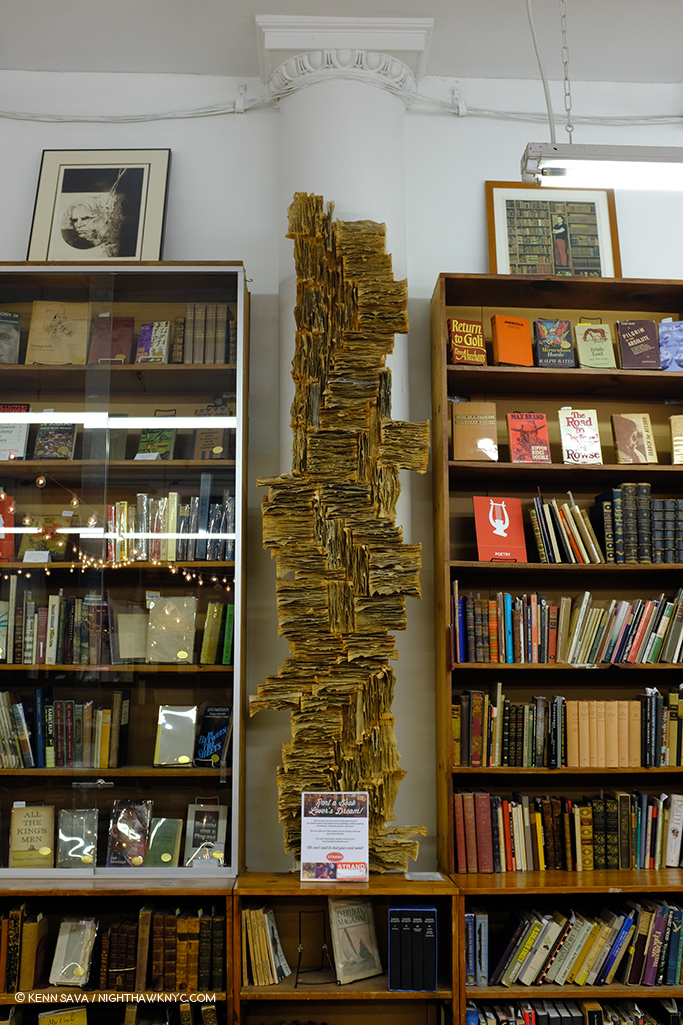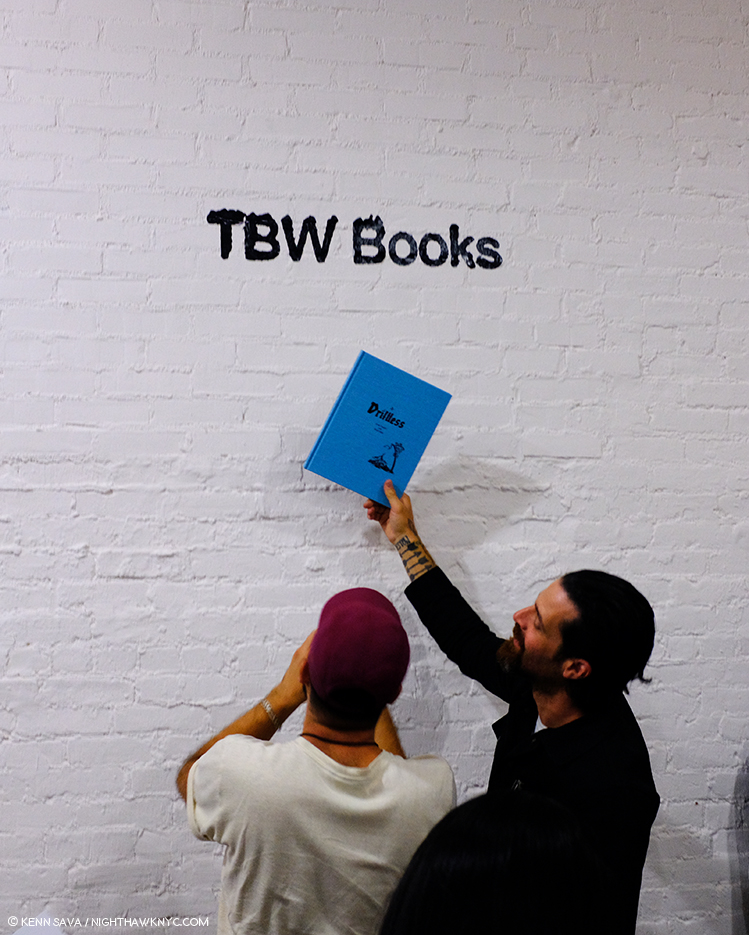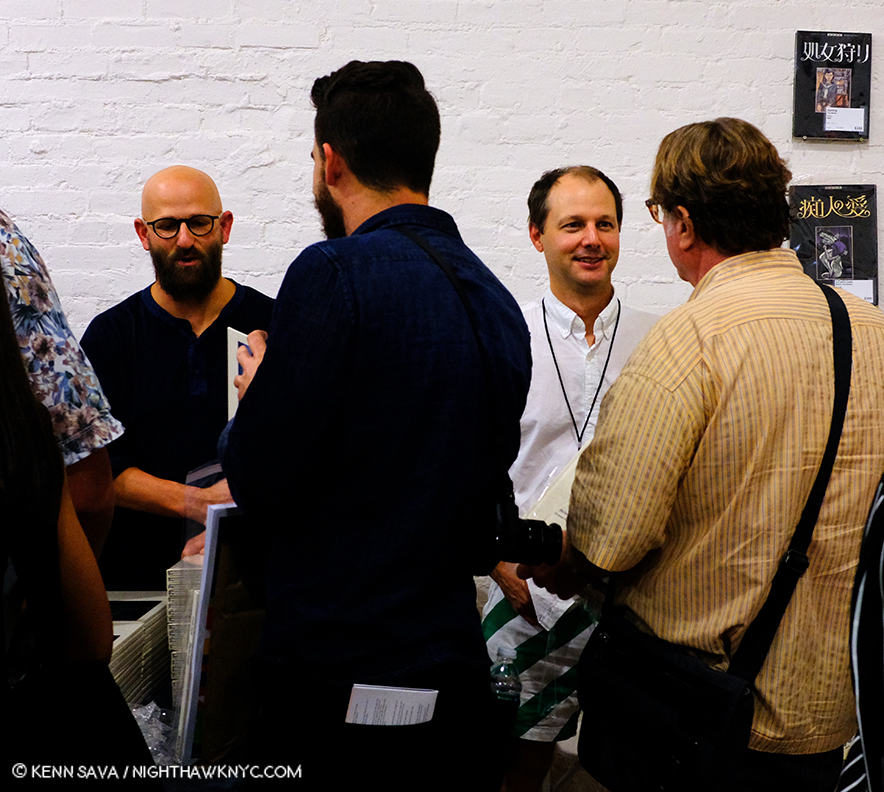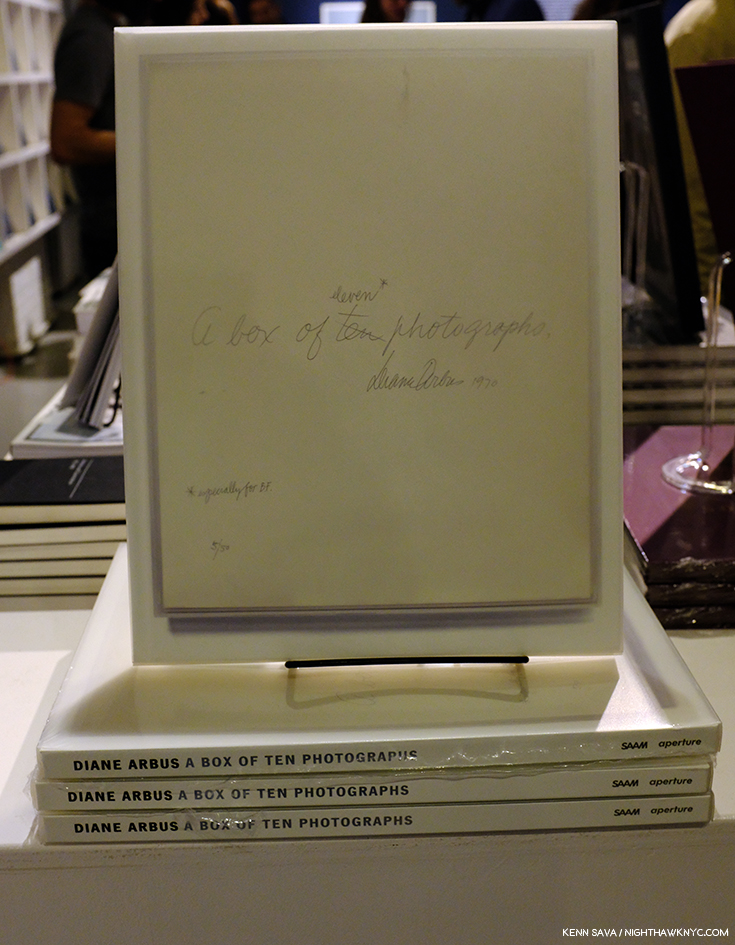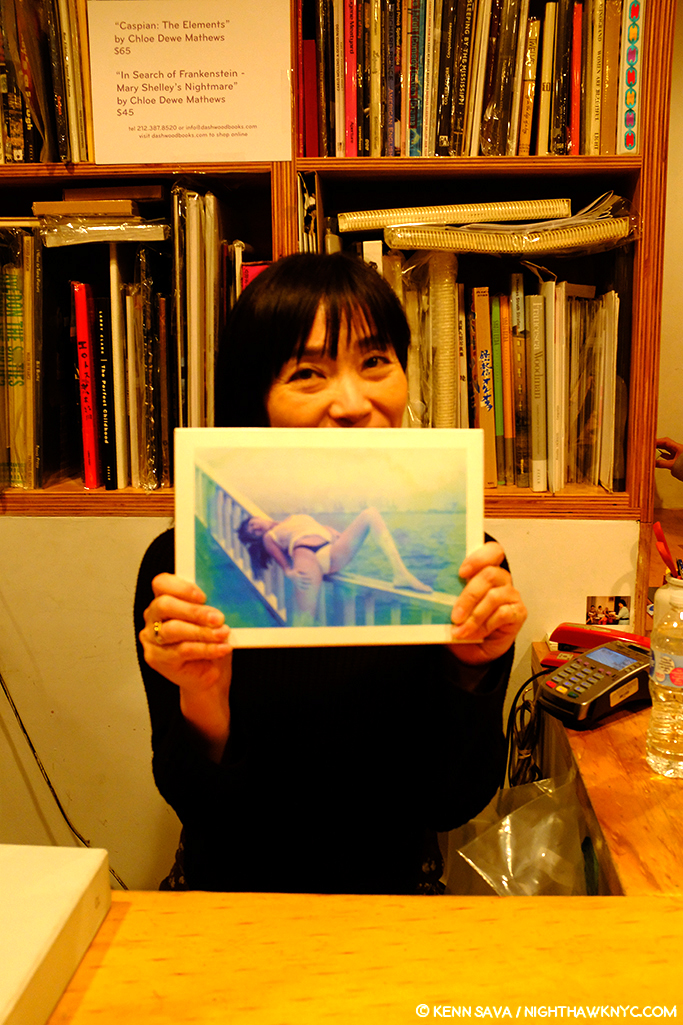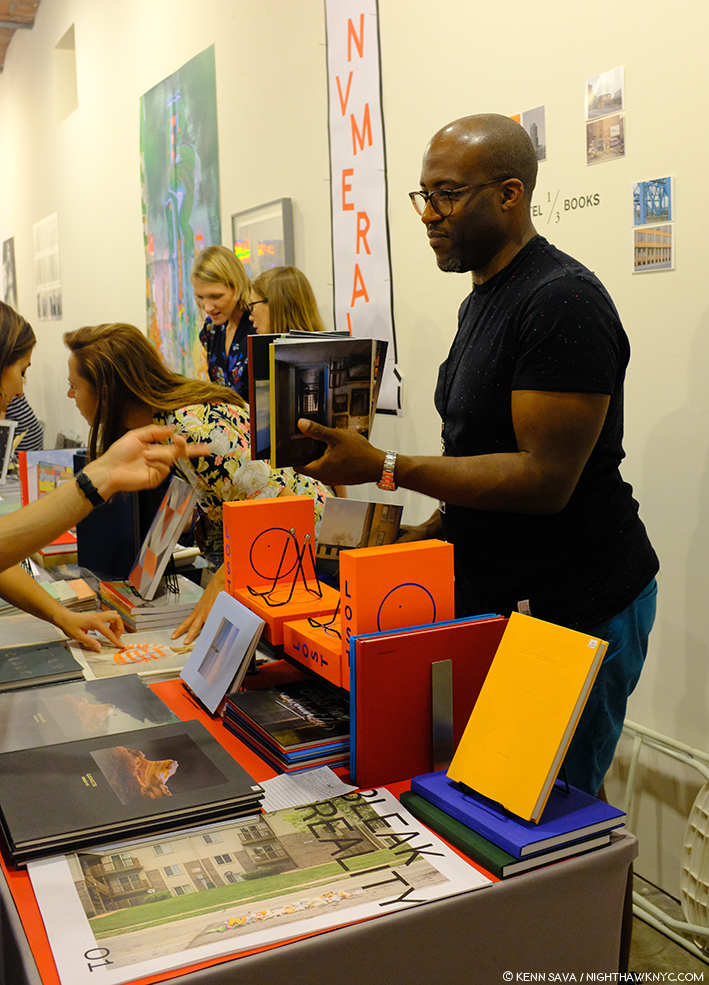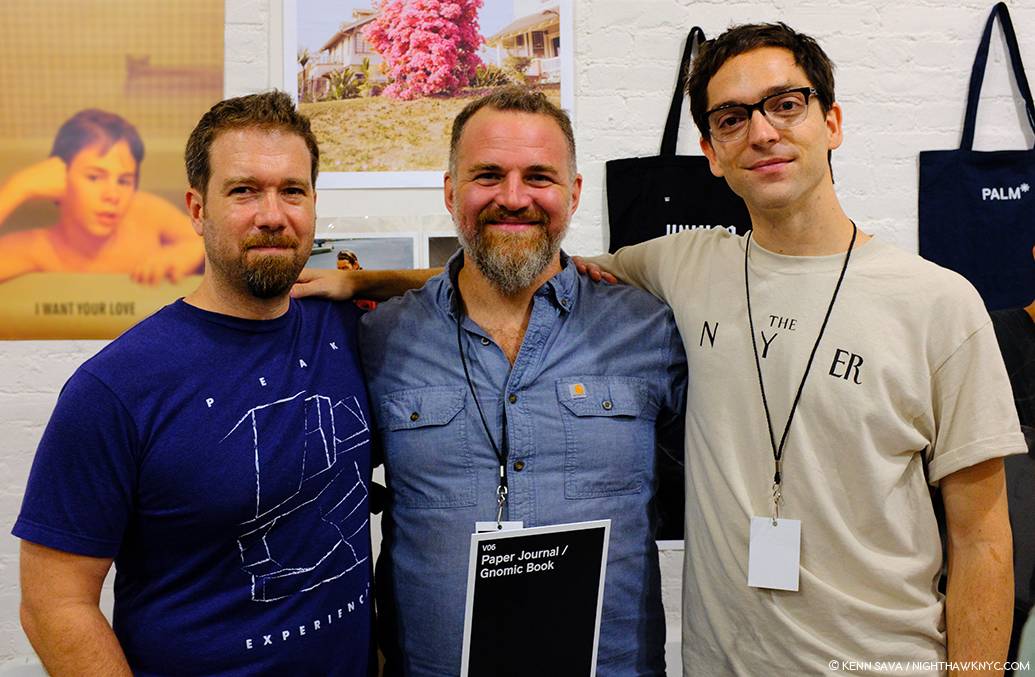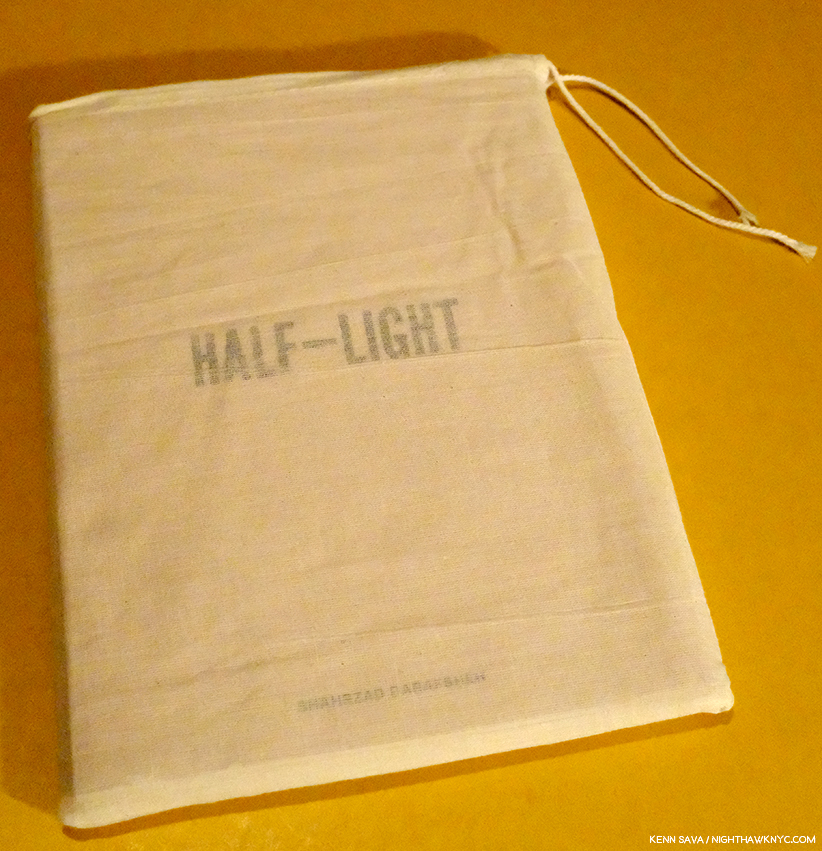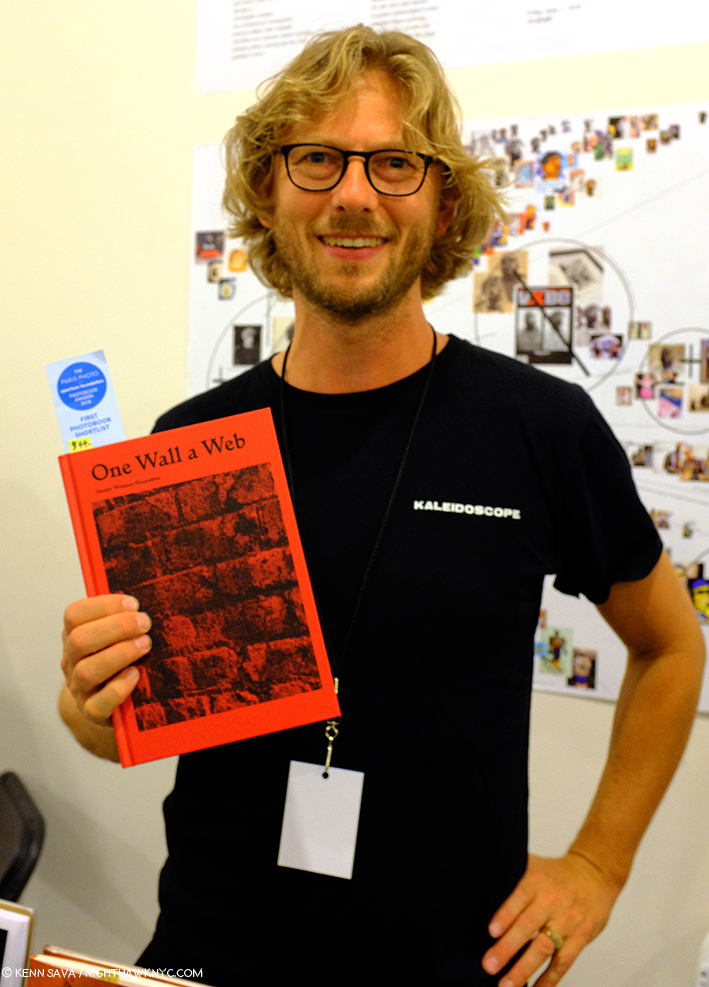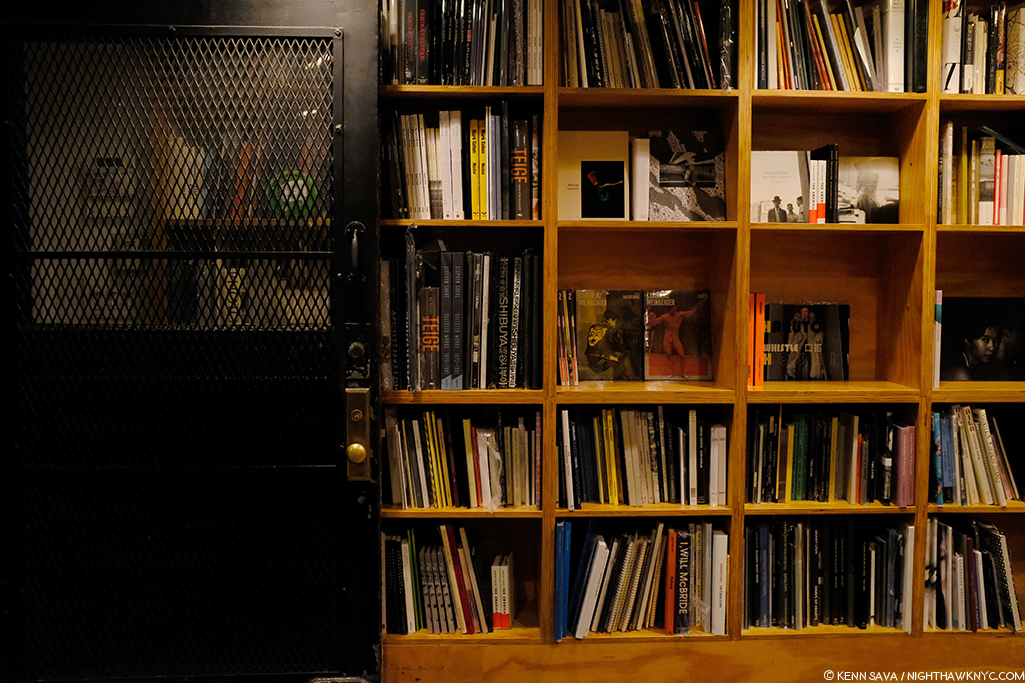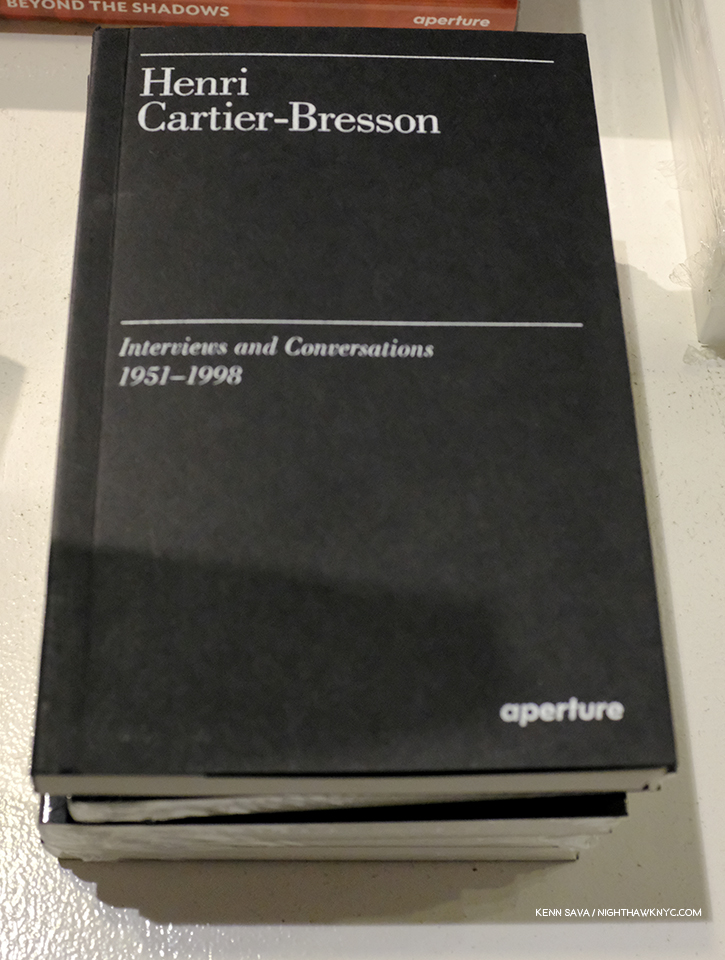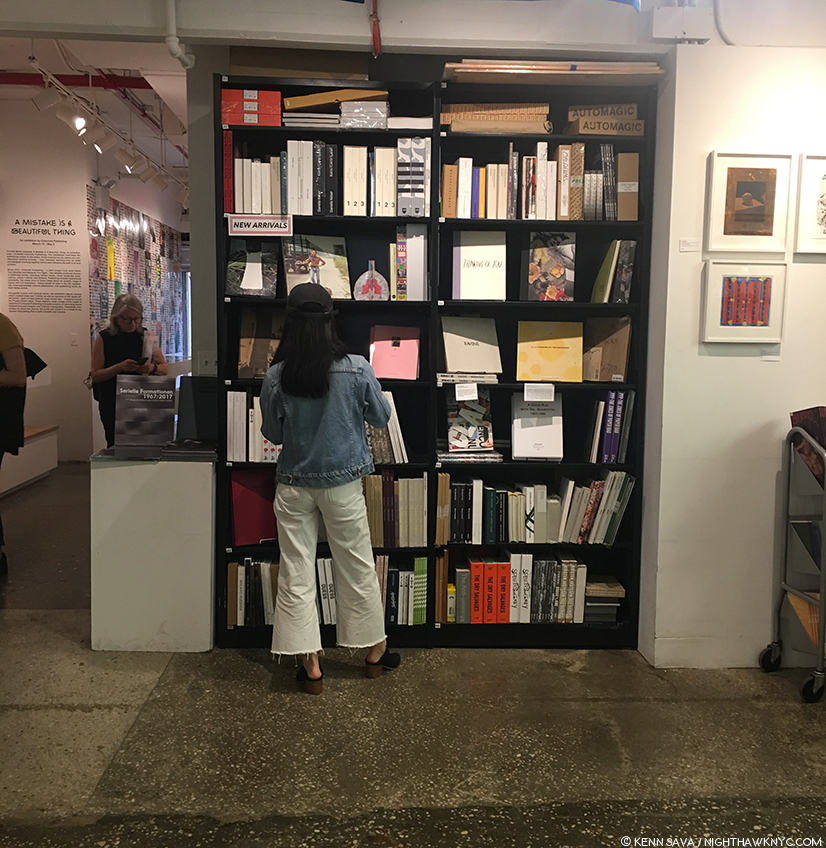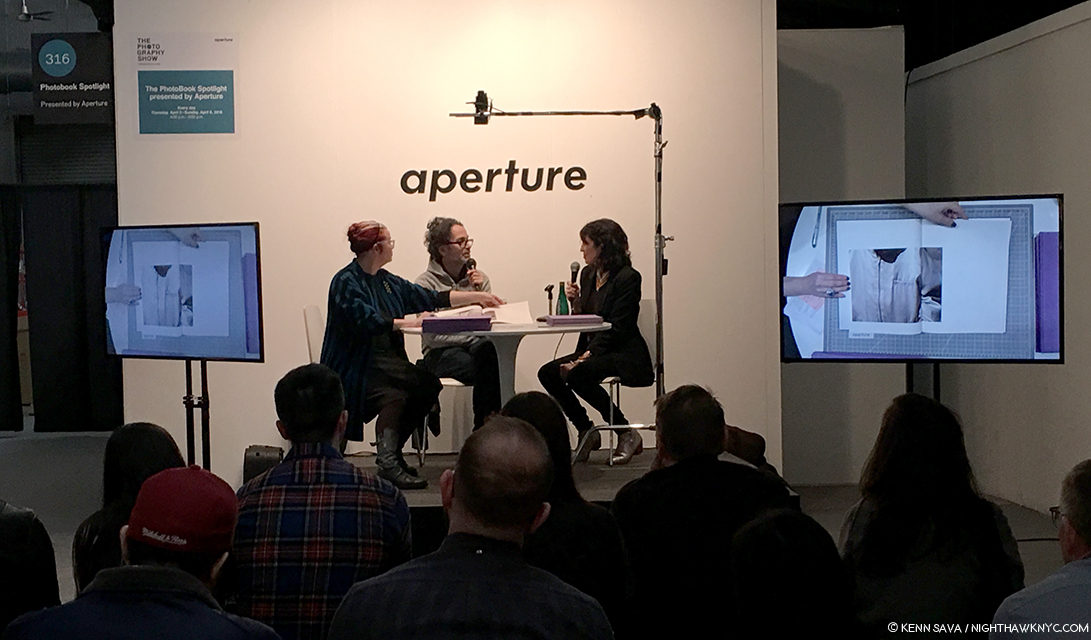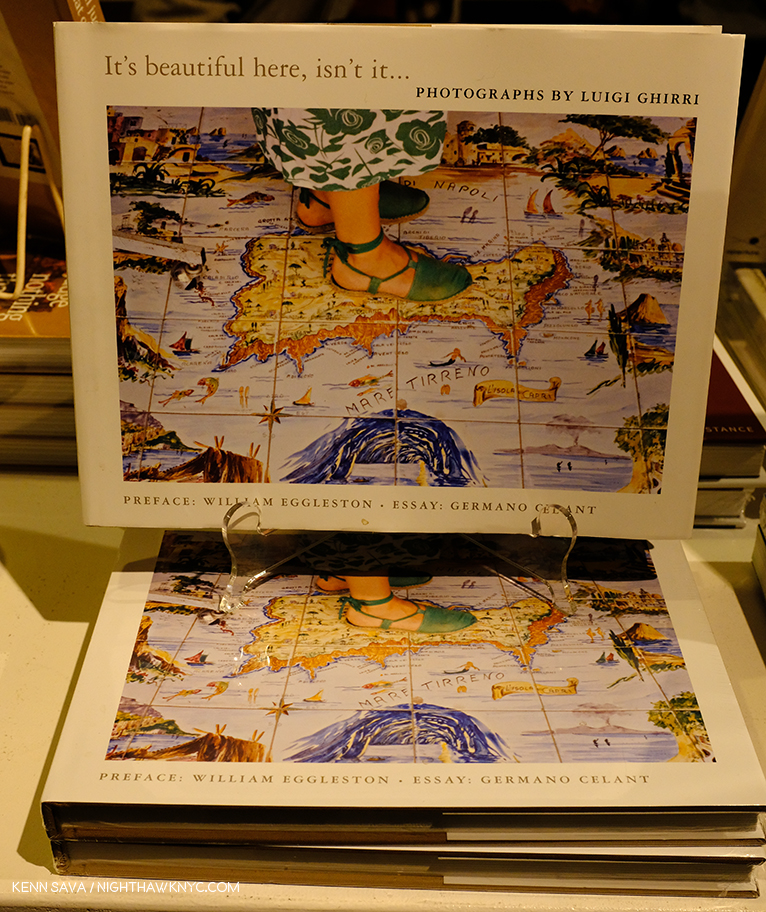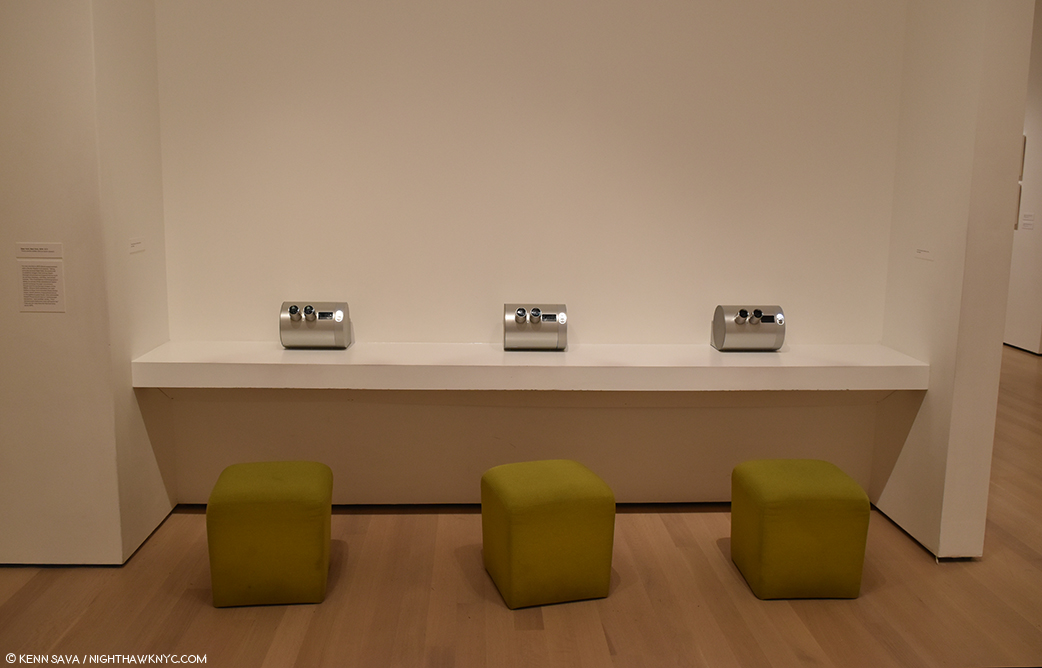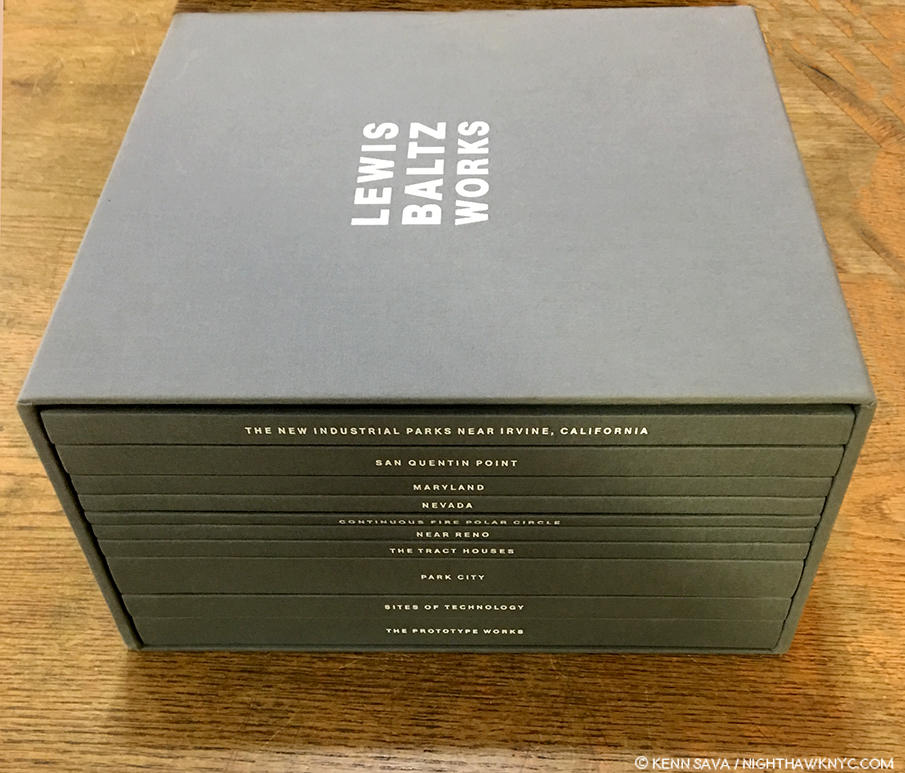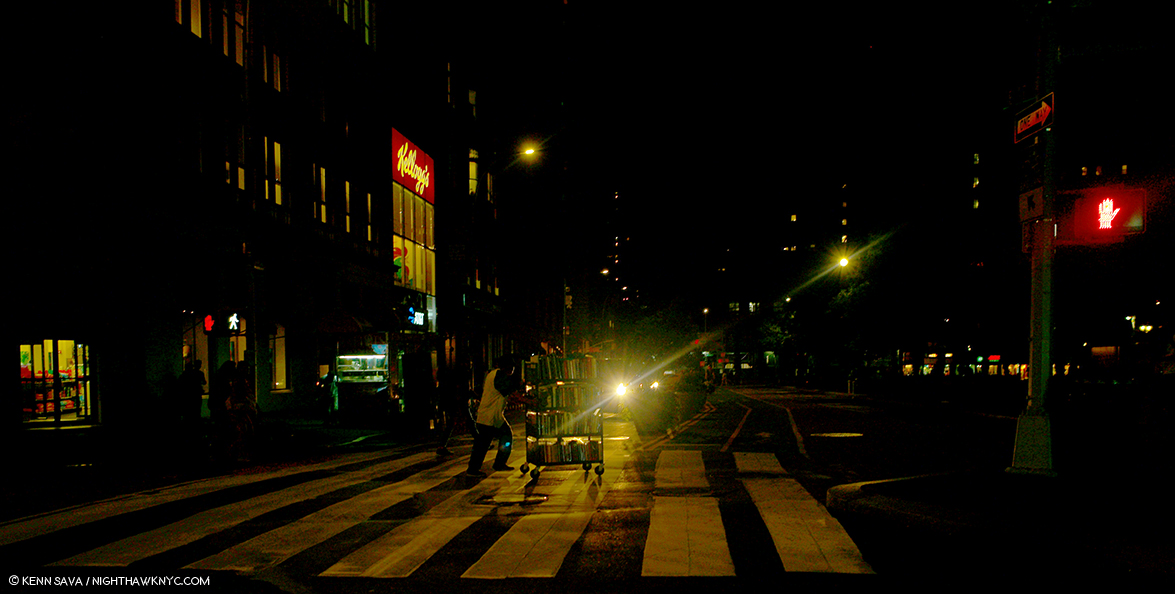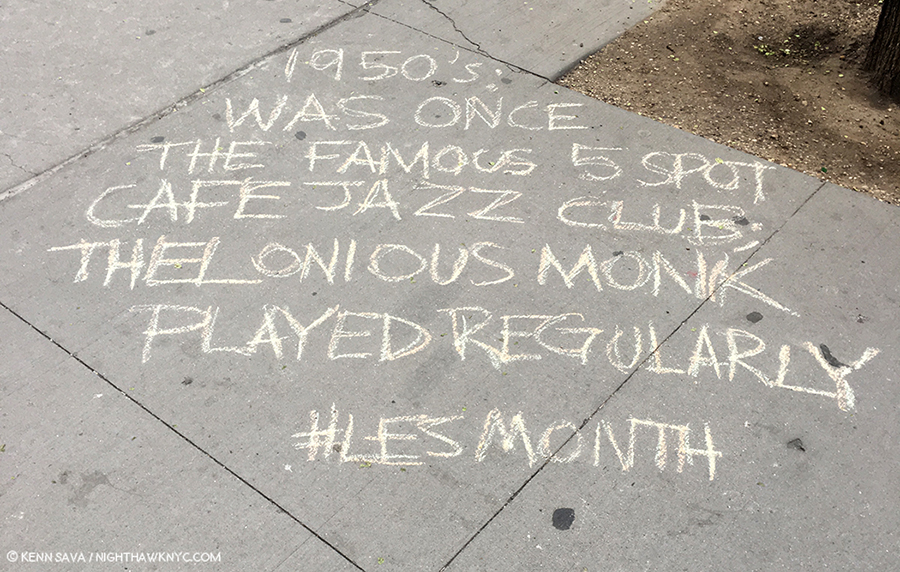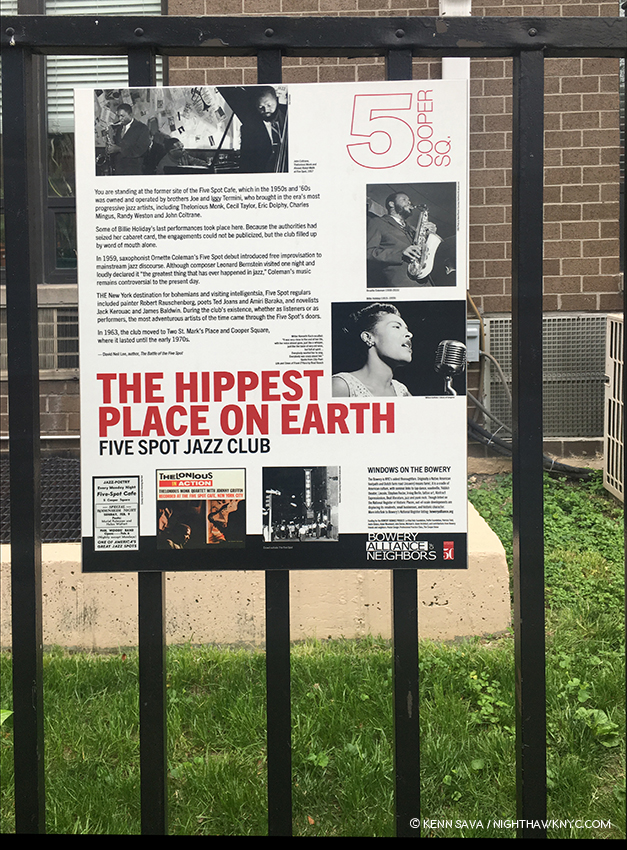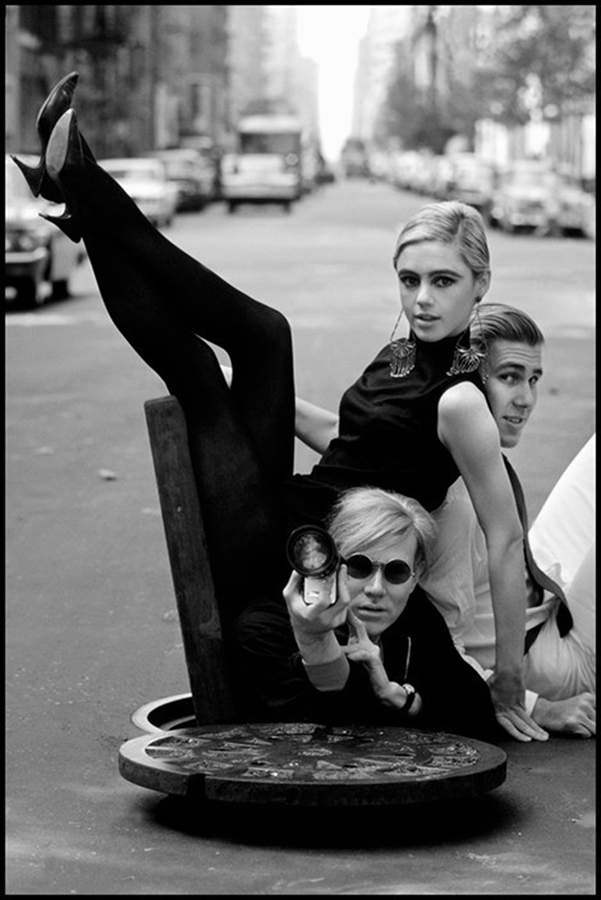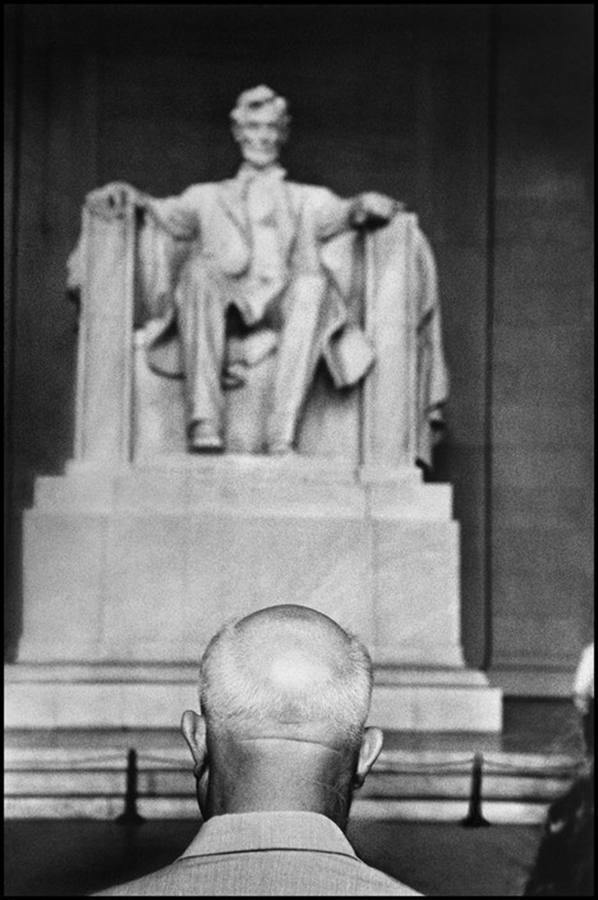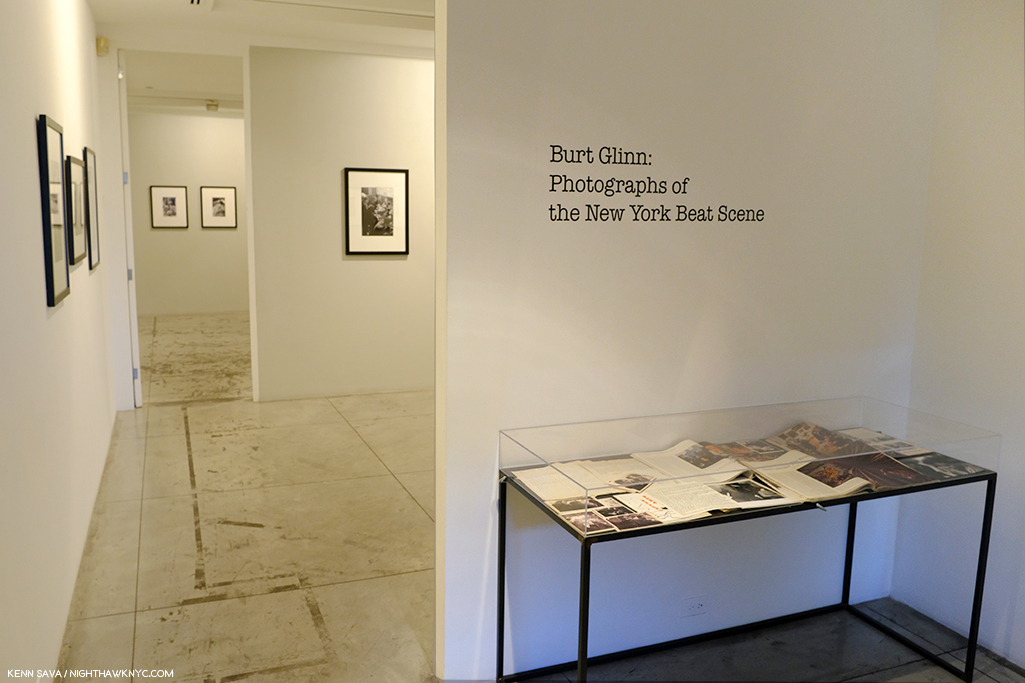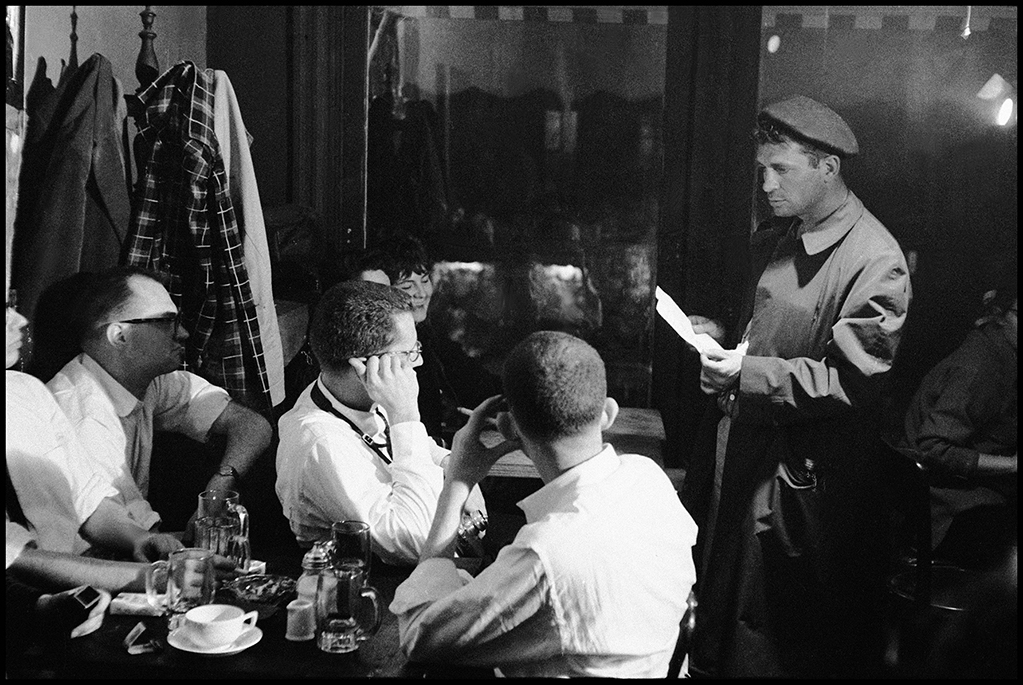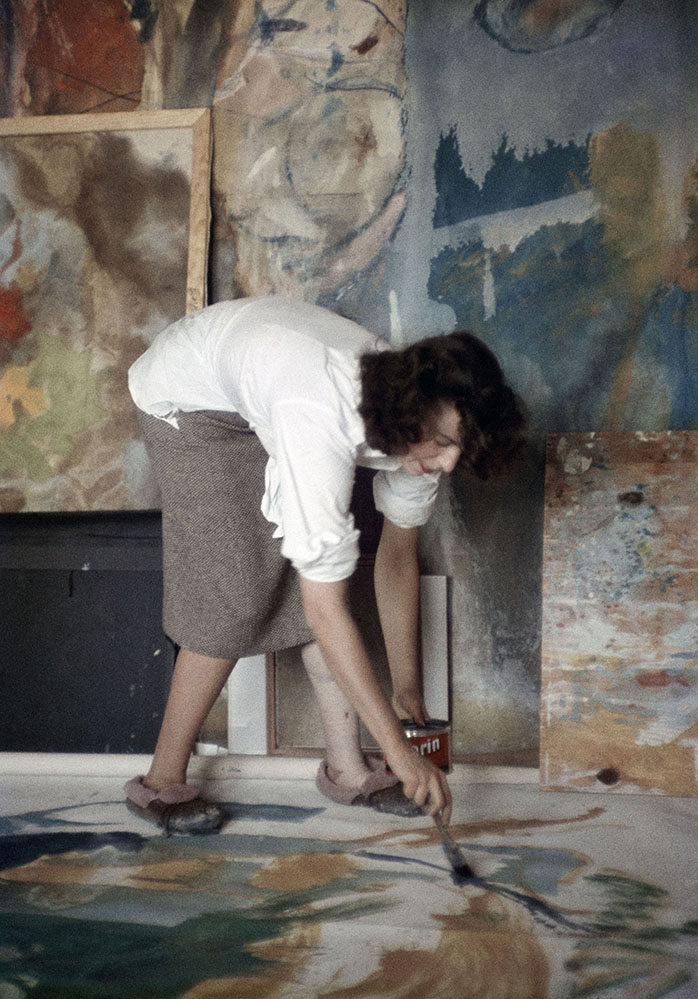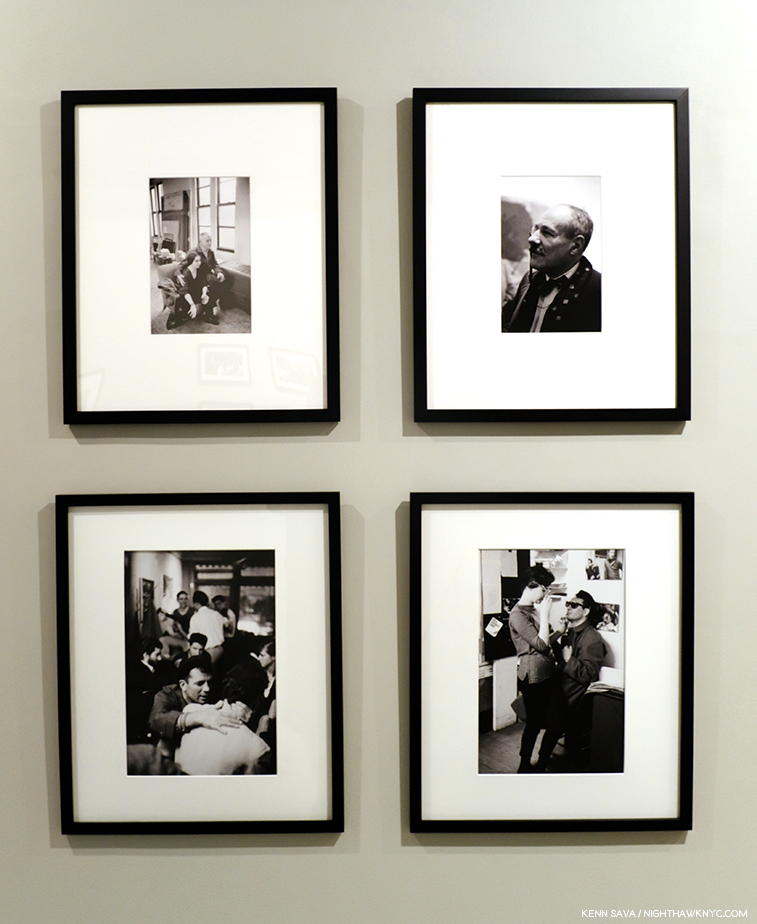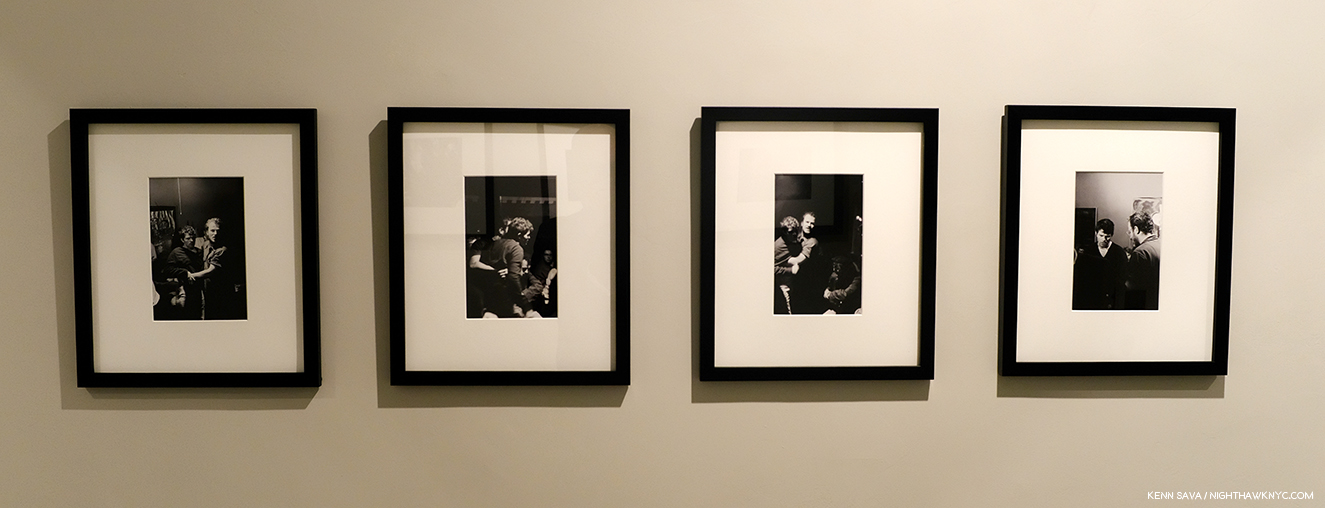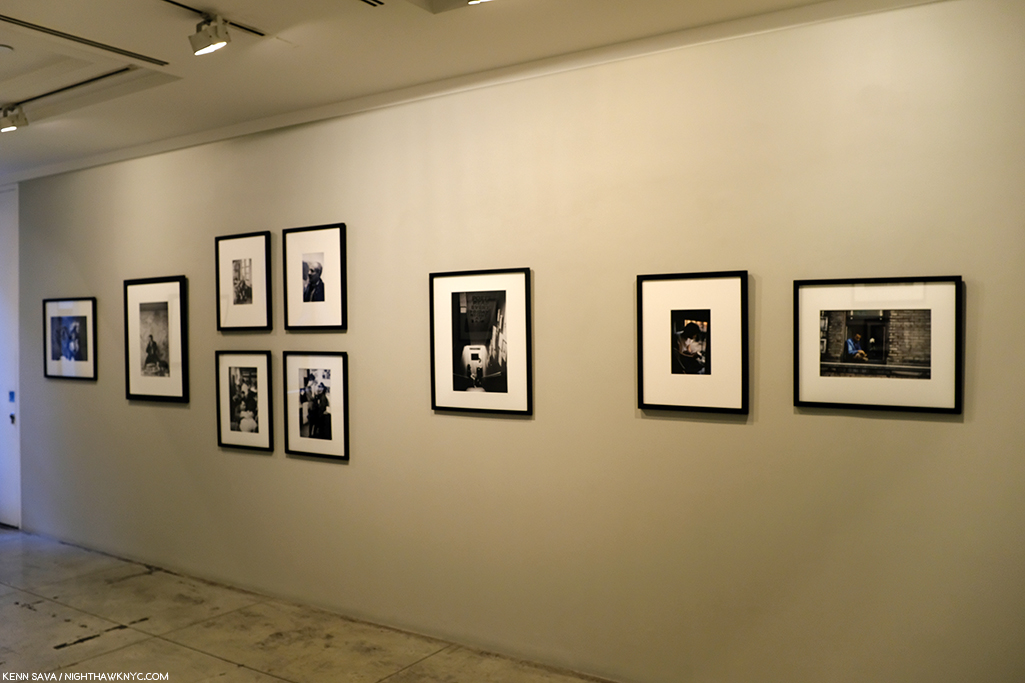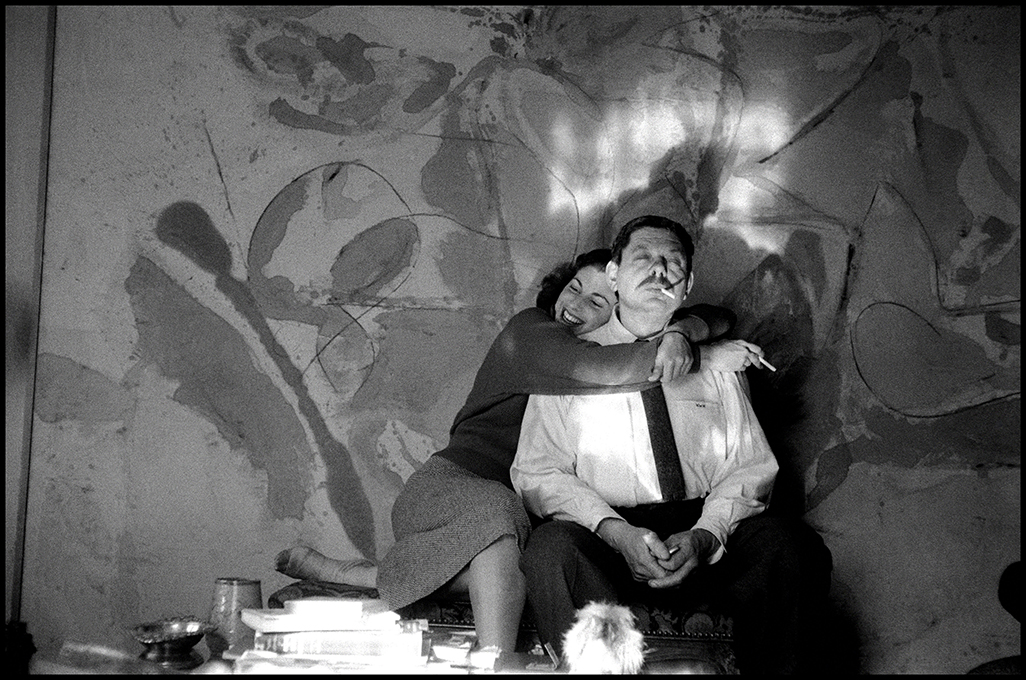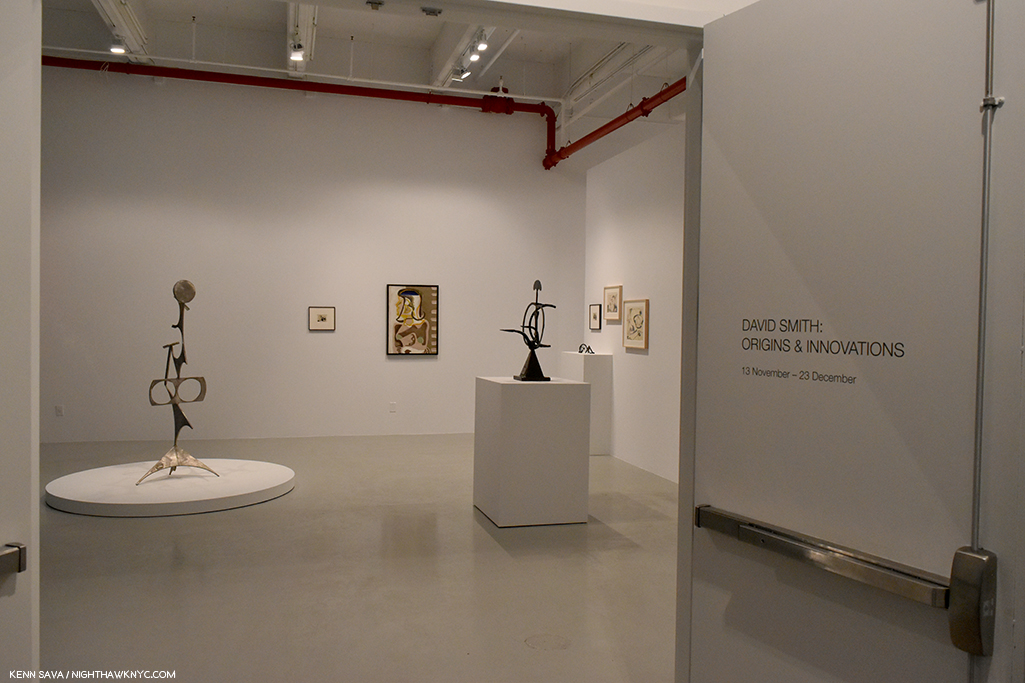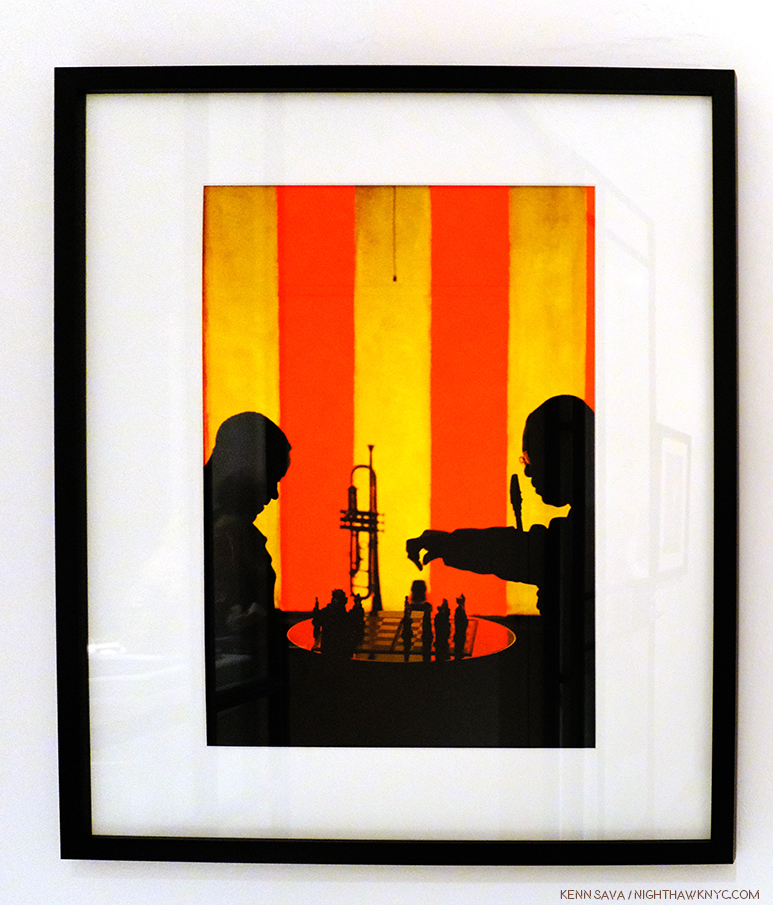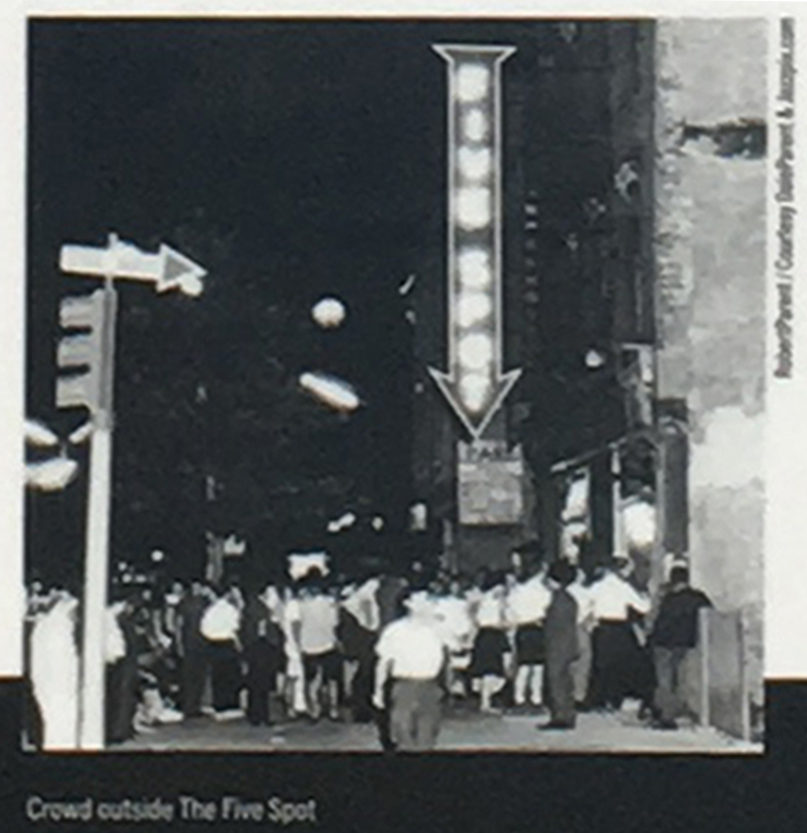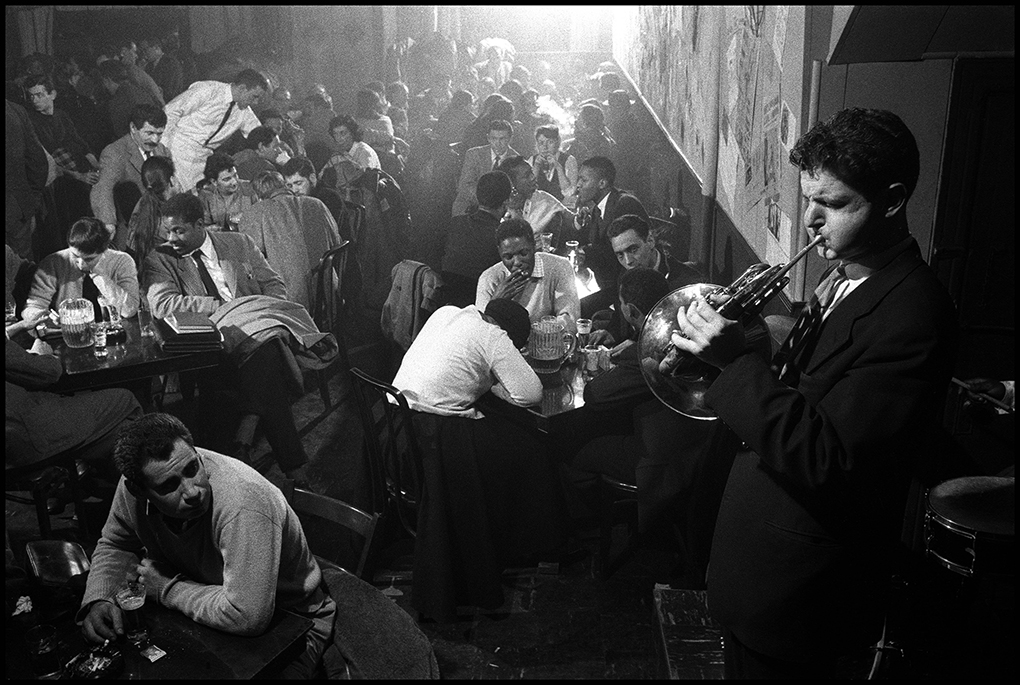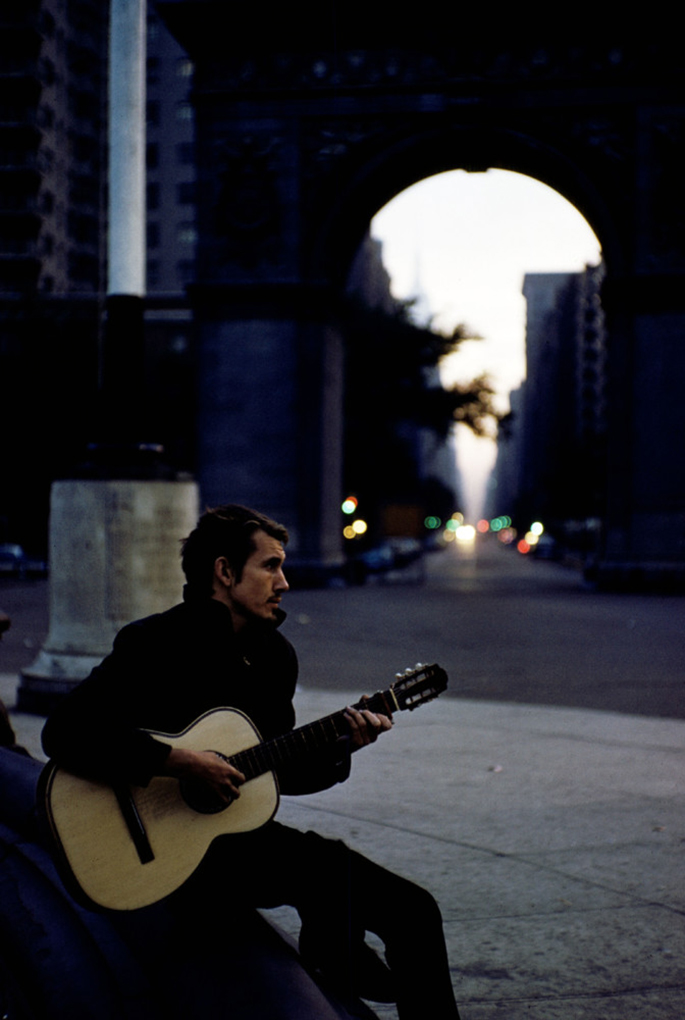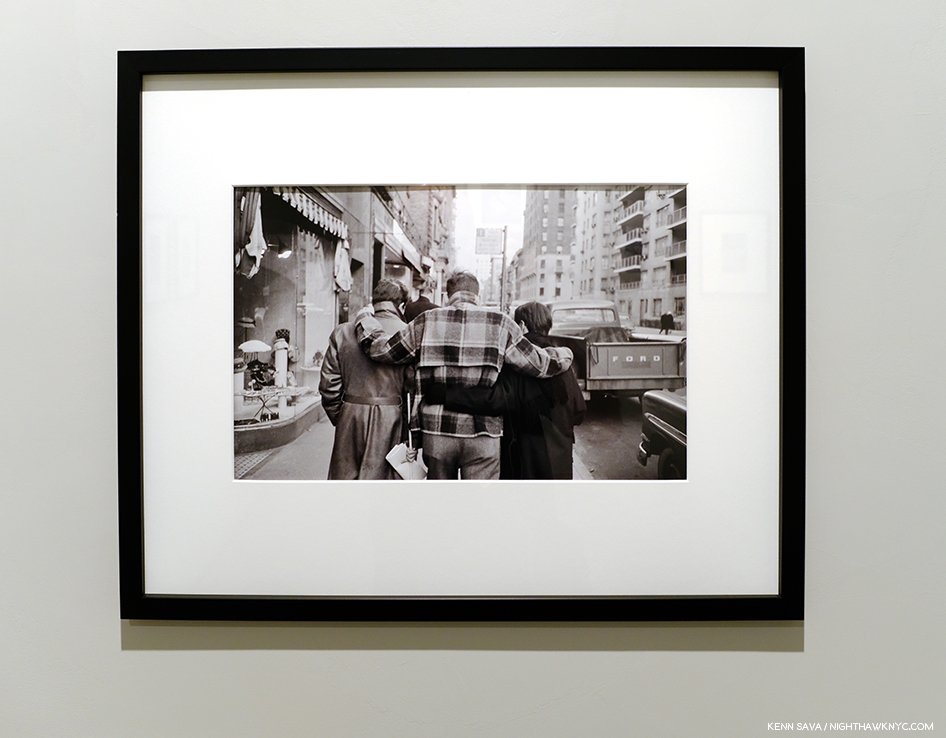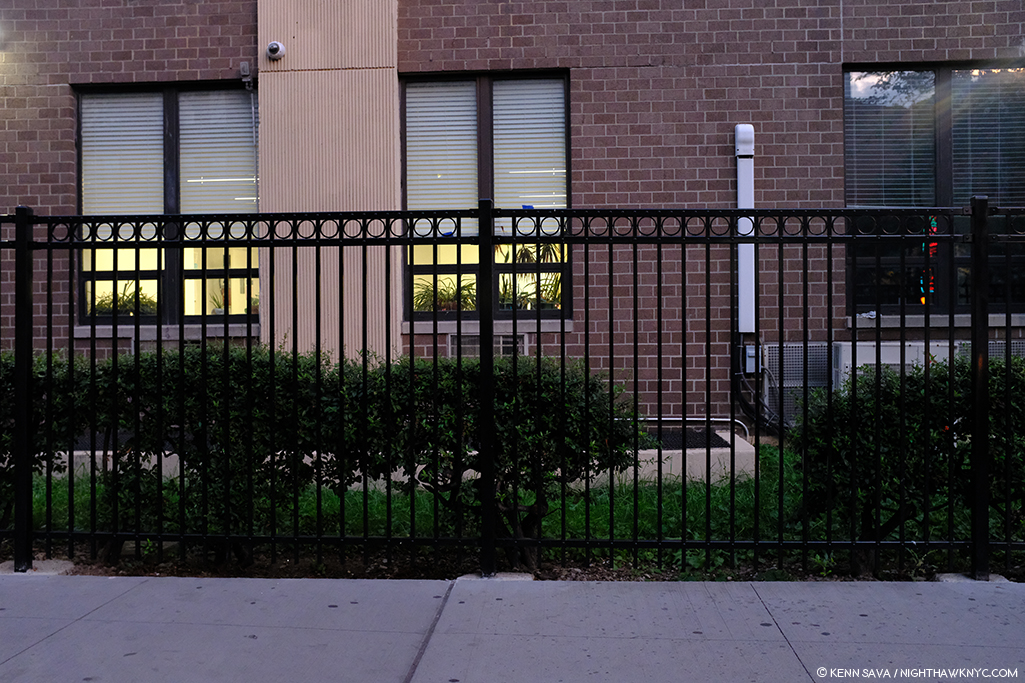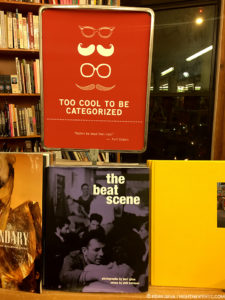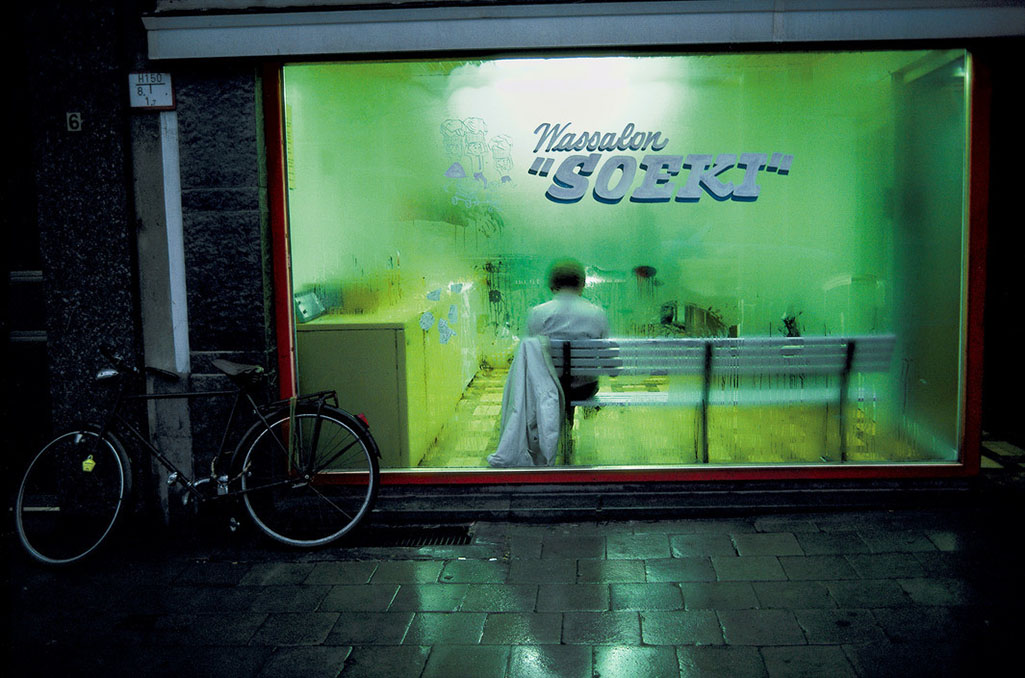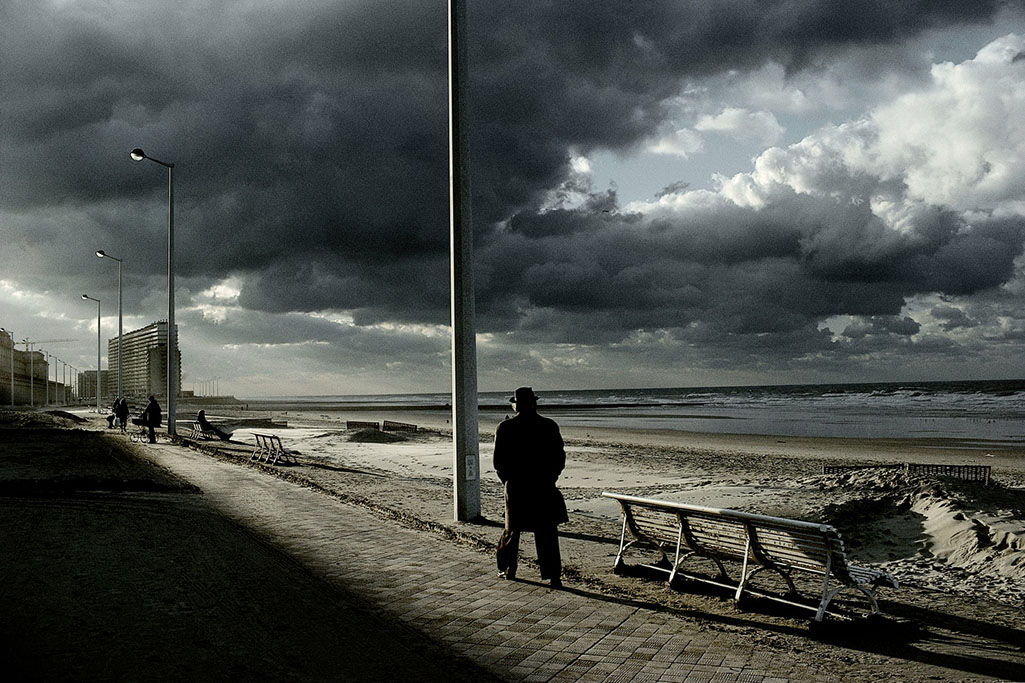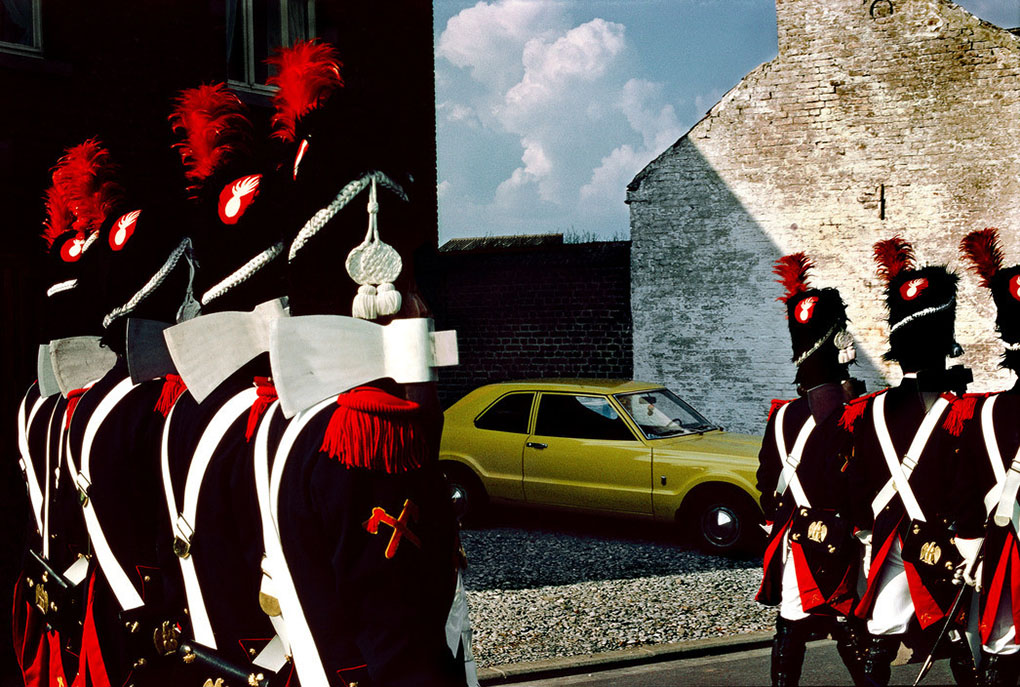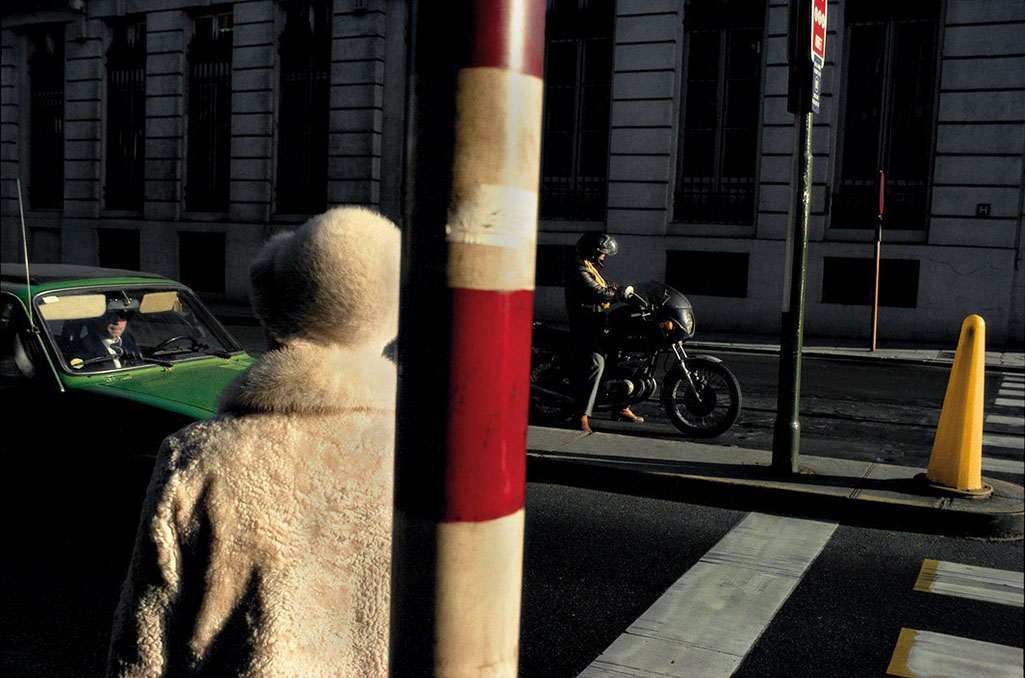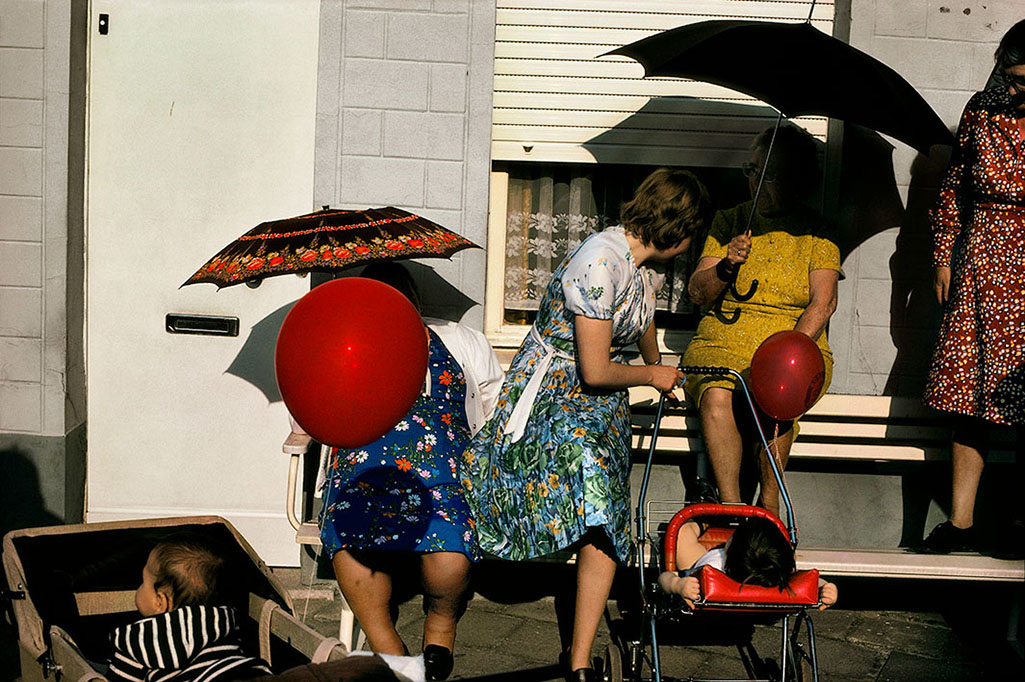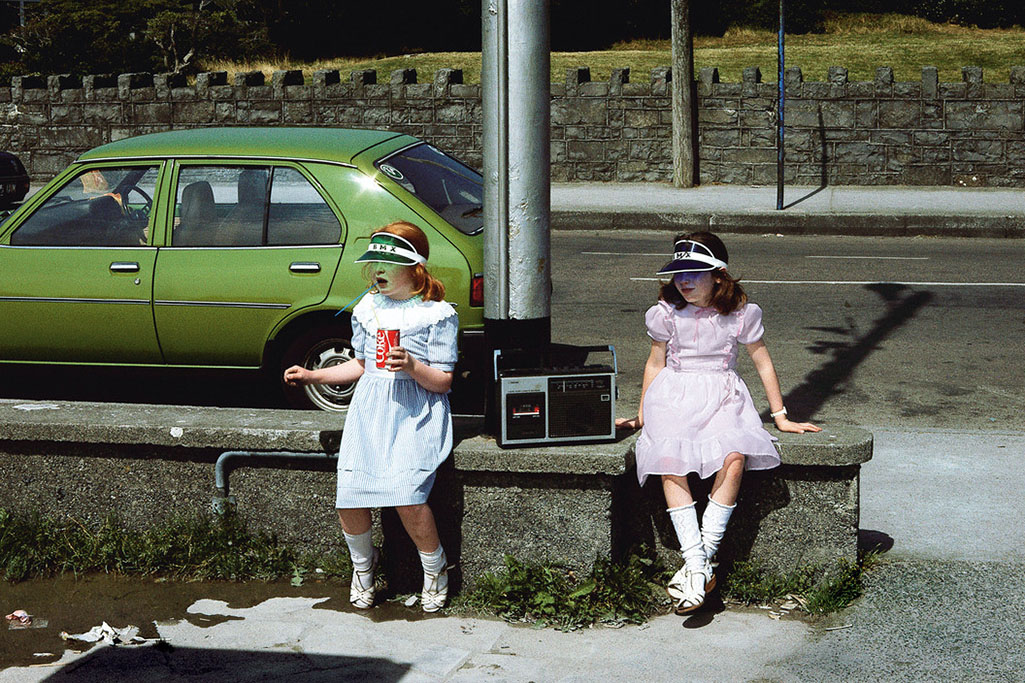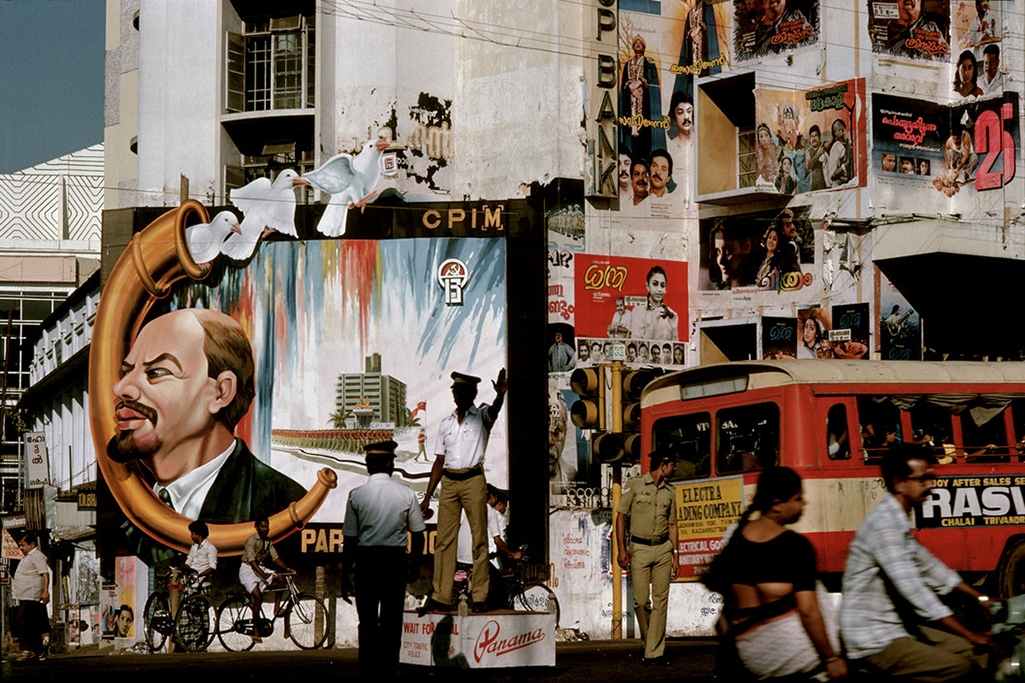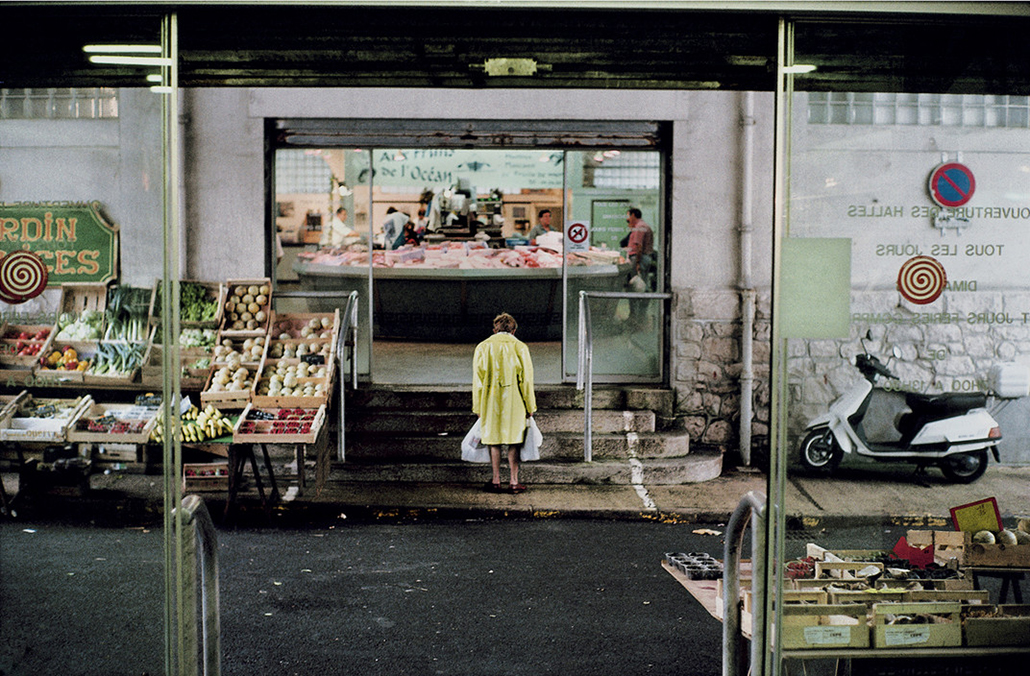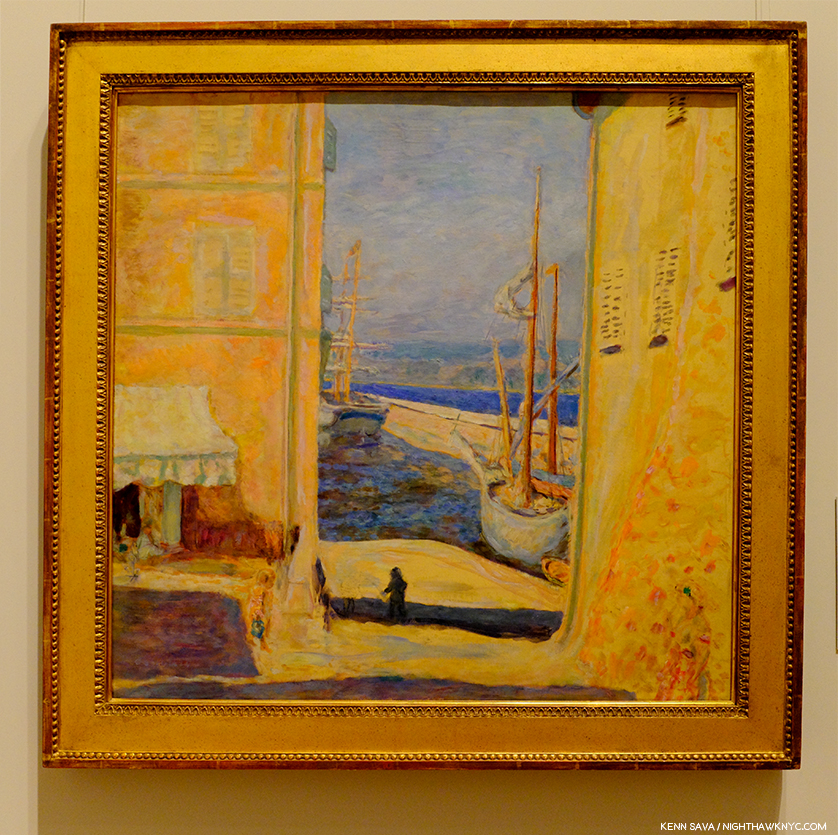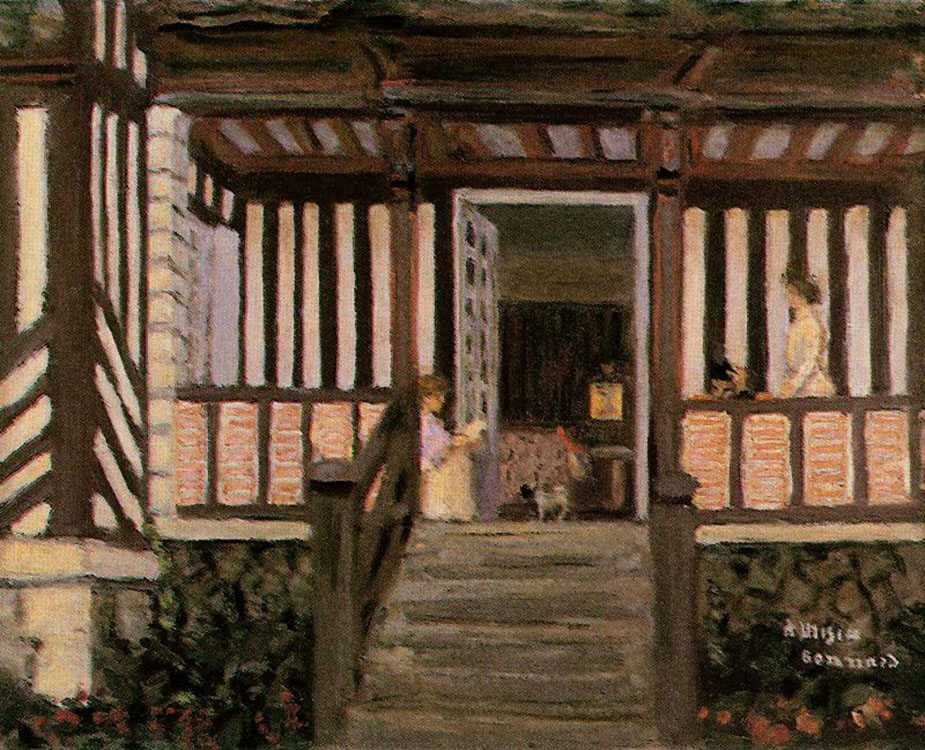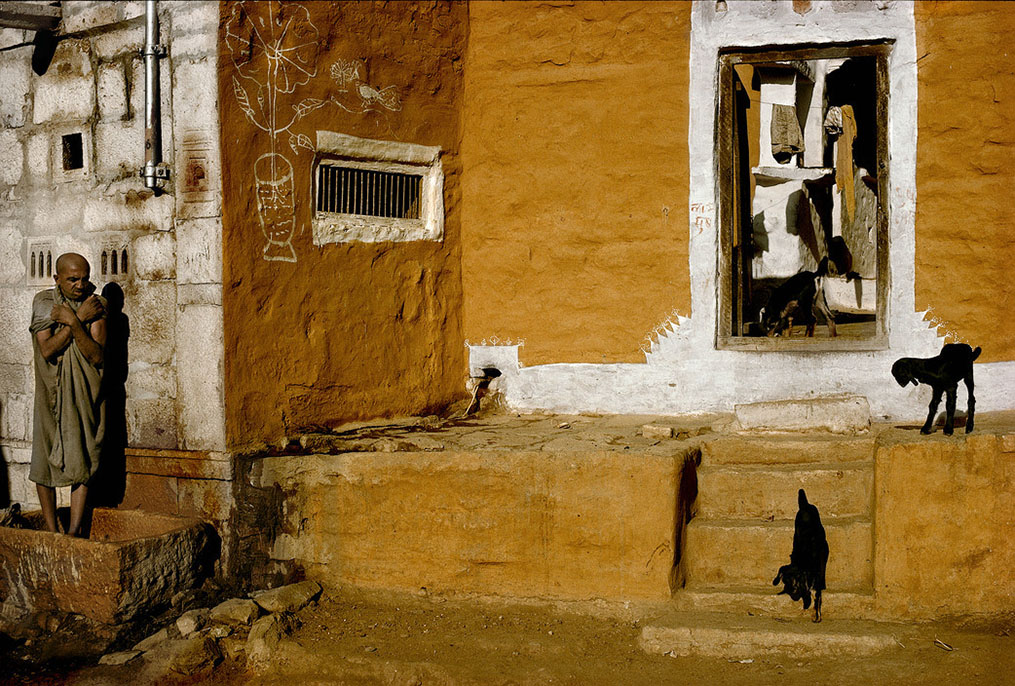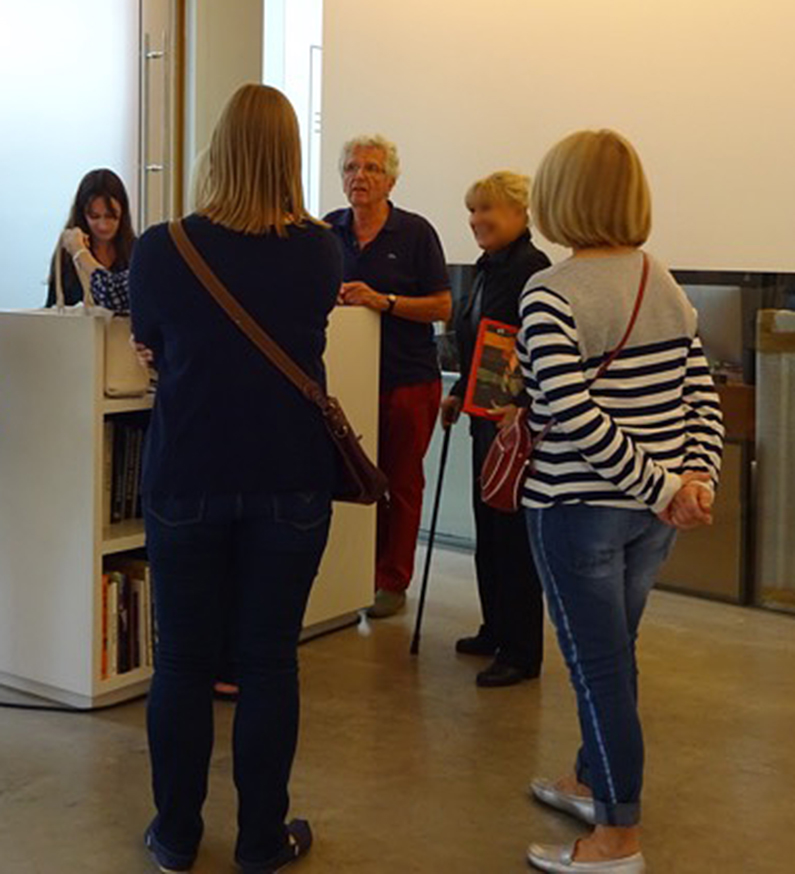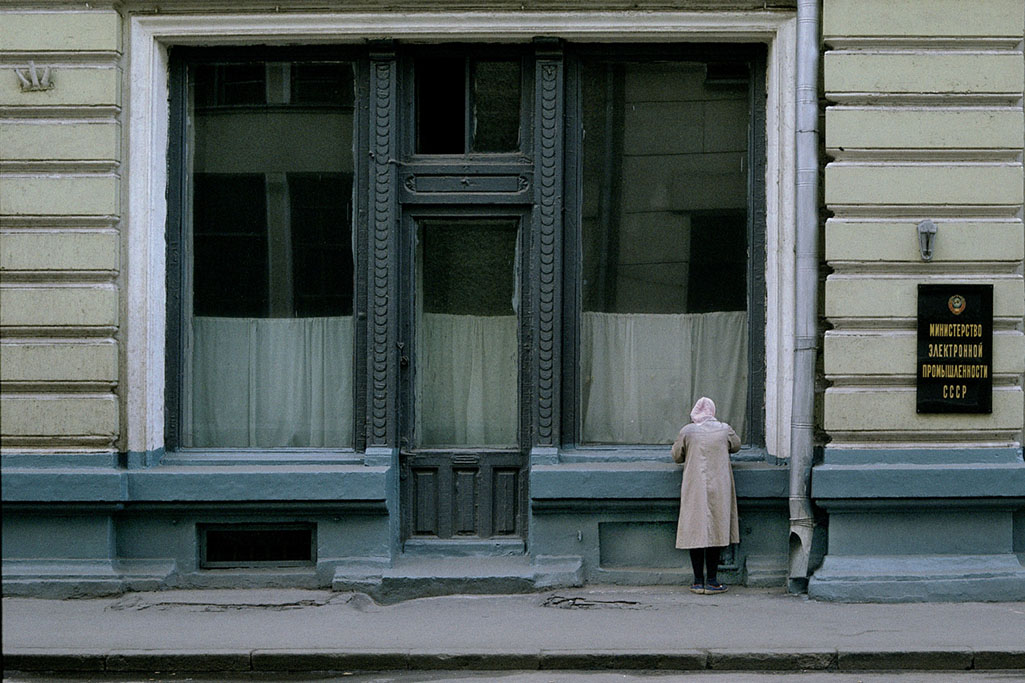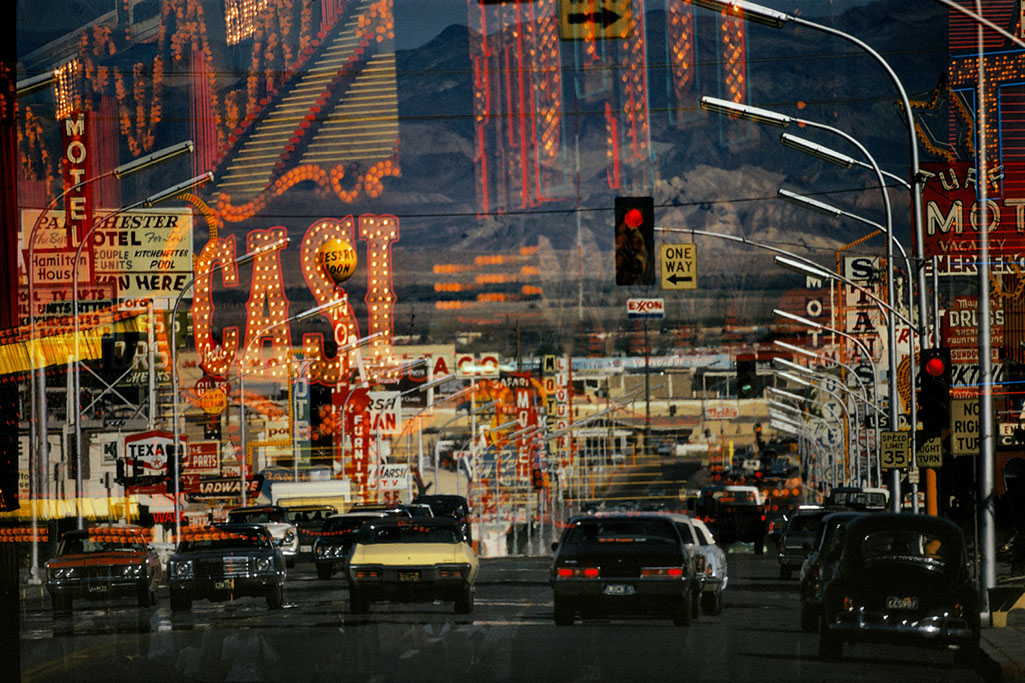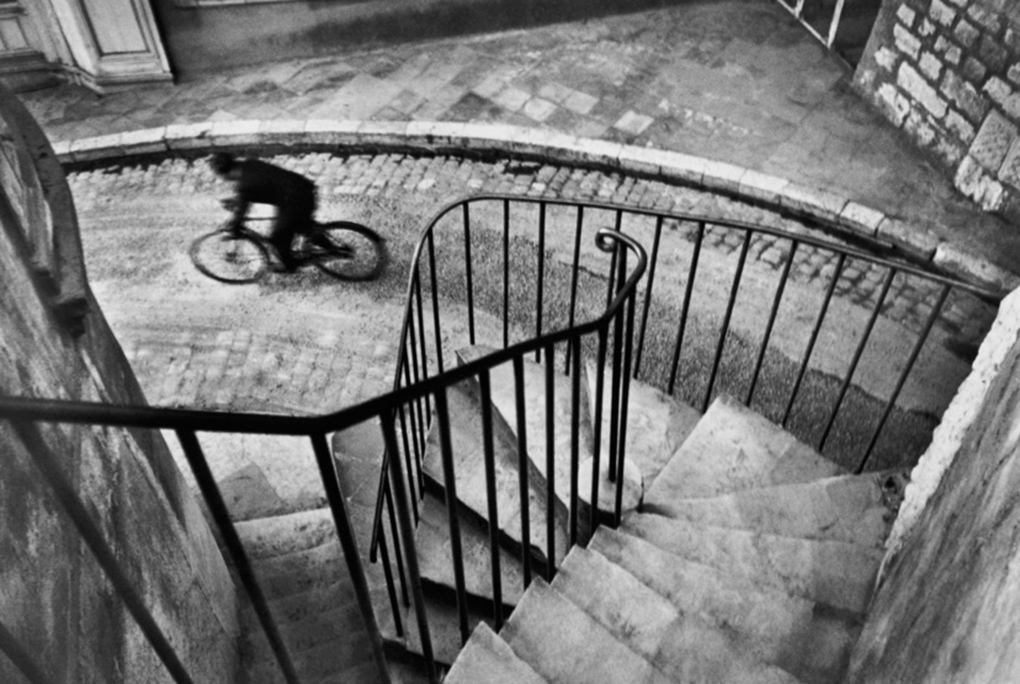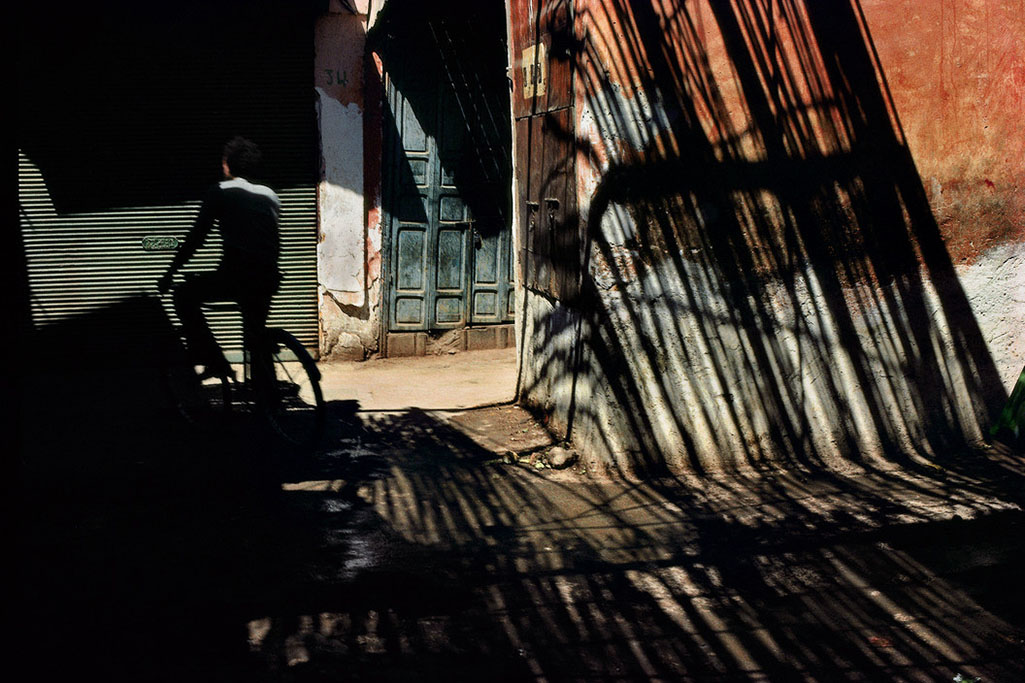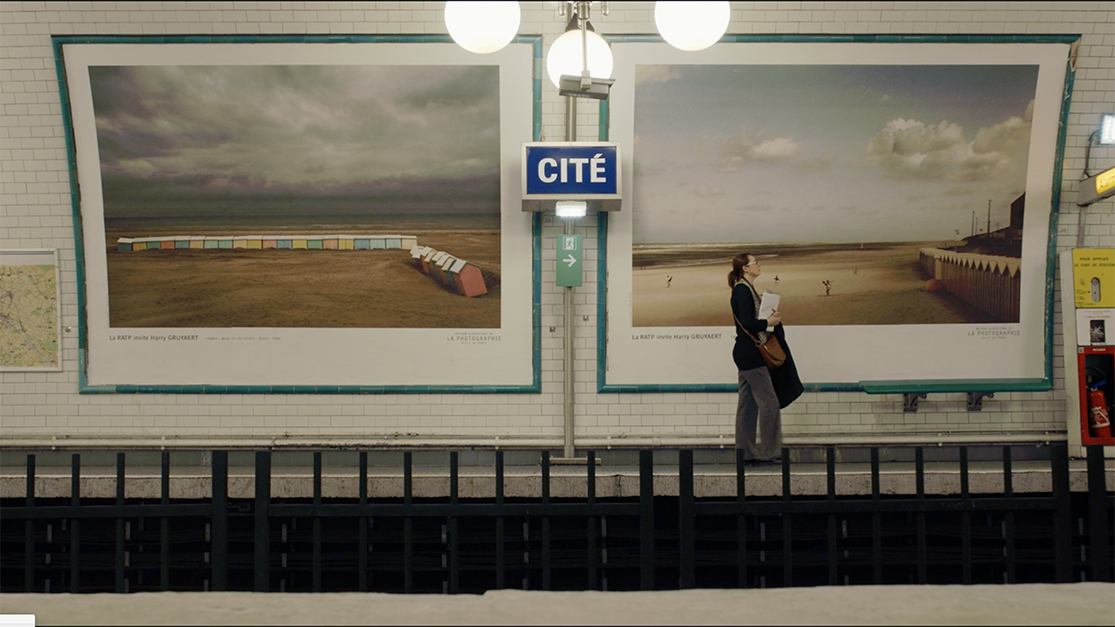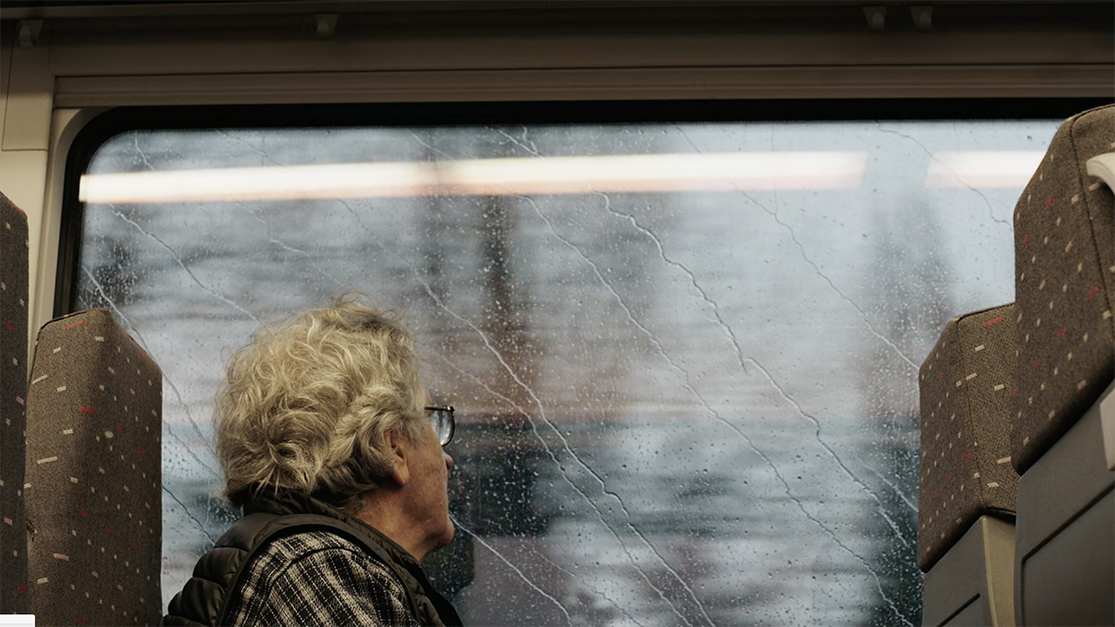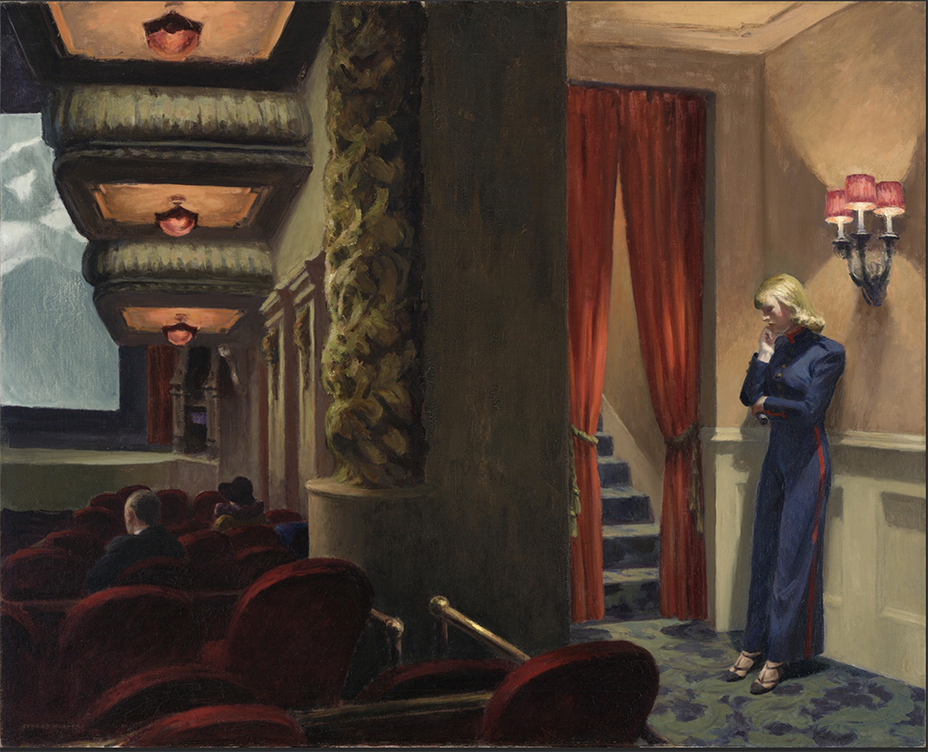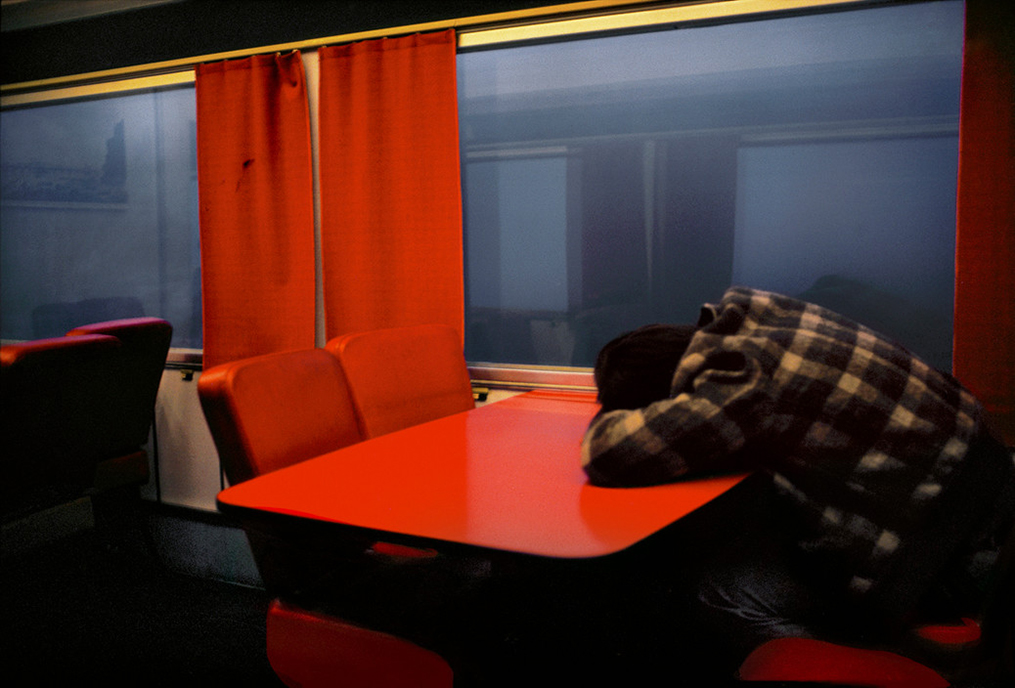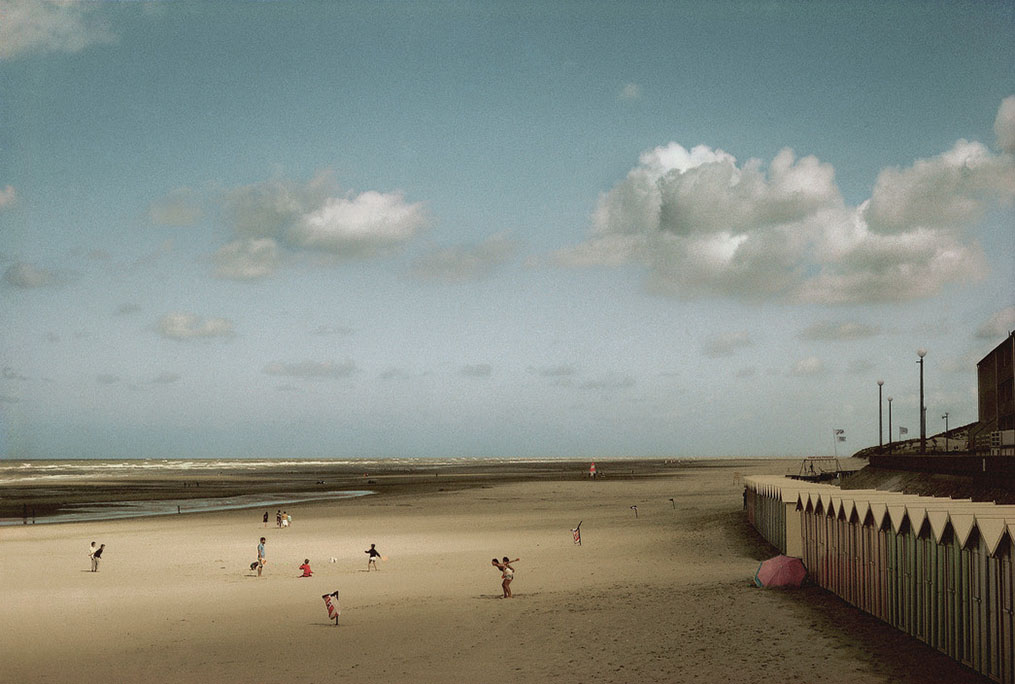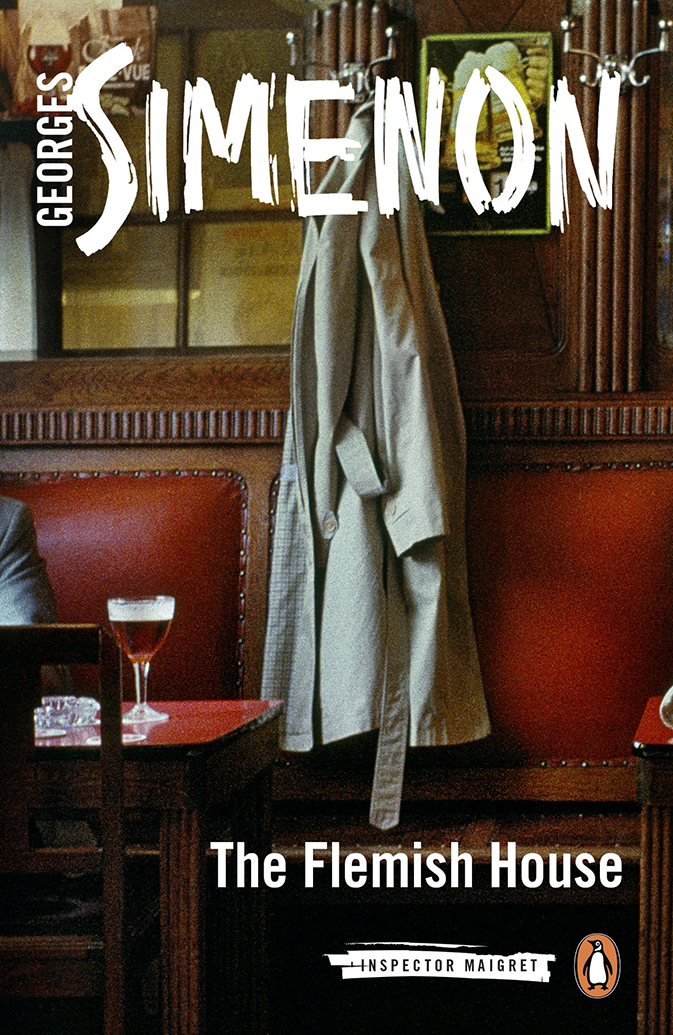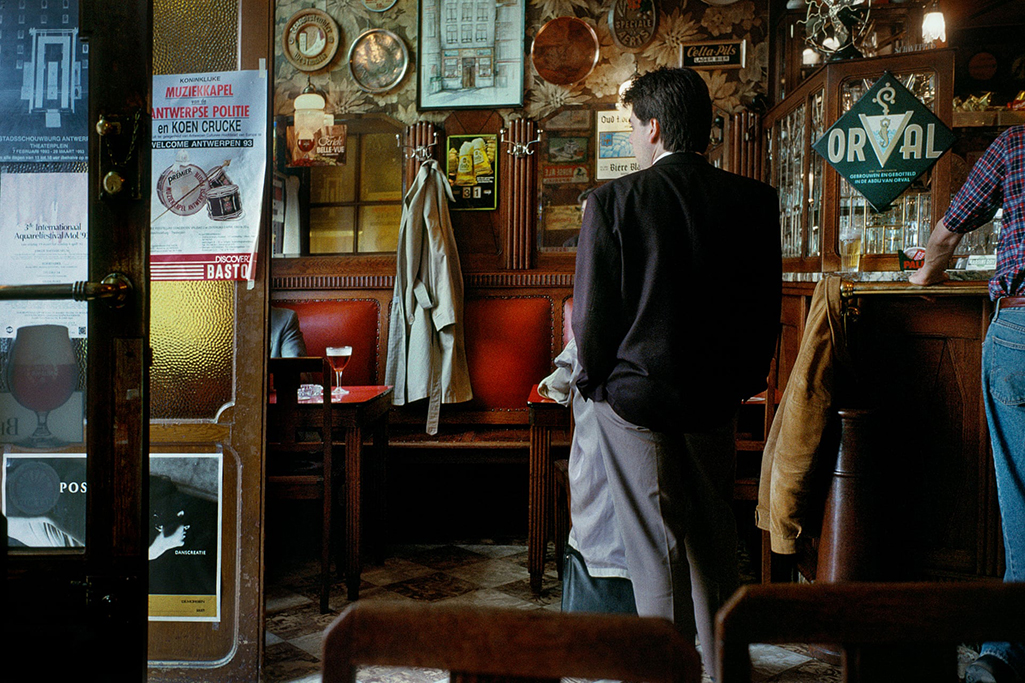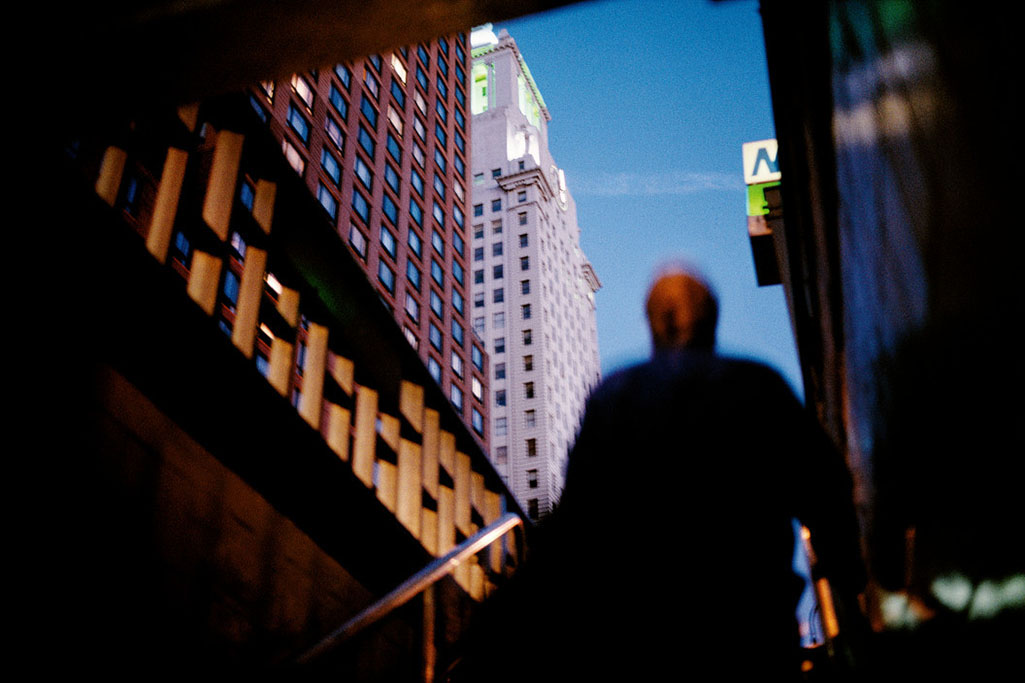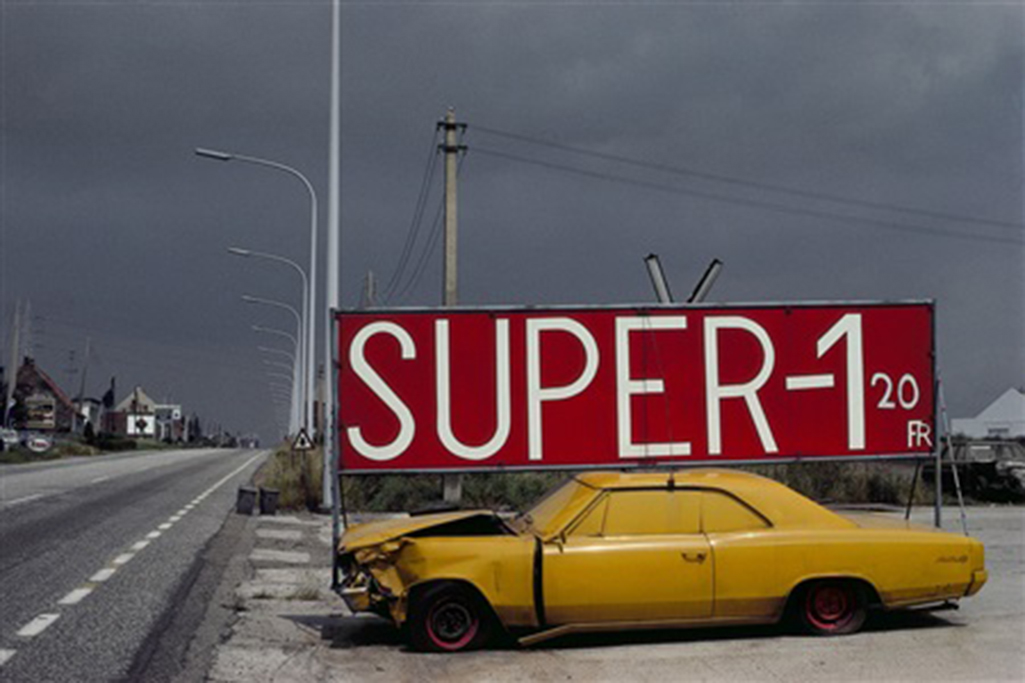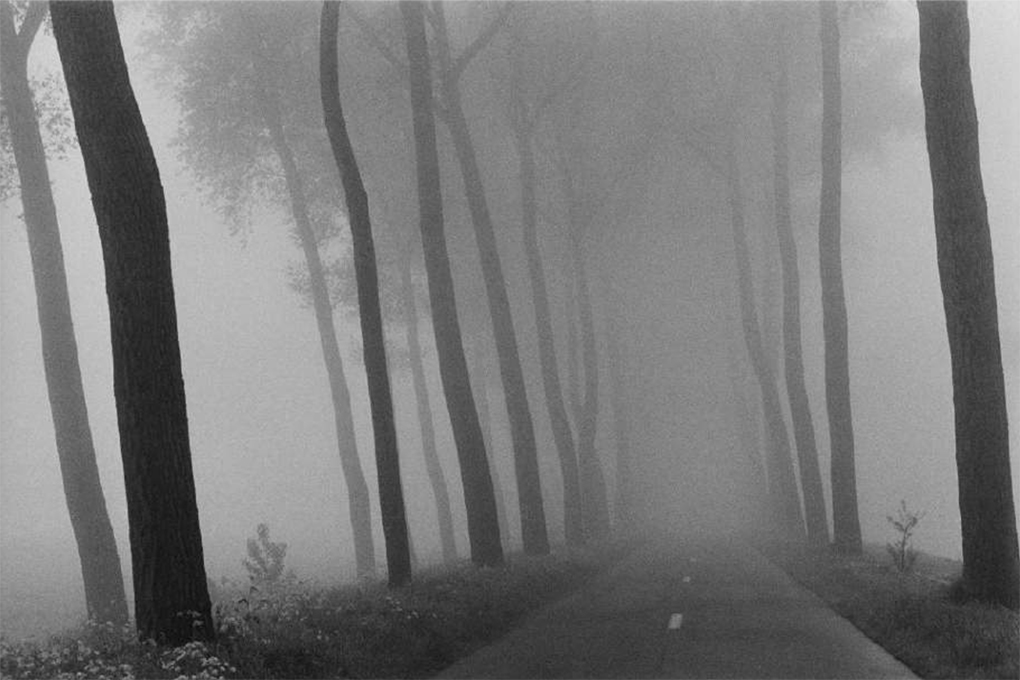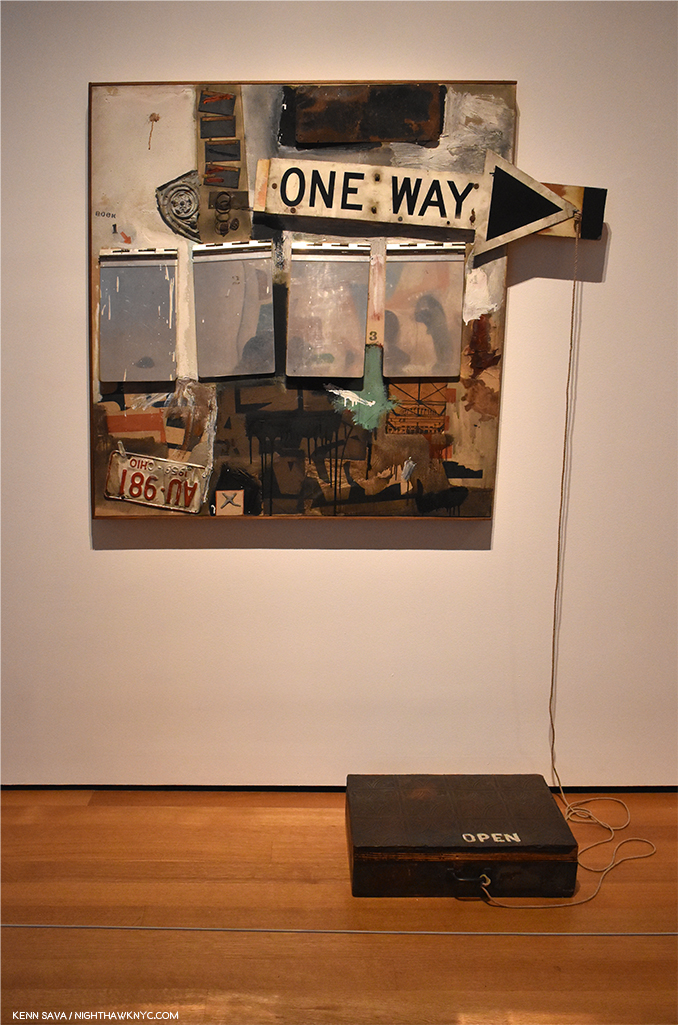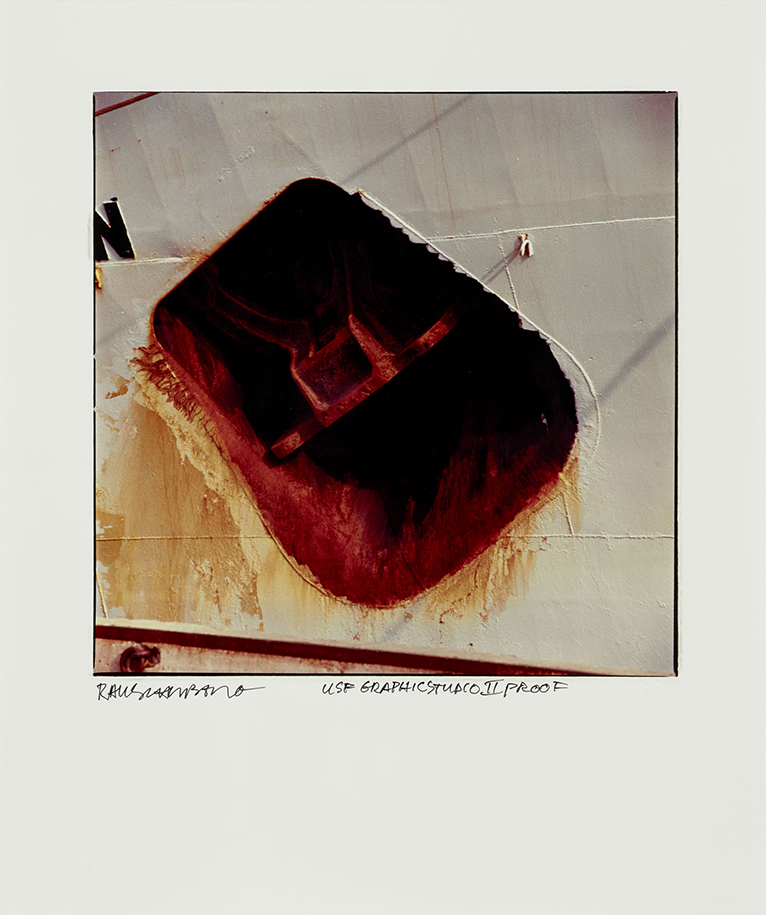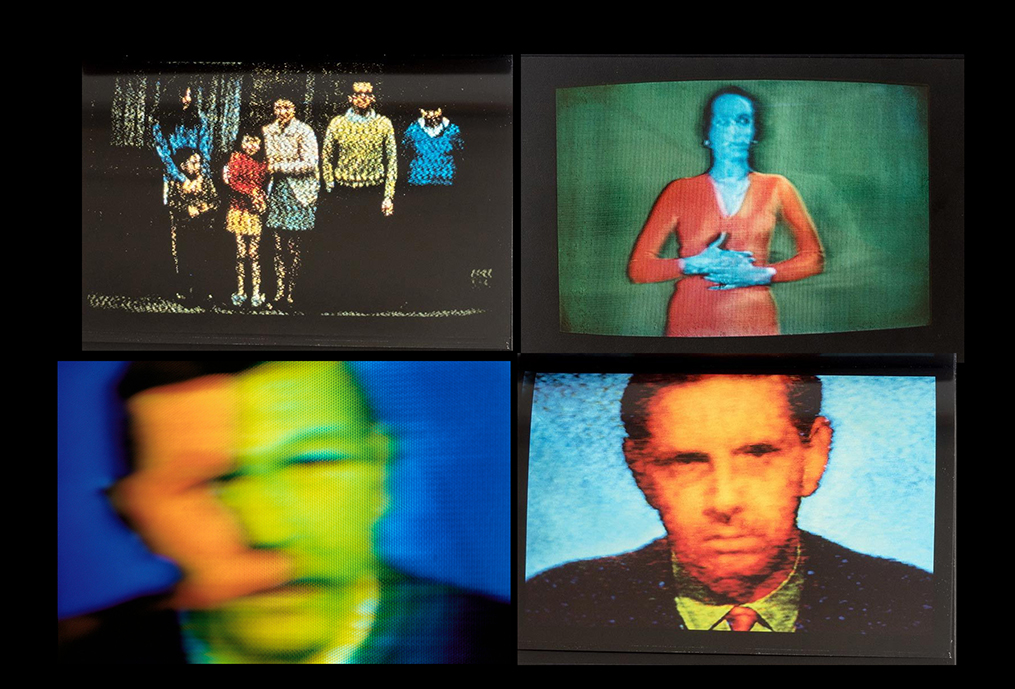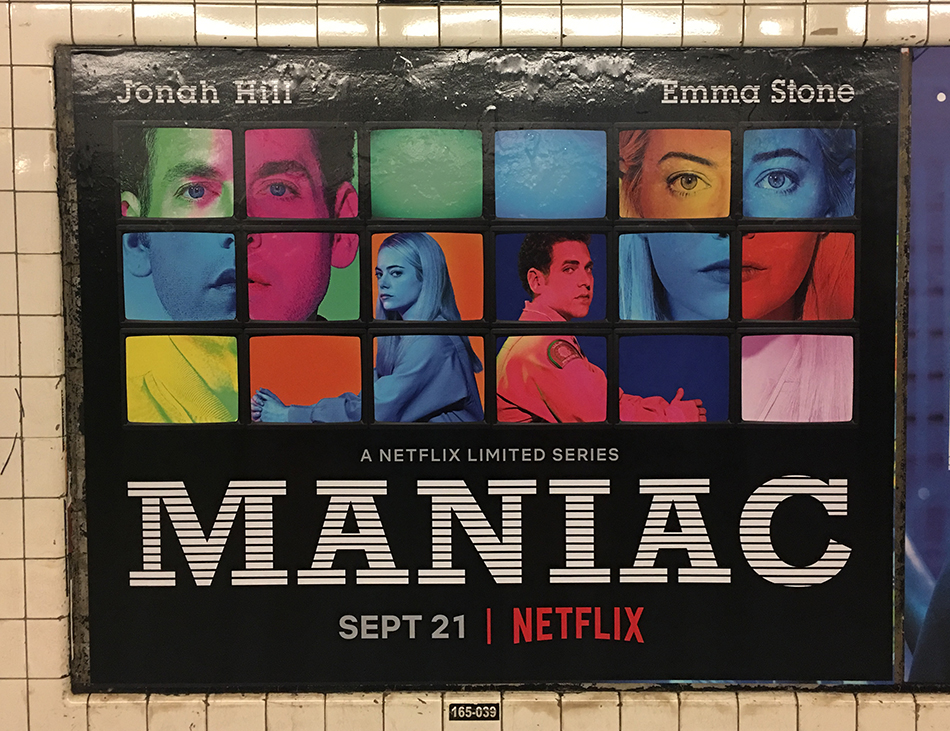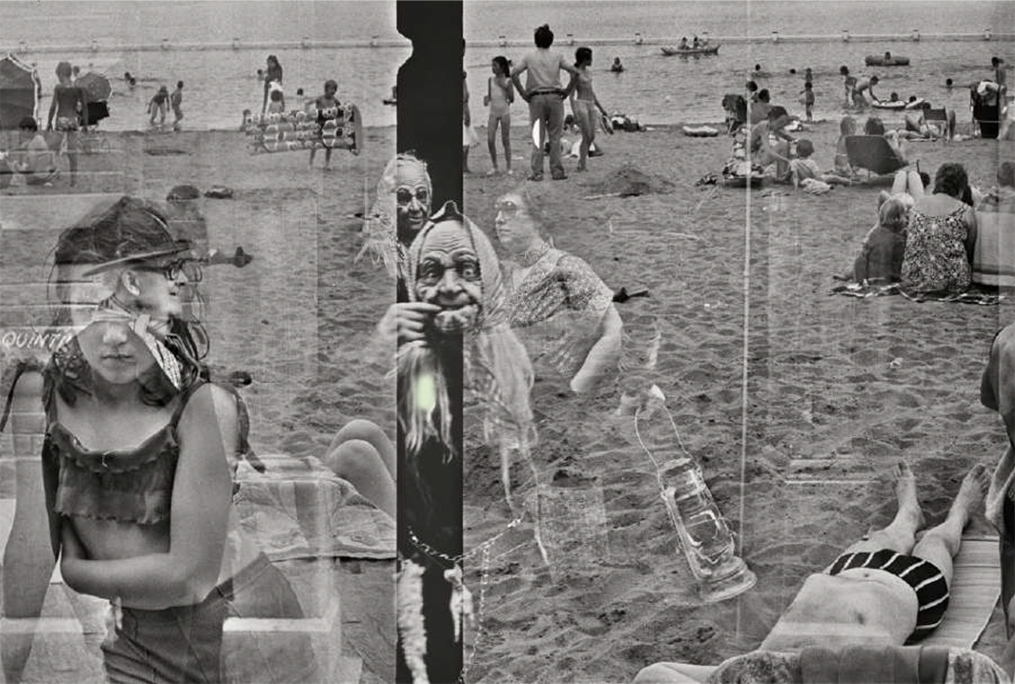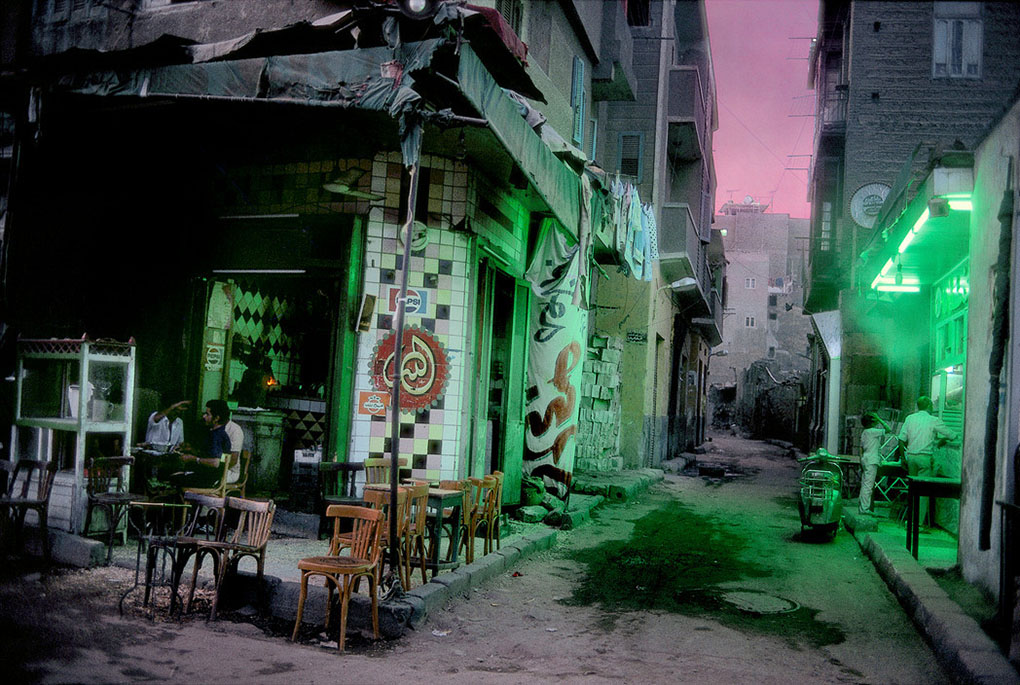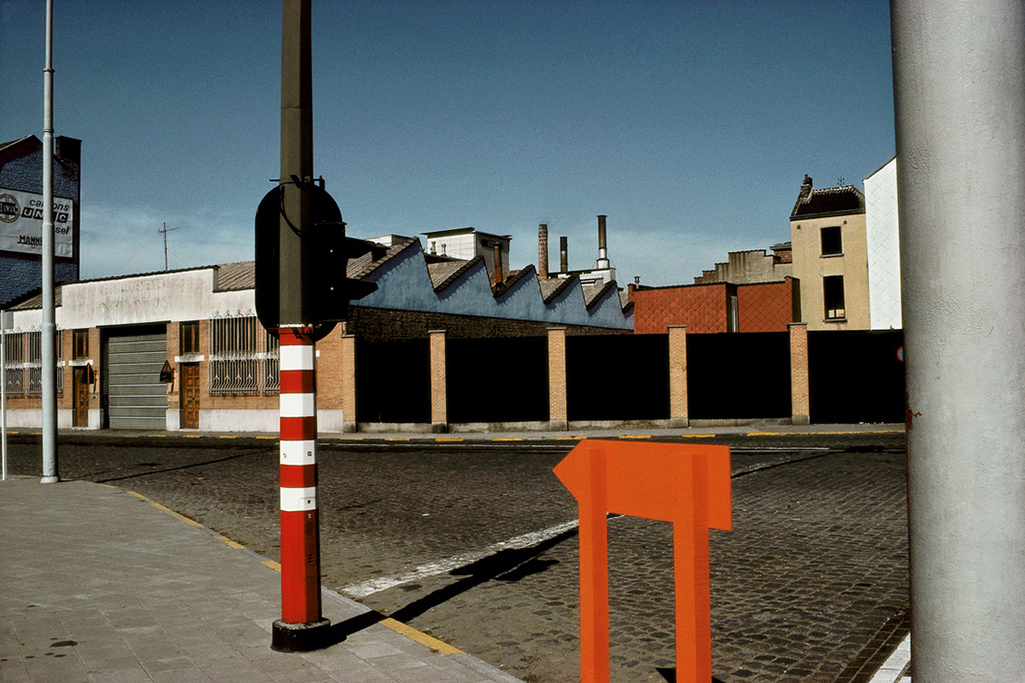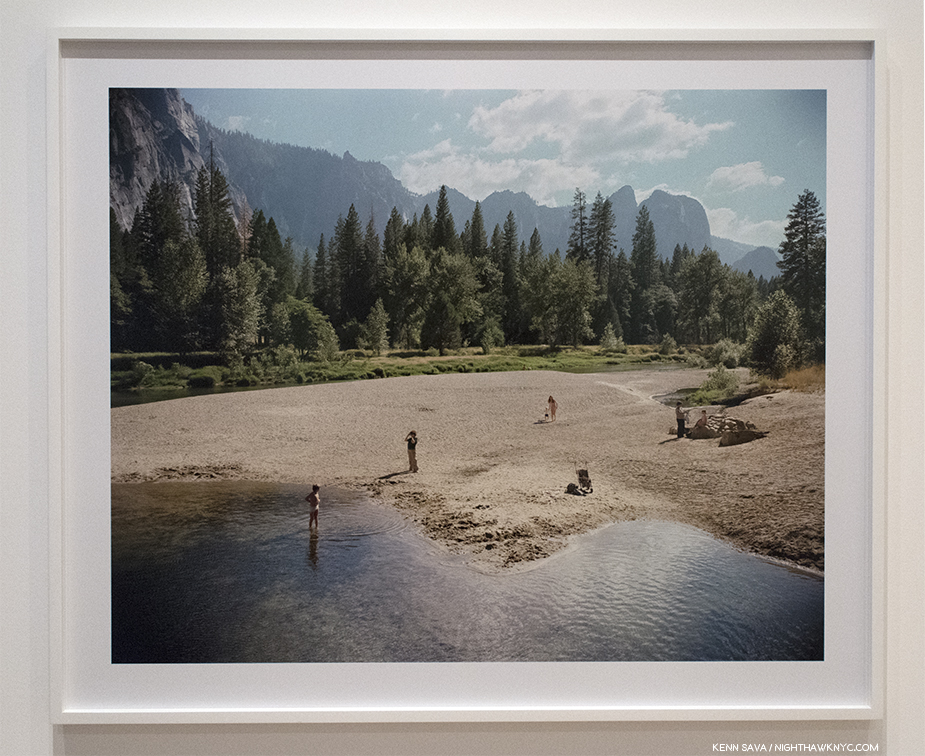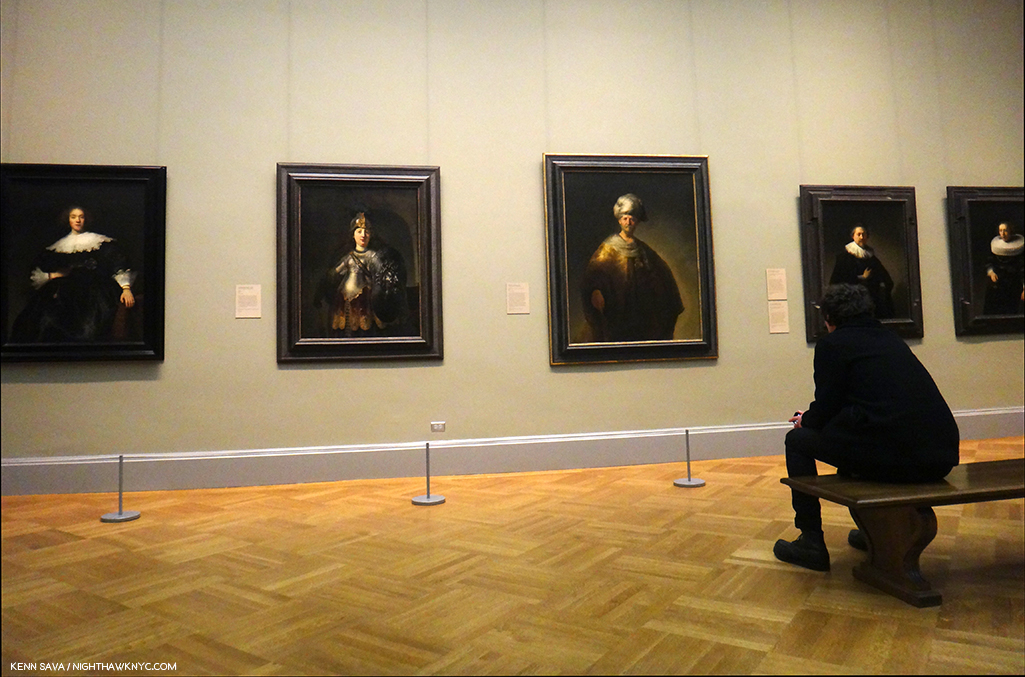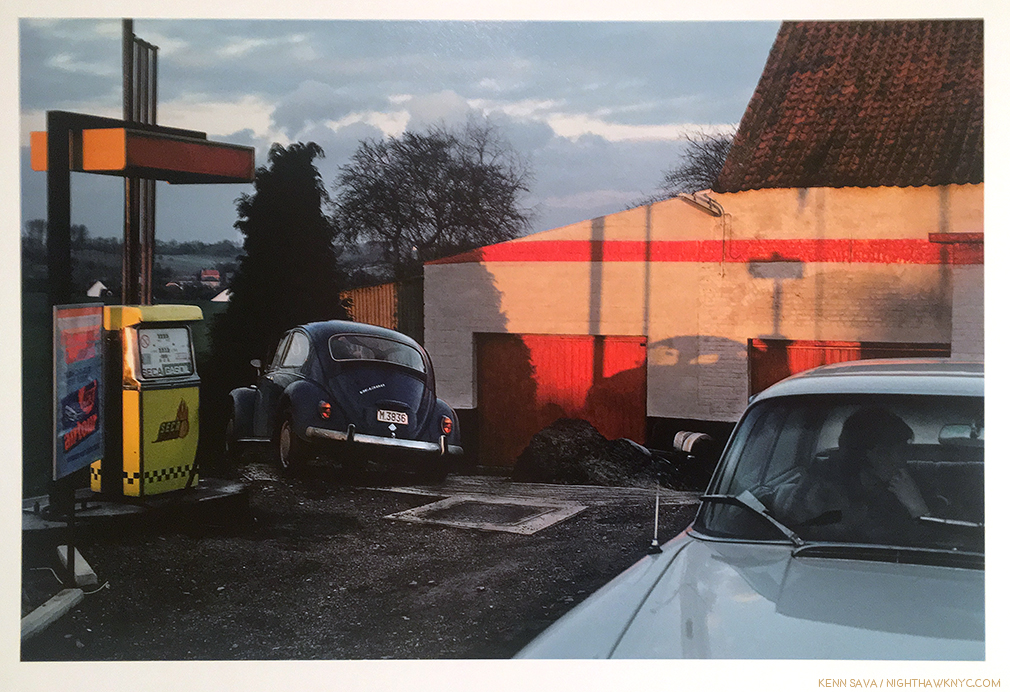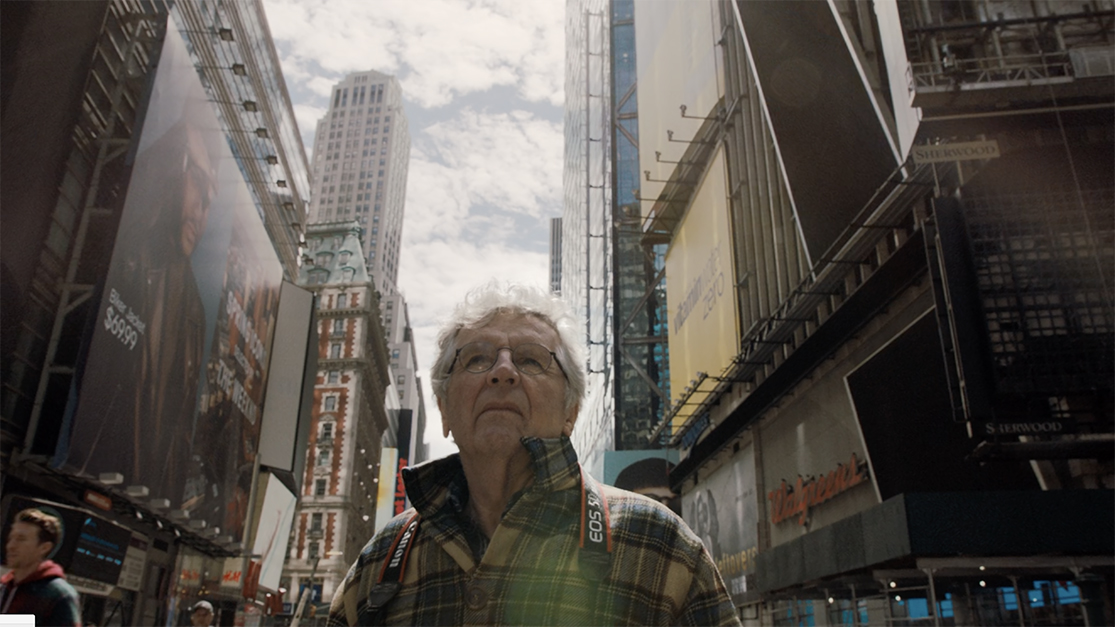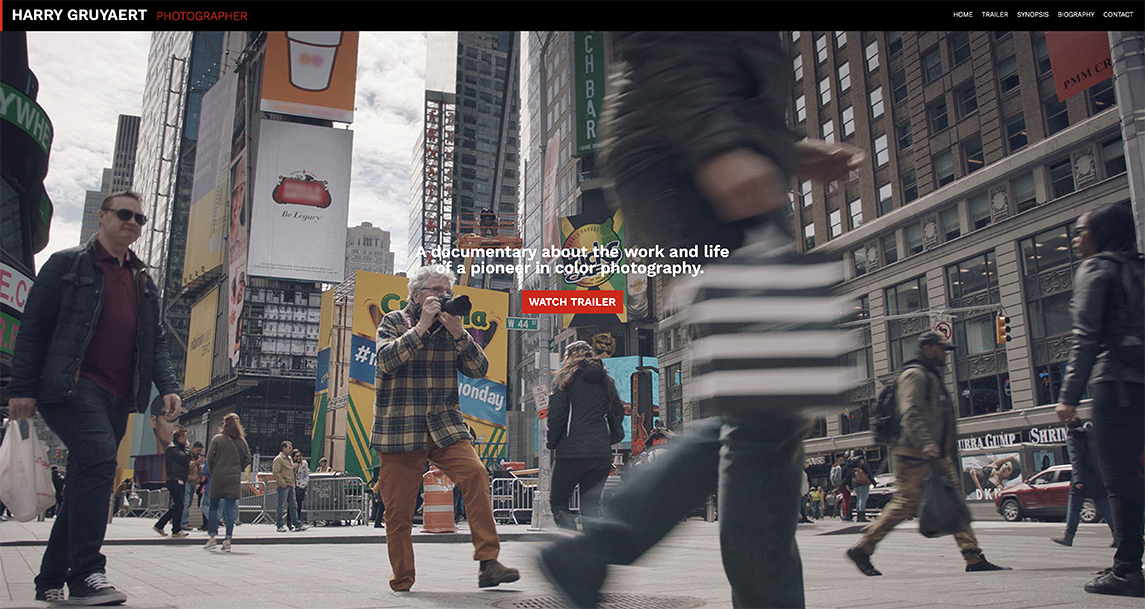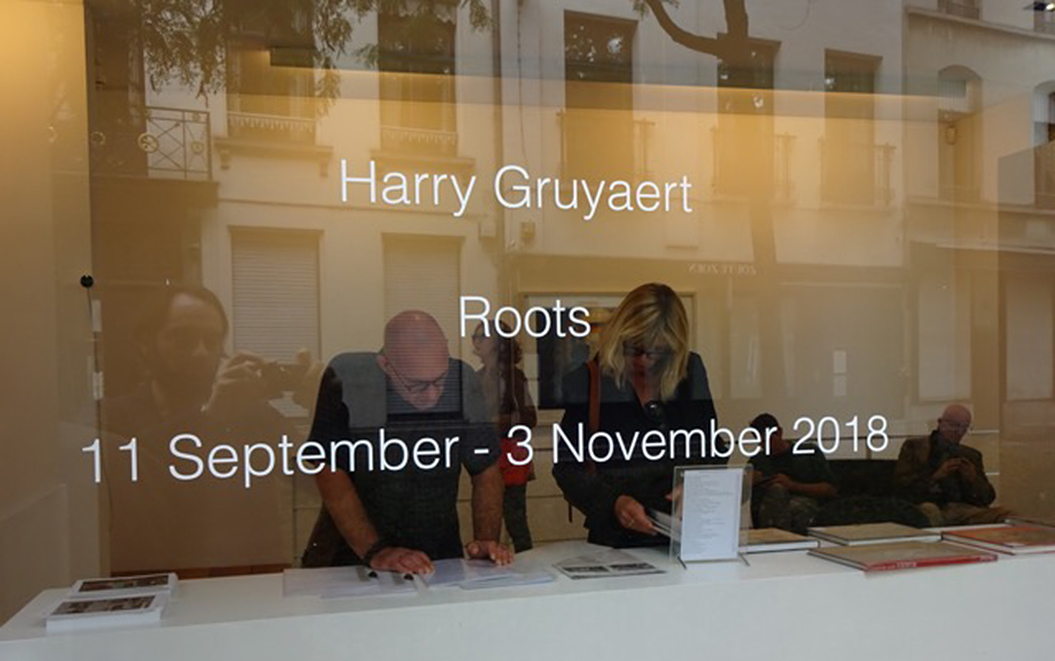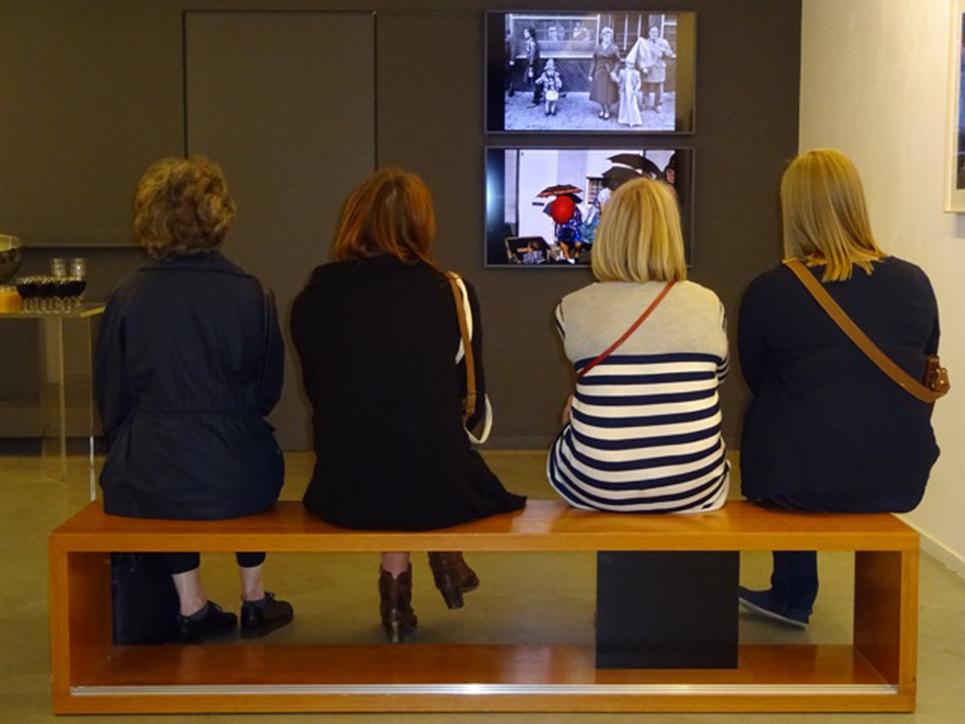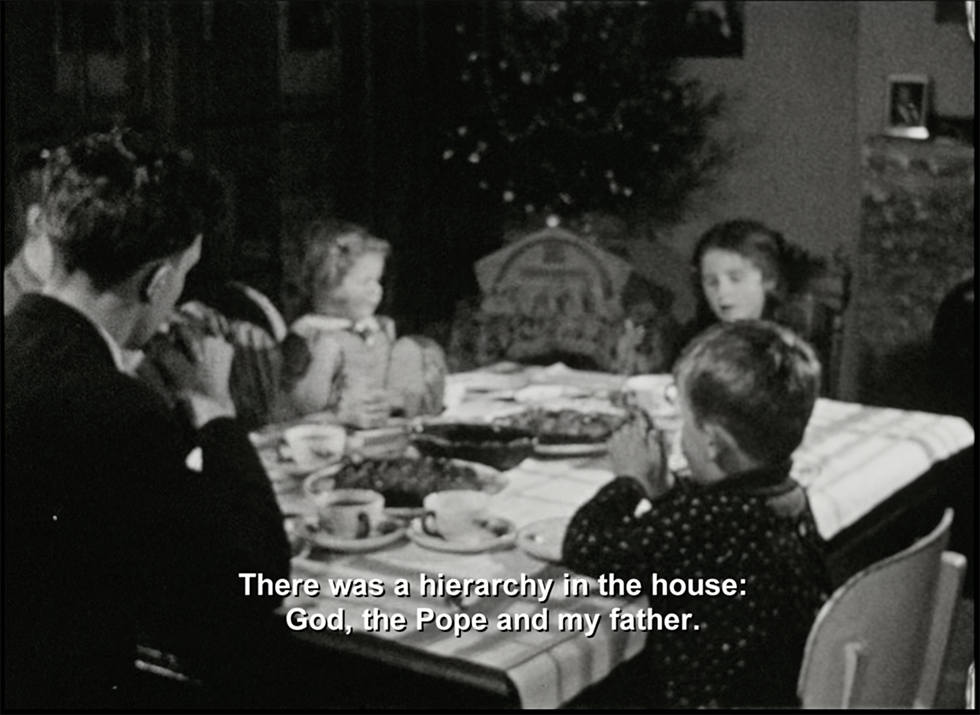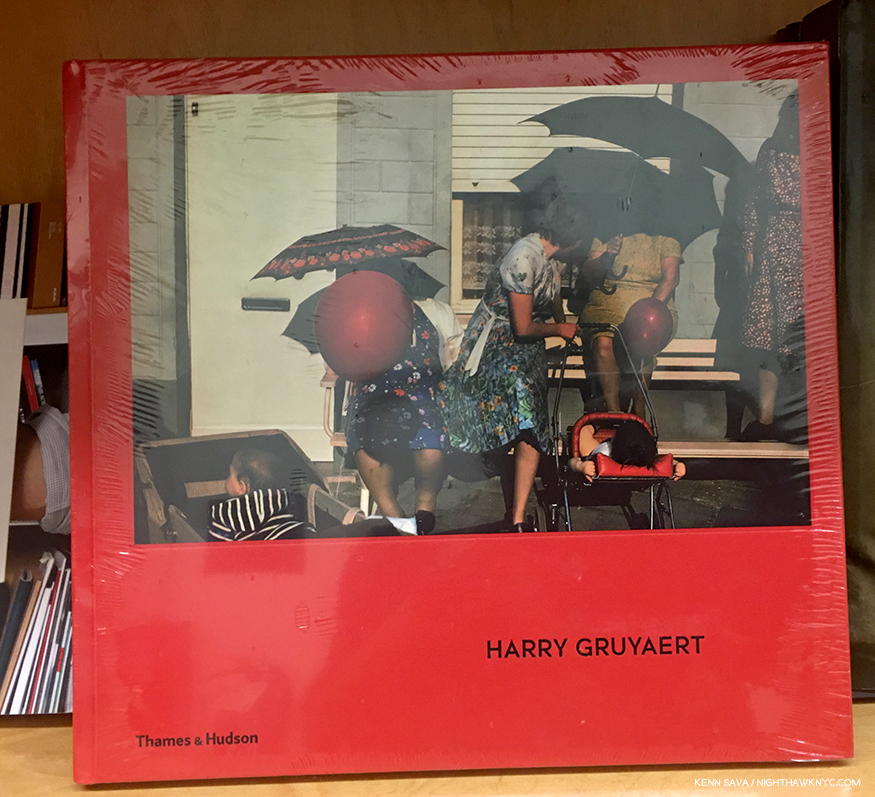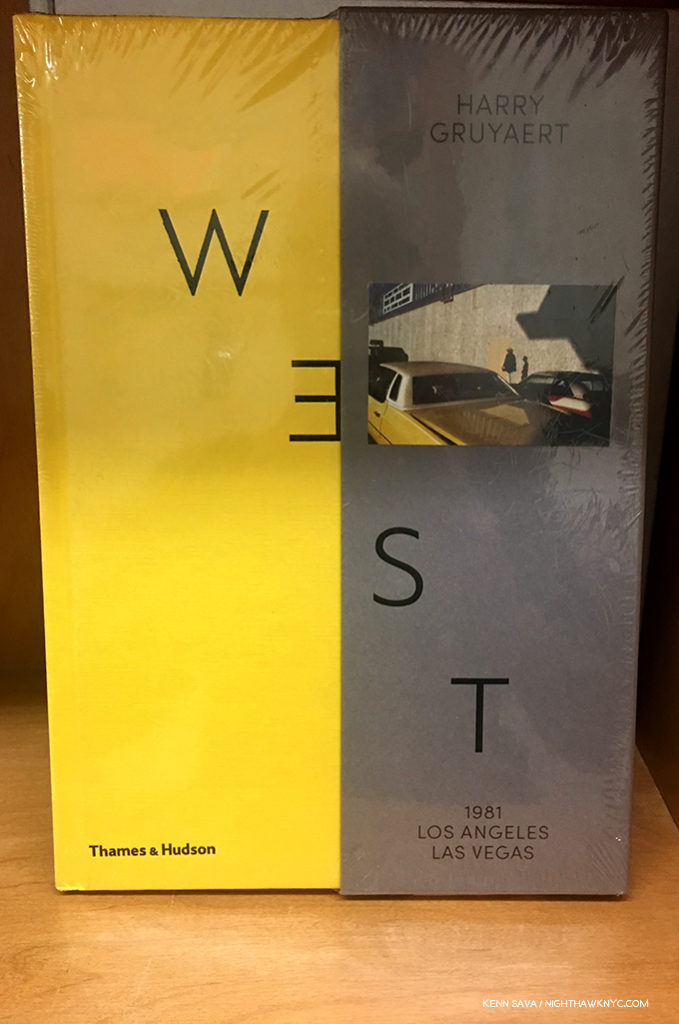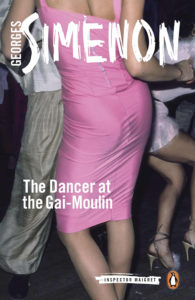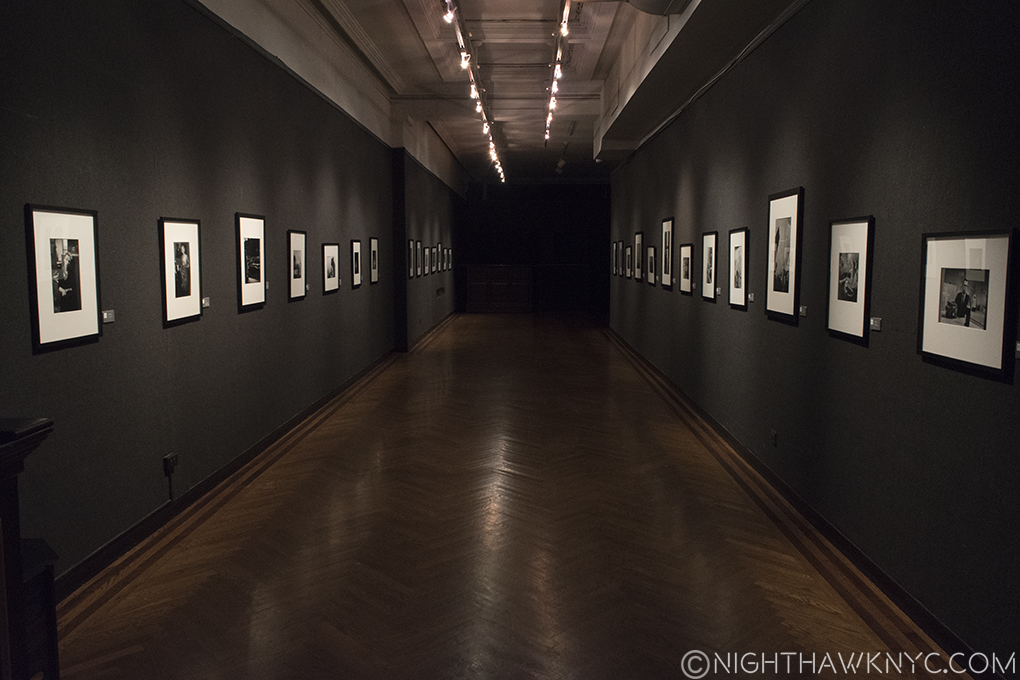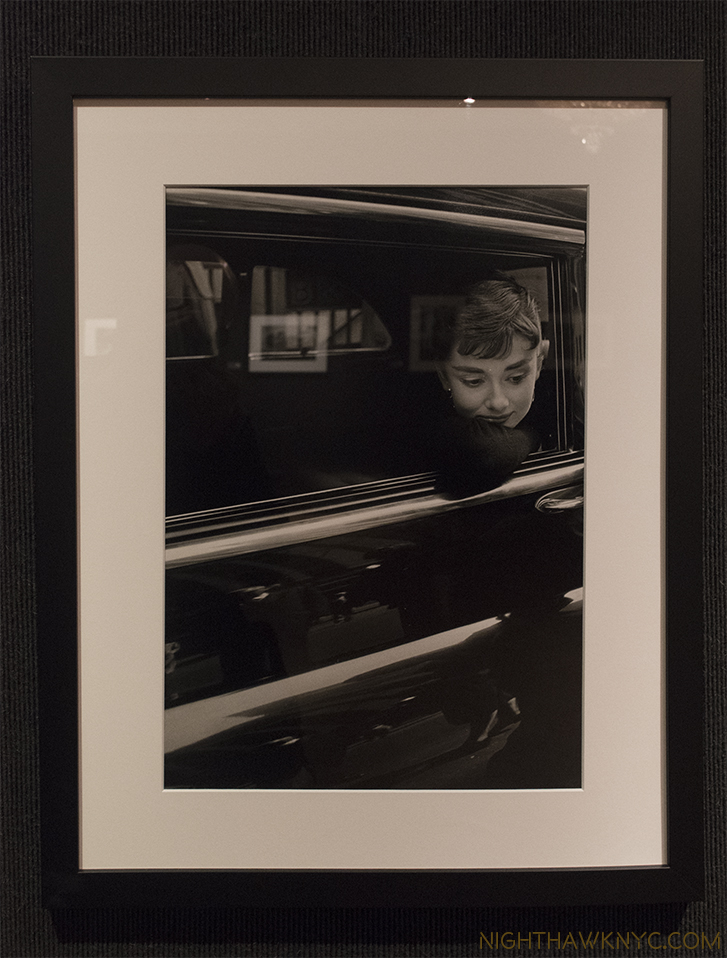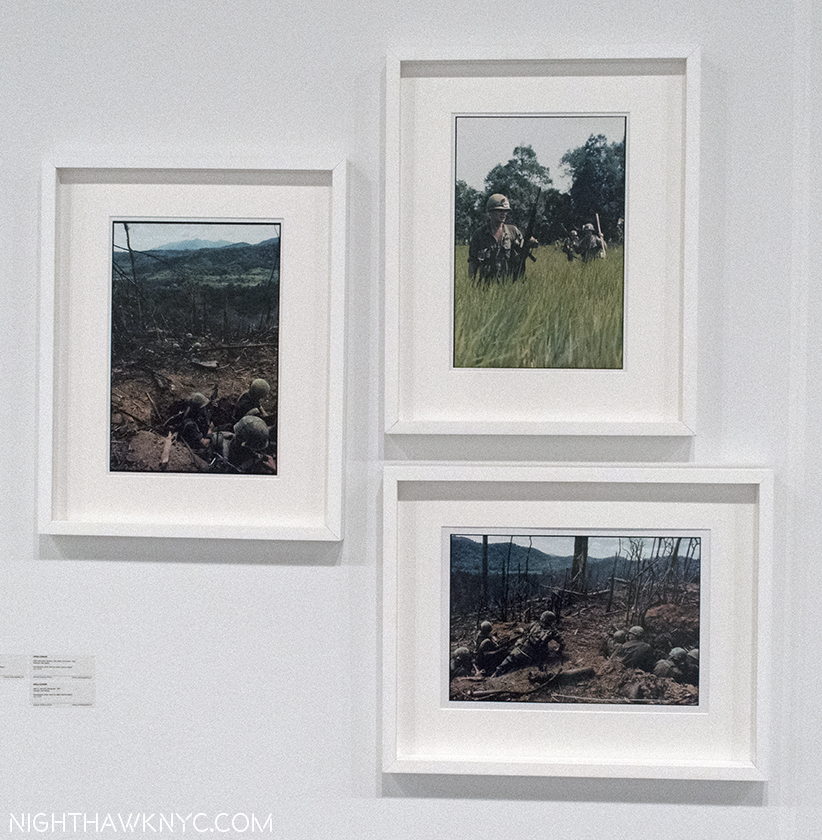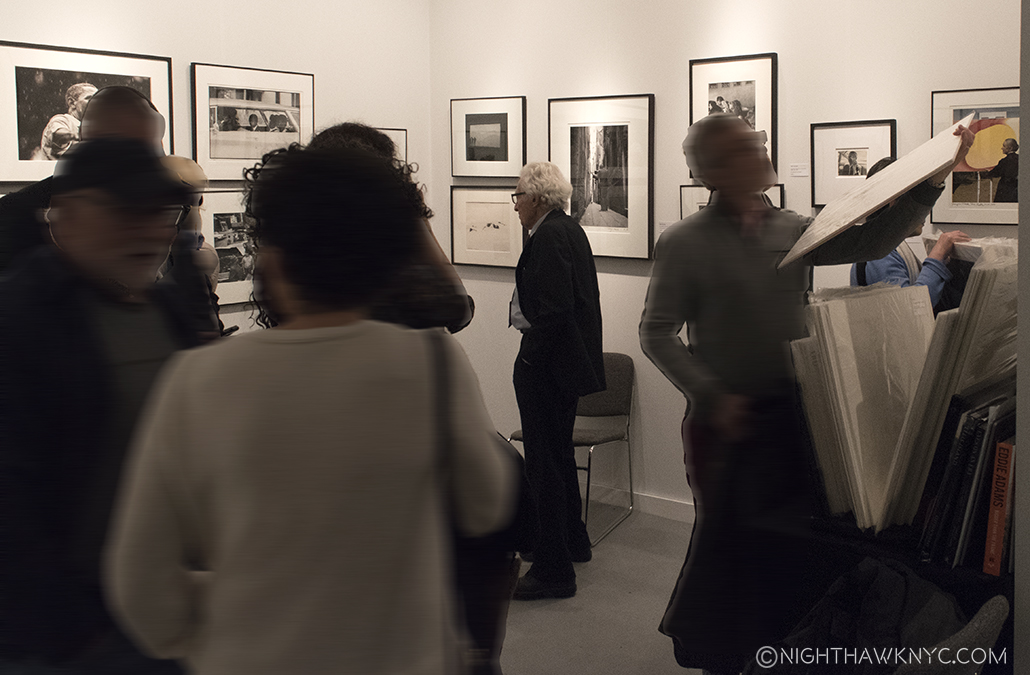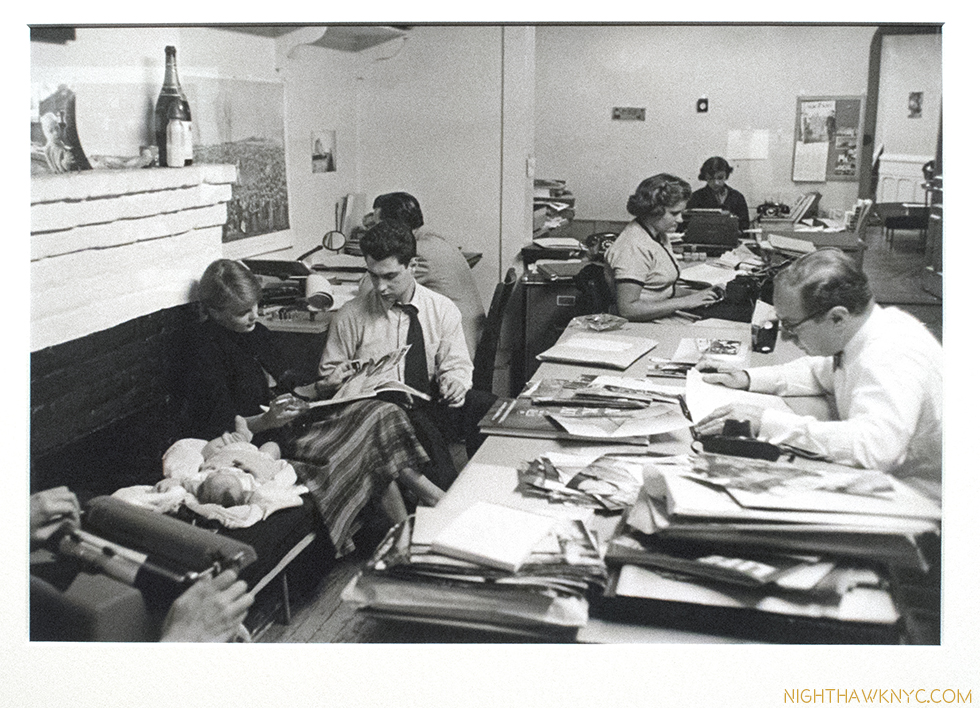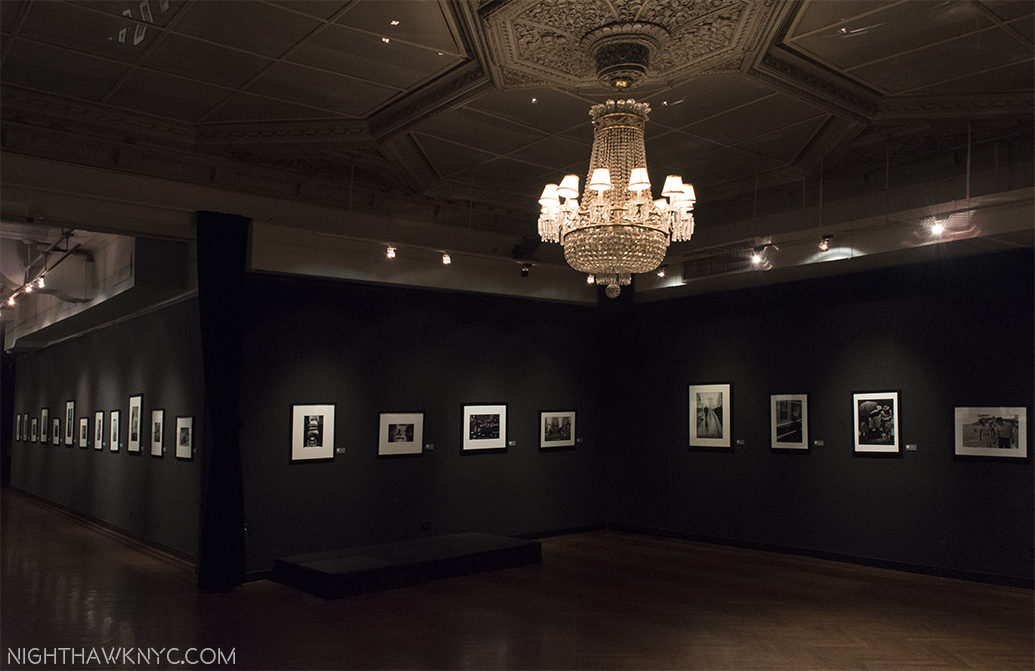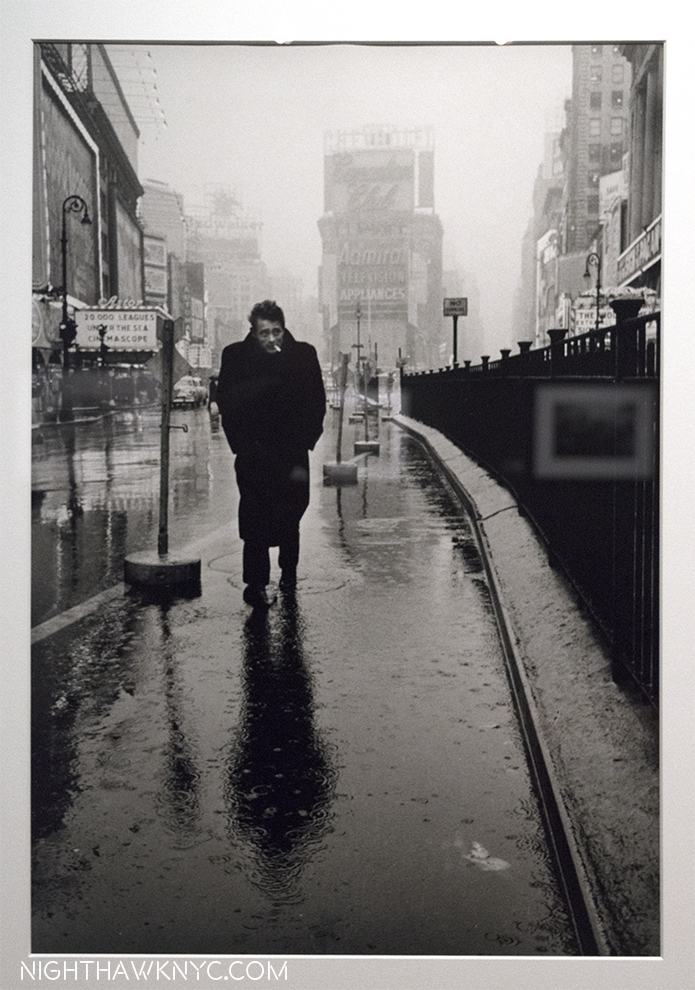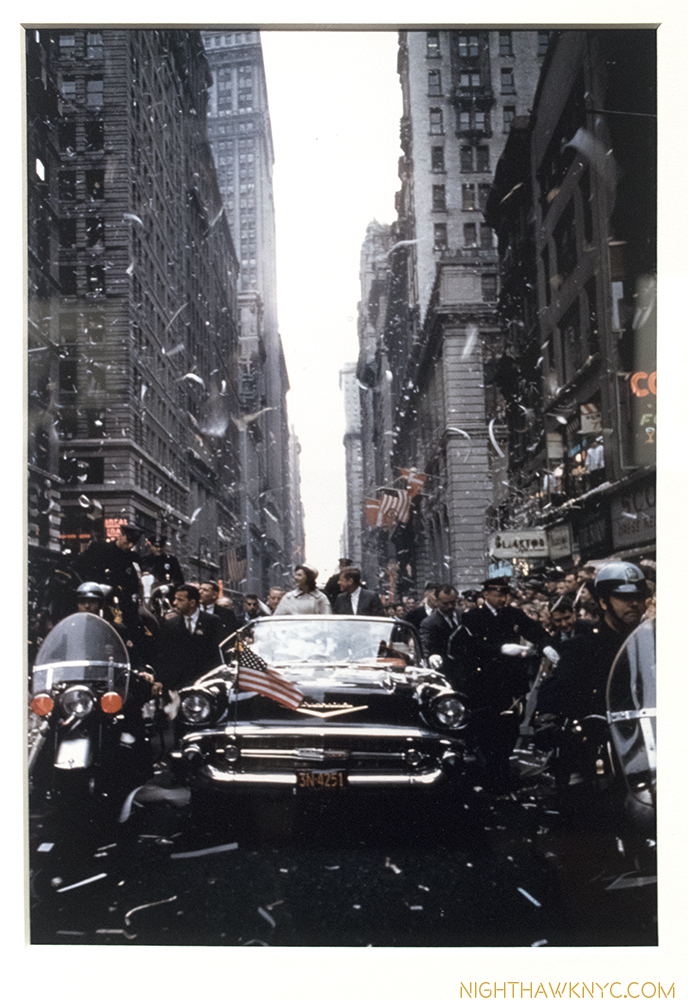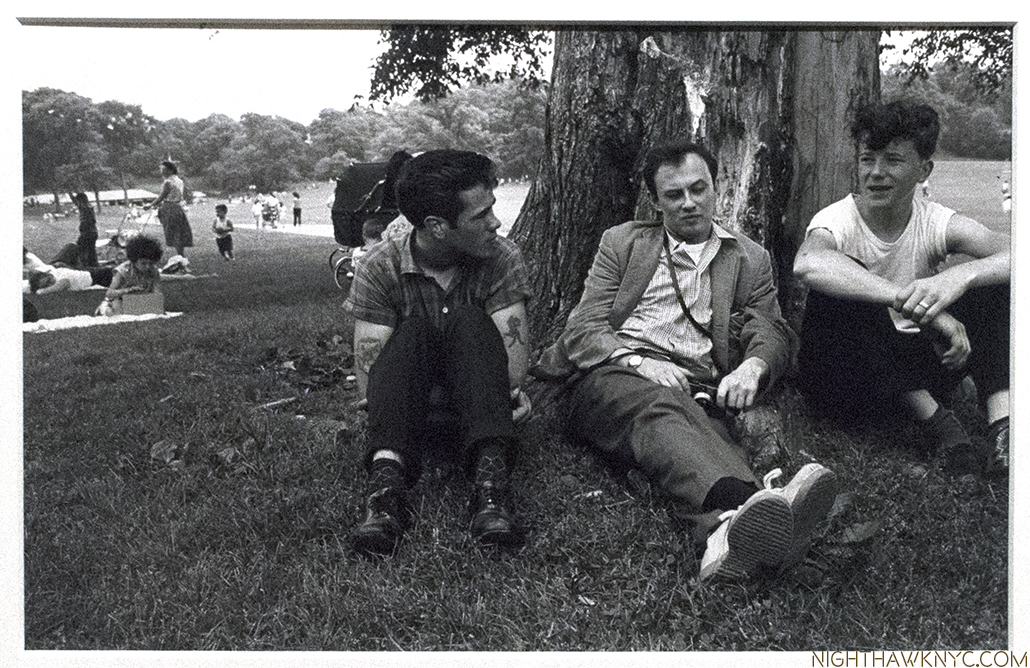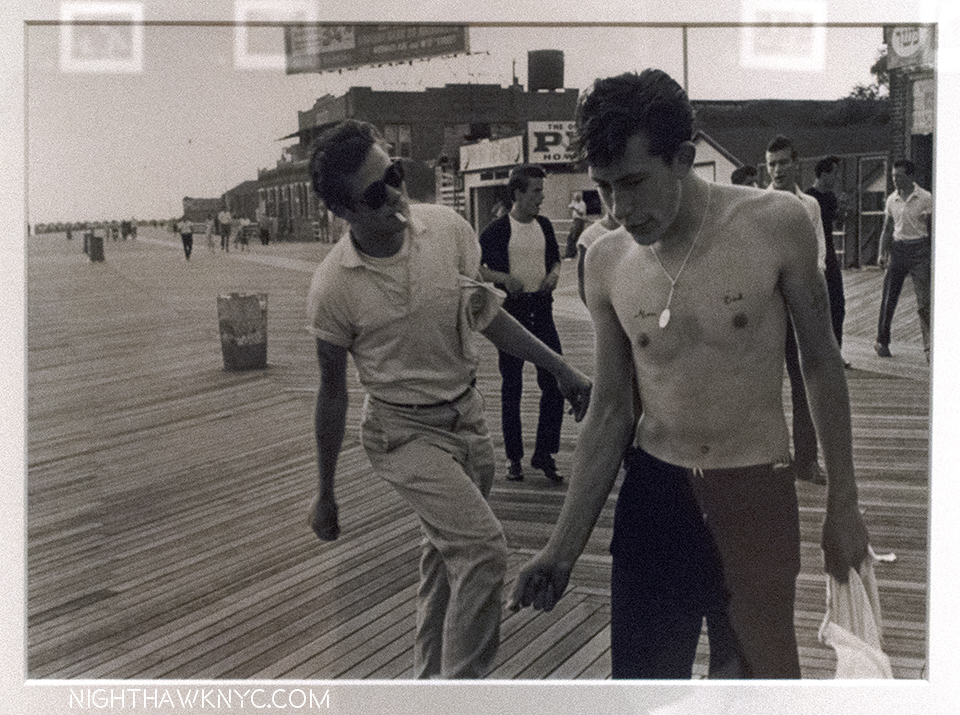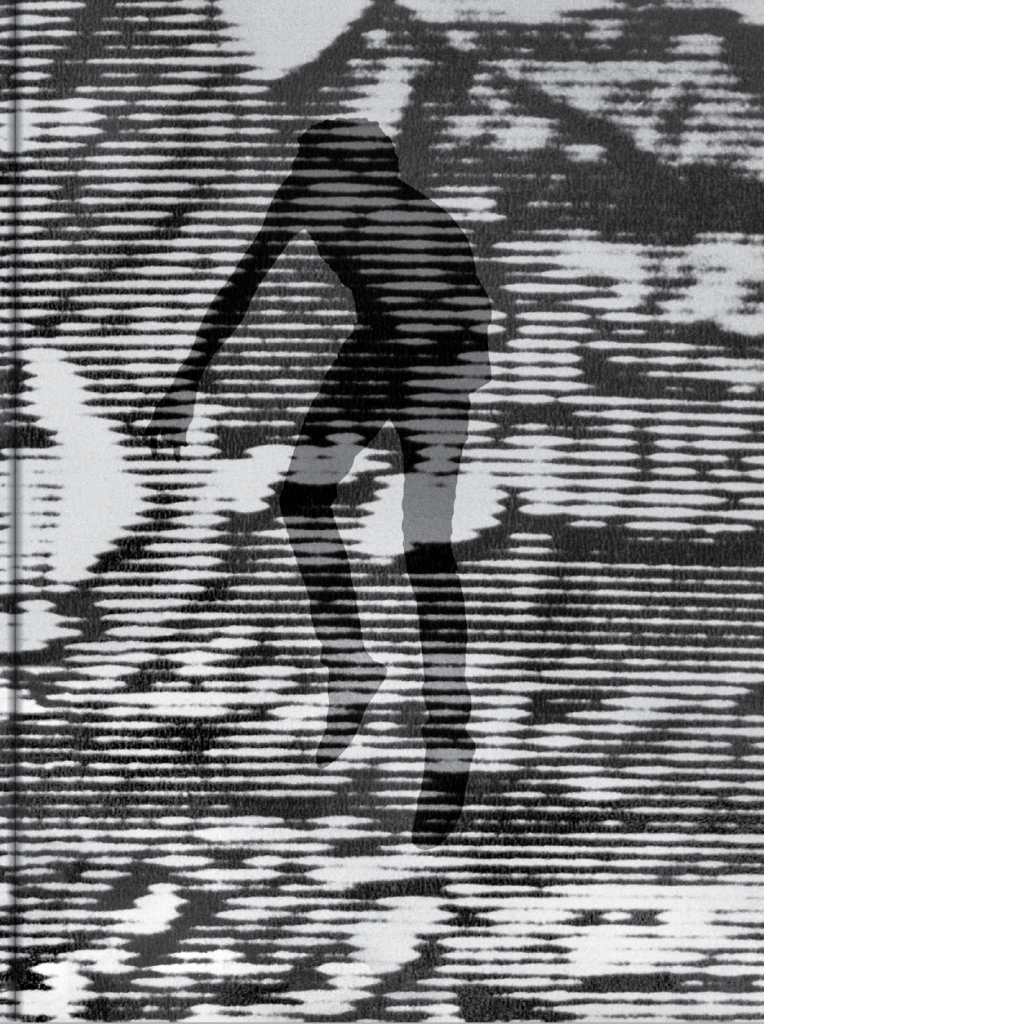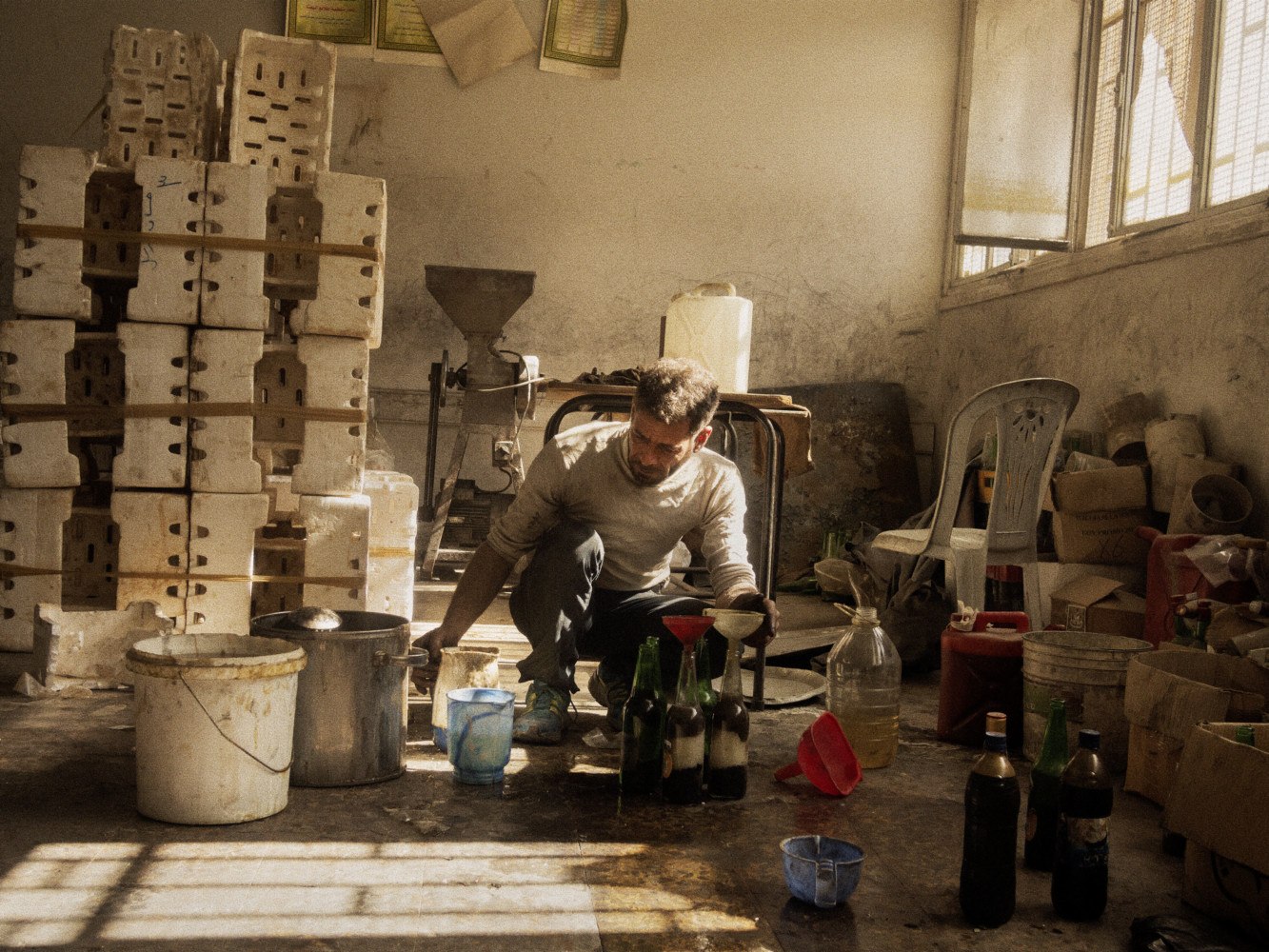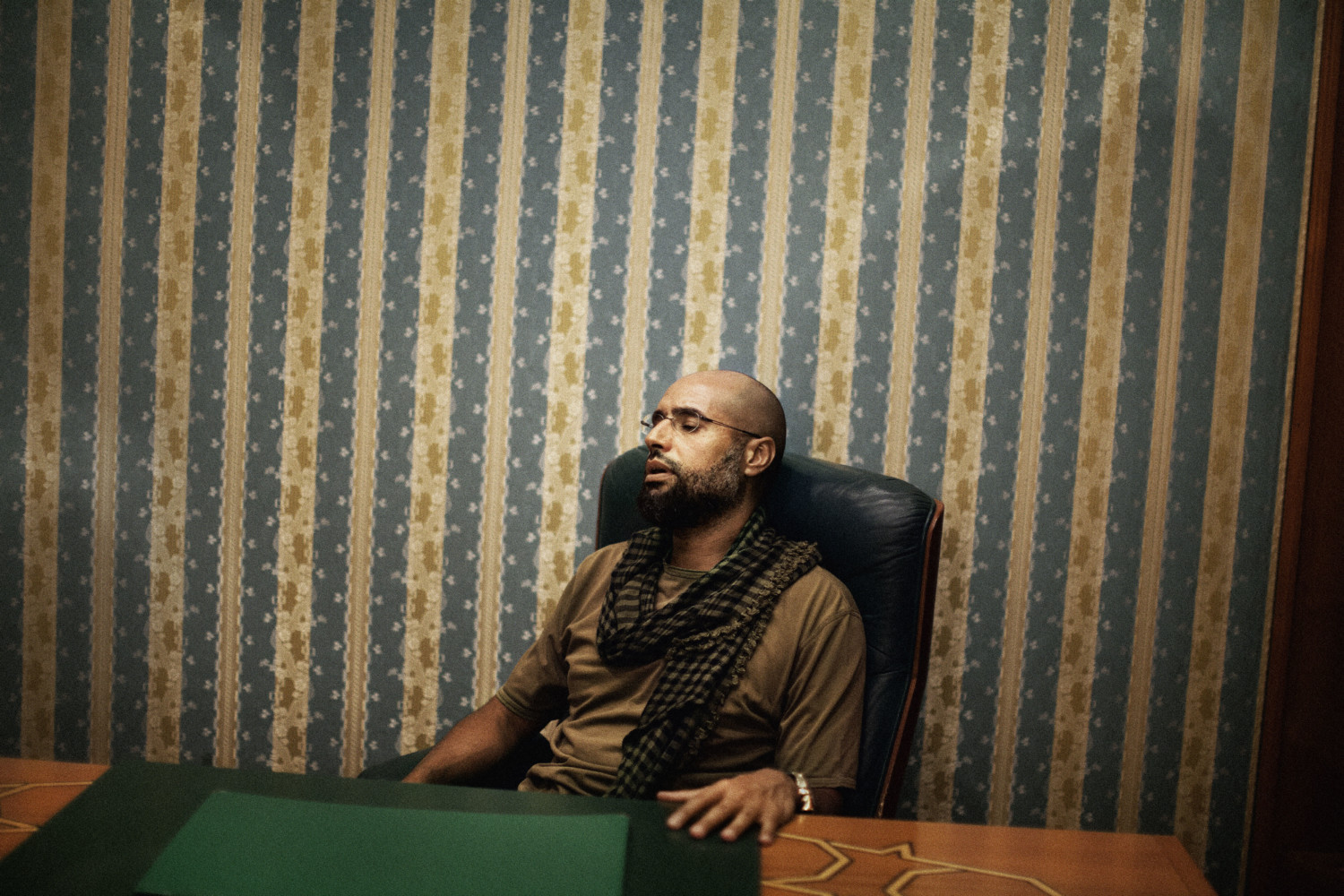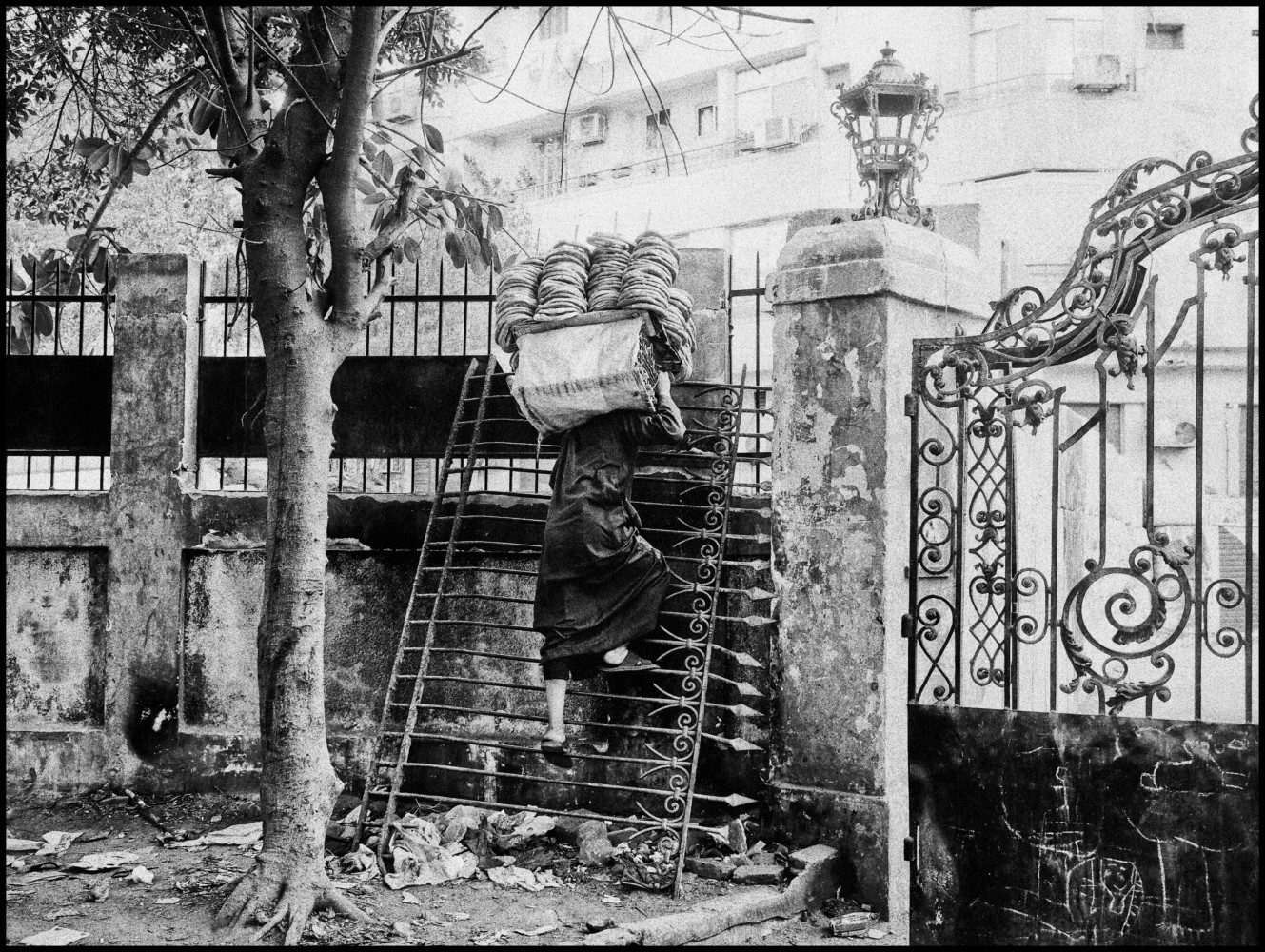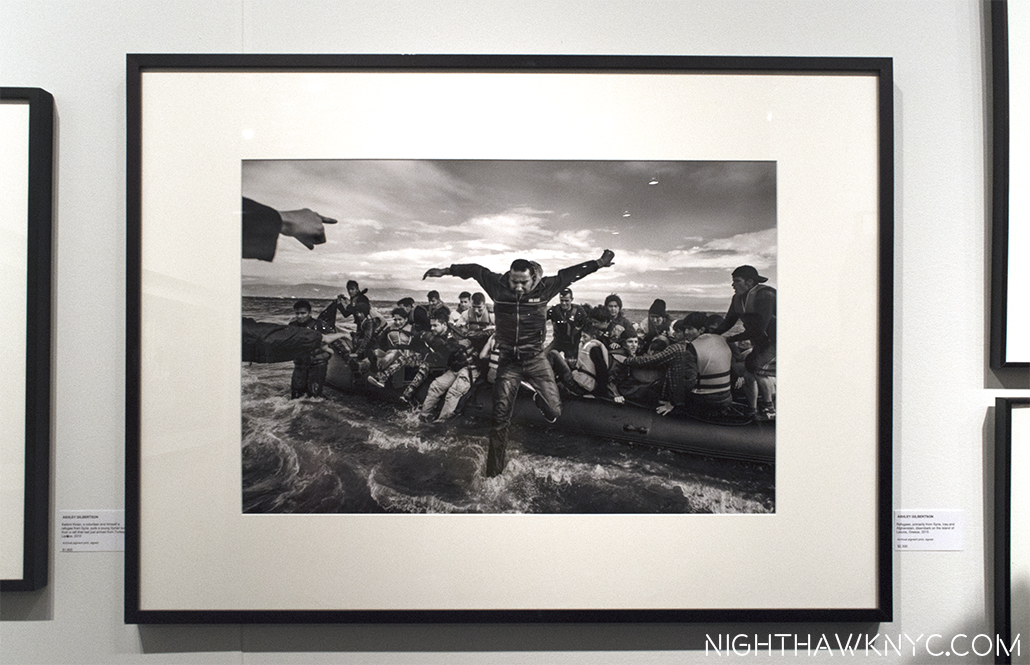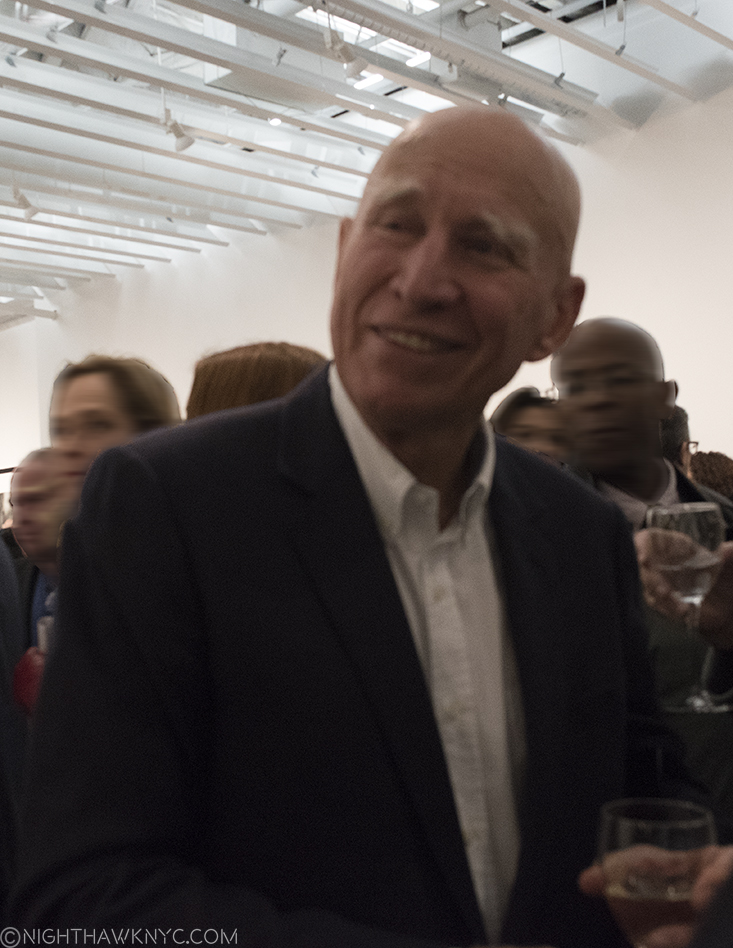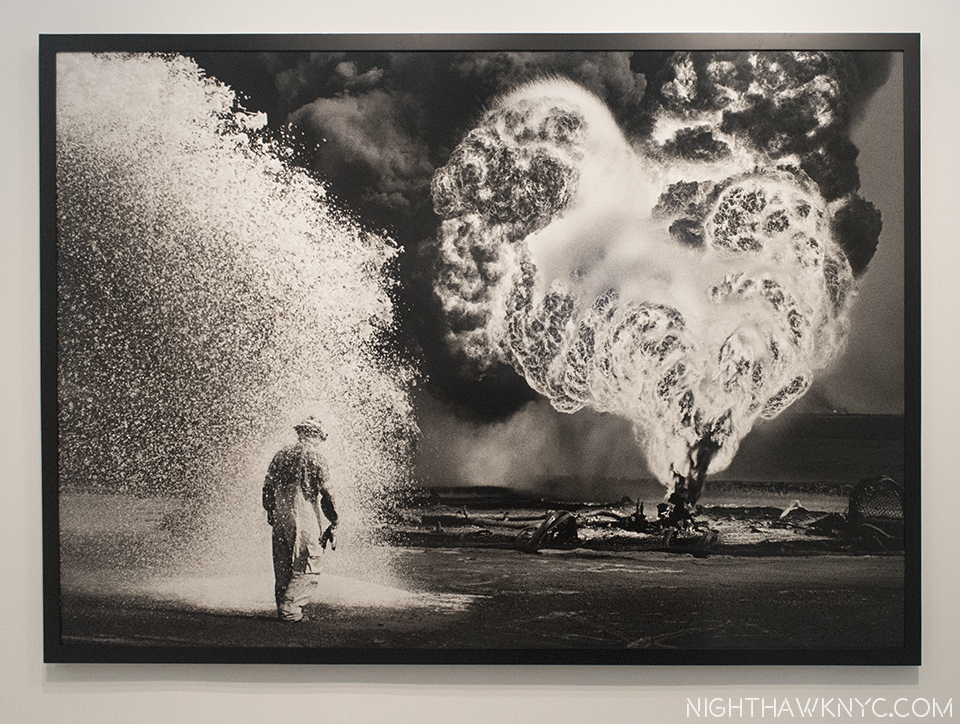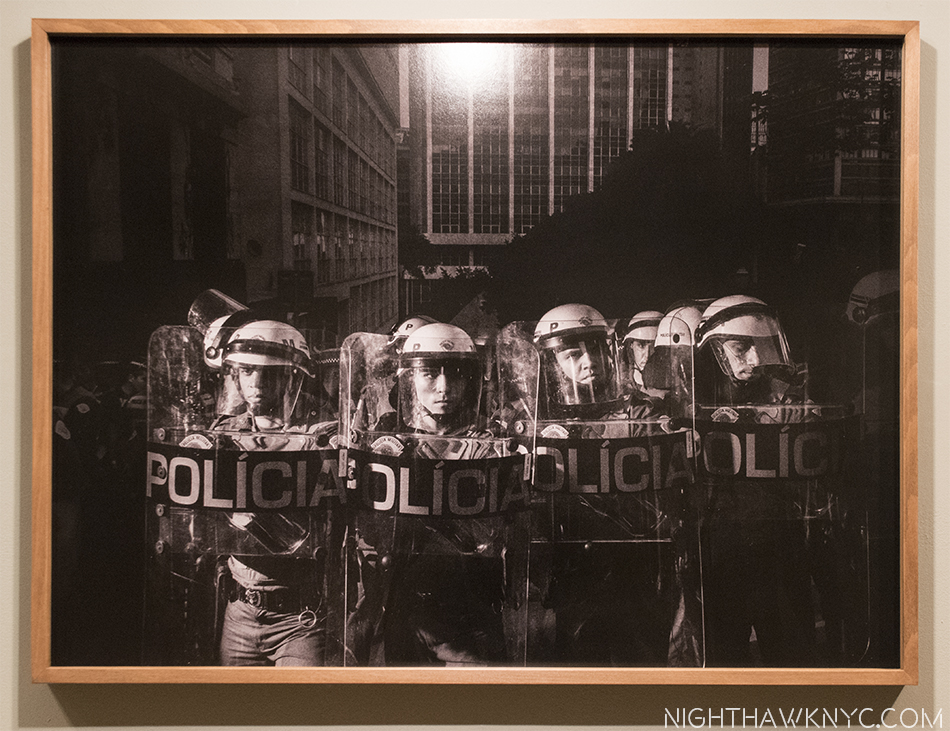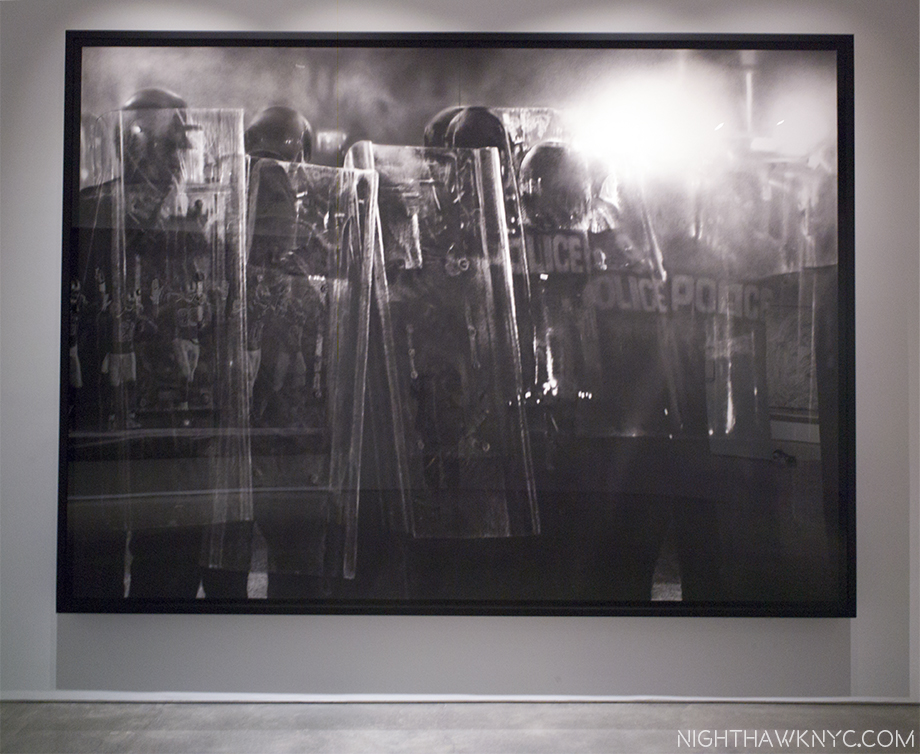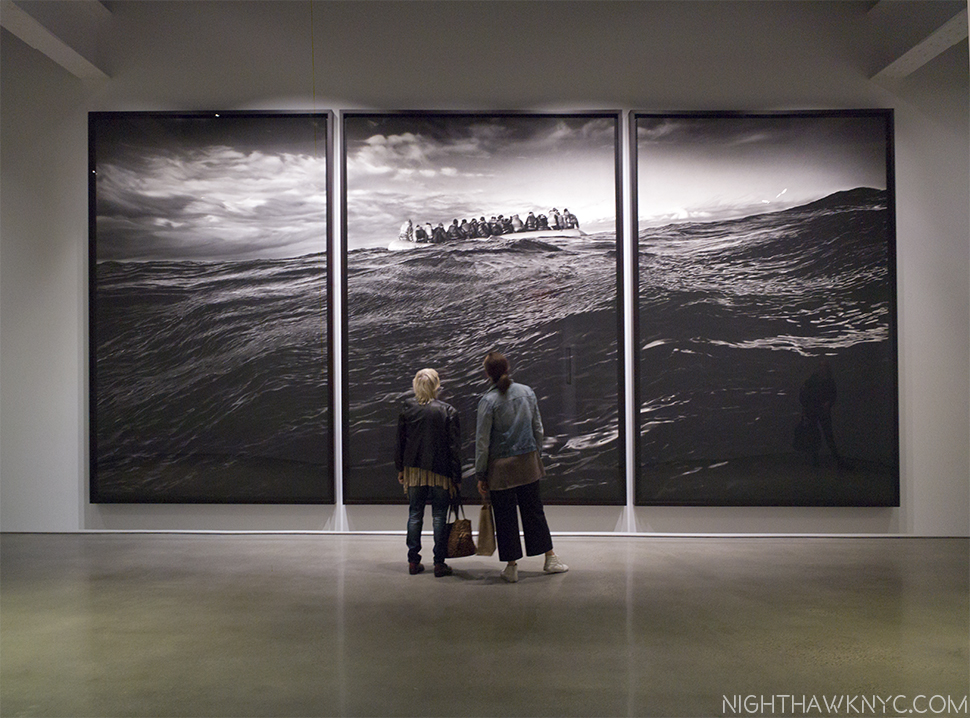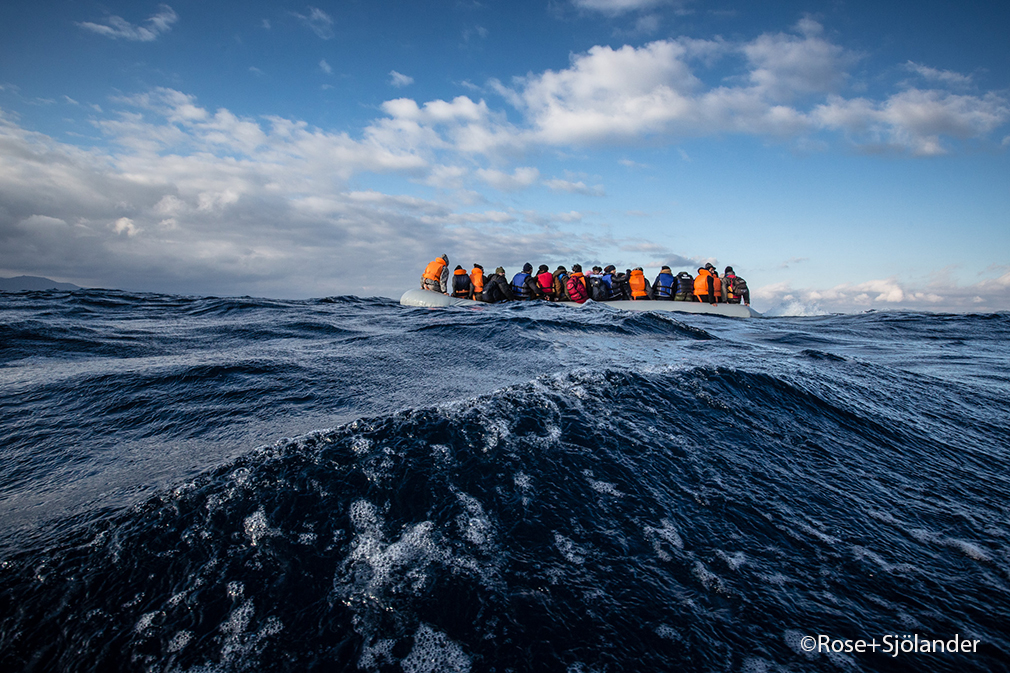Written & Photographed by Kenn Sava
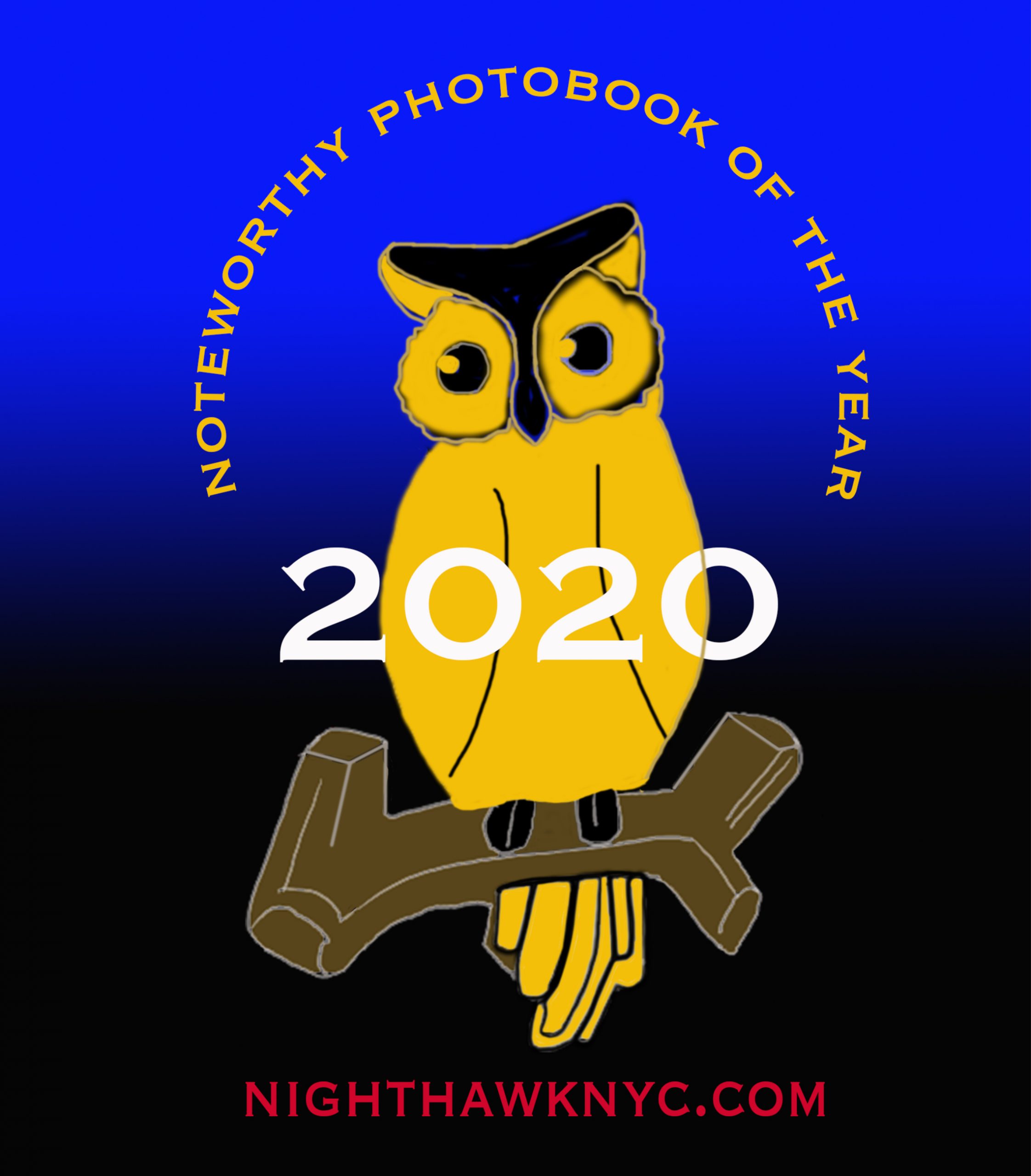
As it has been in all realms of life, 2020 has been an extraordinarily challenging year to be a book publisher, particularly a smaller one. Working with anyone- from your team, to the subject Artist, right through to the printers and binderies- all had to be done remotely for almost the whole year. Shipping between many countries has been off and on, and off again. (As I write this, shipping between Japan and the USA is still down.) Finally, bookstores around the world have been closed for much of the year. Somehow, a good number of books were published in 2020, though a good many previously announced titles have been pushed back. Under the best of circumstances, it’s not easy to get a PhotoBook published. So, I congratulate any and everyone who has published one this year. Bravo!
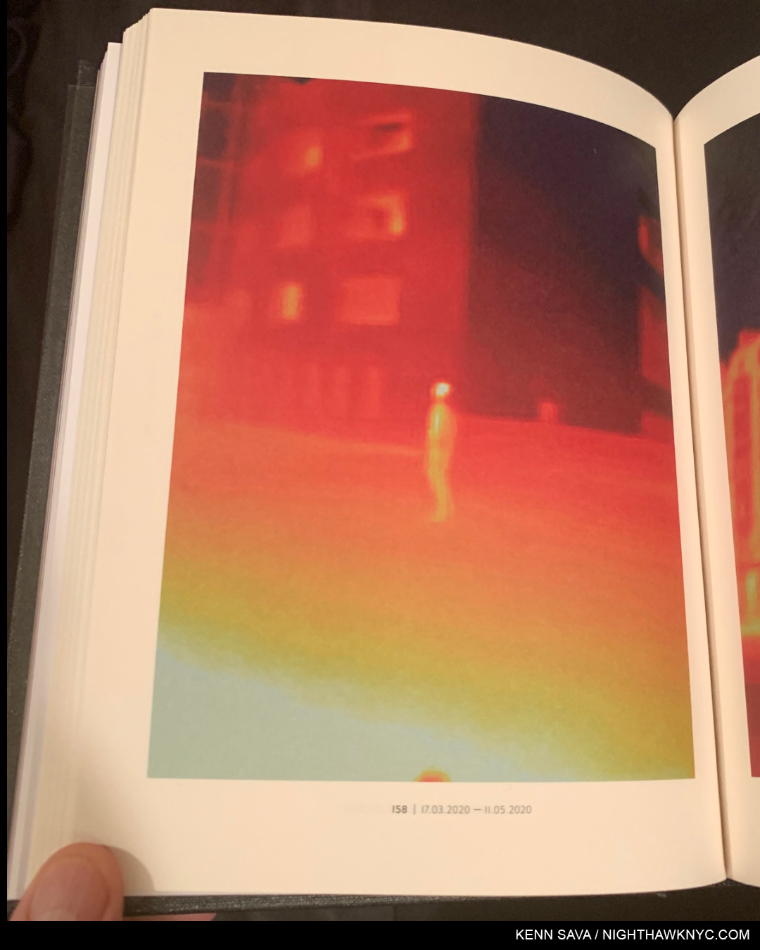
Antoine d’Agata, 17.03.2020 – 11.05.2020, page 158 from Virus, taken during the pandemic in Paris from March to May.
Since there’s no such thing as “best” in the Arts, I’ve opted to do a list of recommended “NoteWorthy” PhotoBooks the past 3 years. This year, due to the pandemic, I’ve seen fewer books than I had the past few years. Nonetheless, these books stood out for me among those I have seen, and I decided to do a list this year because I believe they would have been on it no matter how many more I had seen.
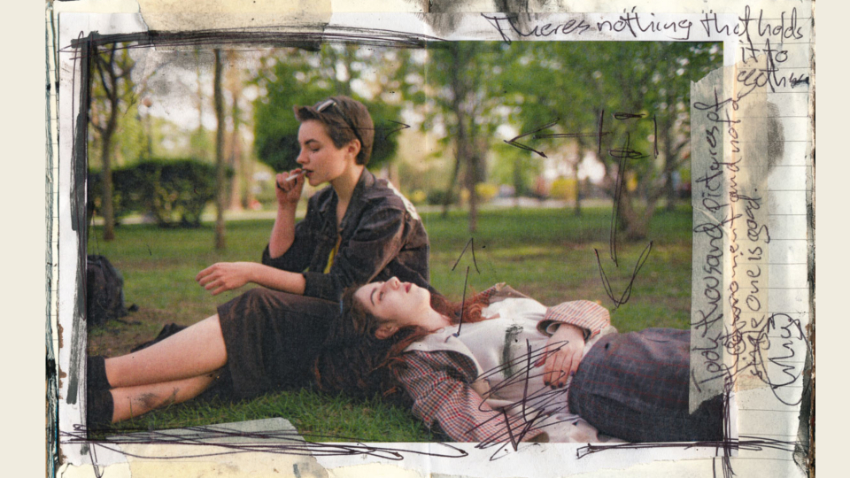
Josh Kern’s second PhotoBook, Love me, was released in 2020 and promptly sold out. In this spread from it the Photographer shows us his working notes. Along the top, it reads “There’s nothing that holds it together.” On the side, “Took a thousand pictures of this moment and not a single one is good.” This reminds me that as incredibly hard as it was to publish a book this year, the hardest parts of making a great PhotoBook happen long before it gets to be printed.
Most Photographers don’t have gallery representation, so, PhotoBooks are a primary means of reaching an audience for them. Without a dealer, they’ve taken on the job of building their own followings. Through diligence, a few of them even have upwards of 1 million followers on social media. For me, the accomplishments of these independent Artists is yet another indication that the gallery model is being bypassed by people who are not only creative Artistically. One example of how things are changing is young German Photographer Josh Kern, who I was among the very first in the US to discover last year. Josh did a Q&A with me as his first PhotoBook, Fuck me, was about to sell out of 1,100 copies. He has now sold out of 1,200 and 1,100 copies of his first two PhotoBooks respectively without help from Amazon, a gallery, or even a US book distributor. Remarkable for someone who was a 22 year old college student when he started, and another sign of where things are heading.
As I’ve mentioned in the previous years I’ve done this list (2018 and 2019), reconciling publishing dates with the date books actually appear is a bit problematic. Some books published in 2019, even 2018, only reached stores here in 2020. I’ve seen a number of books listed as being scheduled to be published in 2020 that have not made an appearance in stores here yet. So, once again, I’m sticking to books I’ve actually seen become available in stores, or to purchase, this year.
NoteWorthy PhotoBooks, 2020
The All-Magnum Photos Edition
That’s right. Coincidentally, each of these books was created by a Member of Magnum Photos, the legendary world’s leading Photographer’s co-operative. If I were to recommend one book this year of all the books I saw, I’d be torn between these two-
Paolo Pellegrin: Un’antologia, Silvana Editoriale. Ok. It says “2018” on the colophon, but how many people here have seen this? D.A.P. listed it as being available in the USA in Fall, 2019. I didn’t see it until late January, 2020. Un’antologia may be the most well-done retrospective I have ever seen. Perhaps, I shouldn’t be surprised. It was designed by a team headed by Yolanda Cuomo, who has designed countless wonderful books, including Diane Arbus, Revelations, the finest book on Ms. Arbus I have seen. Gorgeously produced and extremely thorough, this 6 1/4 pound, 742 page hardcover with over 1,000 illustrations accompanied the show of the same name at the Deichtorhallen, Hamburg, from October, 2019 to March, 2020, and as a career Retrospective- so far (c. 1960 to date). Yes, it ran to March, 2020, so I’m also using that to qualify if for listing here. Page after page is nothing short of stunning to the point that it becomes necessary to remind yourself that you’re looking at the work of one man- and Mr. Pellegrin, 56, is still a relatively young man, with hopefully, decades of work ahead, not someone looking back on a career that’s winding down. Nonetheless, it makes an open and shut case for Mr. Pellegrin as one of the world’s most important Photographers, just in case you didn’t already know that, with a legacy that’s already monumental. There’s an English edition in 1,000 numbered copies, and an Italian edition also numbered to 1,000 copies. That’s all! Un’antologia is also a fitting testament to curator Germano Celant, who passed away this year. Early on, he said to Yolanda Cuomo, “This is not a book by Paolo. It is a book about Paolo,” Don’t wait much longer.
Antoine d’Agata, Virus, Studio Vortex. I thought I was a bit prepared to see this from seeing a number of these images on Mr. d’Agata’s social media pages, but no. I was staggered when I first paged through this massive tome. Mr. d’Agata who lives with no fixed address, lived and worked out of the Magnum Paris offices while producing this work (while Paris was shutdown). He also spent “countless” days and nights staying over in treatment centers. Wait. HOW many people are going to accept an offer to go and watch a covid19 patient being treated? Umm. No, thanks. Antoine d’Agata, as you can see above, said “Yes.” “My object is to get photography back to requiring true commitment, to being a language that is unique by its potential subtlety and rawness,” he said1. “True commitment,” in spades. The work he created, which number 13,000 images in the two months, ranges from “normal” Photographs to many taken with a thermal camera, like the image above, which produces shots that reveal things a normal camera wouldn’t. The results are often “painterly,” but unlike any Paintings I have yet seen. Going in to 2020, Francis Bacon was the Painter Antoine d’Agata’s work most reminded me of. With Virus, he’s created his own world, a world we’ve all lived in, alone together. The only other PhotoBook that came to my mind when thinking about Virus is Aftermath, Joel Meyerowitz’ equally massive look at Ground Zero after 9/11. Both Photographers had unique access. Both have succeeded in creating the most remarkable, historic and valuable documents of these horrific events. In the midst of the horrors the world has seen and continues to see during the pandemic, if I may say this, Virus also strikes me as also being a work of Art. There are images of medical professionals treating patients that have no less than a Pieta like feel to them. Just unforgettable. I look forward to the day when I can look through Virus and focus on its Painterly aspects and its qualities as a work of Art, and hope I get to see it. Virus’ 825 pages includes text by Mathilde Girard I admire quite a bit. There are just 325 copies of the English edition. As my co-most highly recommended PhotoBook of 2020, Virus is a staggering accomplishment.
There are two other books by Magnum Photos Photographers that especially stood out for me this year-
Gregory Halpern, Let the Sun Beheaded Be, Aperture. Ho hum…another year, another terrific Gregory Halpern book on this list. Let the Sun joins Confederate Moons and Omaha Sketchbook on this list in the three years I’ve been making one. I find all of his books have remarkable staying power. Meaning that the images linger in my mind long after I’ve closed the cover. That’s every bit the case with Let the Sun, which has more layers to it than it has pages (120), meaning different things are going to jump out to you with each perusing. Then there’s the remarkably intimate Conversation between Mr. Halpern and Stanley Wolokau-Wanambwa. Any place outside of NYC is foreign to me, but Guadeloupe is exceedingly hard for me to imagine. Yet, the shared history with slavery makes Guadeloupe not all THAT foreign and its unique experience with it makes it even more haunting. Somewhat quietly, Mr. Halpern continues to build a remarkably strong body of portraits, more of which lie at the heart of Let the Sun Beheaded Be. Remarkable when you consider the Photographer is not fluent in French and he communicates with his subjects before Photographing them.
Yael Martinez, La Casa sue Sangra (The House that Bleeds), KWY Ediciones. A 2020 Magnum Nominee, his work looks like no one else’s. He seems to have a unique way of getting inside the skin of those he portrays, his Photographs are so intimate. Of La Casa, Mr. Martinez says, “‘A people without memory is condemned to repeat their mistakes.’ Guerrero is one of the Mexican States that have been most affected by organized crime; It is the second poorest and most violent state in the country. I am thus trying to depict the situation which many families in this region face, which they live through daily, and which is one of the causes of the unraveling of Mexico’s social fabric.” La Casa focuses on the forced absence of beloved family members, each image with an overriding darkness and use of color that are both intimate and epic. His Photos bring you right there, capturing moments that often border on the magical. A house that bleeds could be a family or a community, he has said. He began with his family, before eventually expanding the project to include other family around Guerrero. The classic work of the Farm Security Administration Photographers, including Dorothea Lange (see below), came to my mind as a possible influence (though Mr. Martinez shoots in color). Printed in an edition of 1,000 copies, and still in print as far as I can tell, I spent most of 2020 seeking a copy of La Casa. Another marvelously unique Artist and powerful voice for Magnum Photos.
I don’t know how they do it, but year after year Magnum continues to find extraordinary Photographers to add to a roster that makes me ask the impossible to answer question- Is this THE greatest Magnum Photos Roster ever? Until I ask the same question, again the very next year.
Other NoteWorthy PhotoBooks of the Year, 2020
Gordon Parks: The Atmosphere of Crime, 1957, and Gordon Parks X Muhammad Ali, both Steidl. Sadly, Gordon Parks left us in 2006, but his Foundation has been doing a strong job of keeping his legacy alive with shows (here in NYC at Jack Shainman Gallery), and a superb series of books published by Steidl. On the heels of the essential Gordon Parks Collected Works, (Steidl’s site says it’s Out of Print- you can still find it if you hurry), 2020 brought us The Atmosphere of Crime, 1957, and Gordon Parks X Muhammad Ali. Atmosphere seemed to strike a nerve with buyers when it came out, and garnered more attention, while GP X Ali benefits to no end of the close connection the two shared.
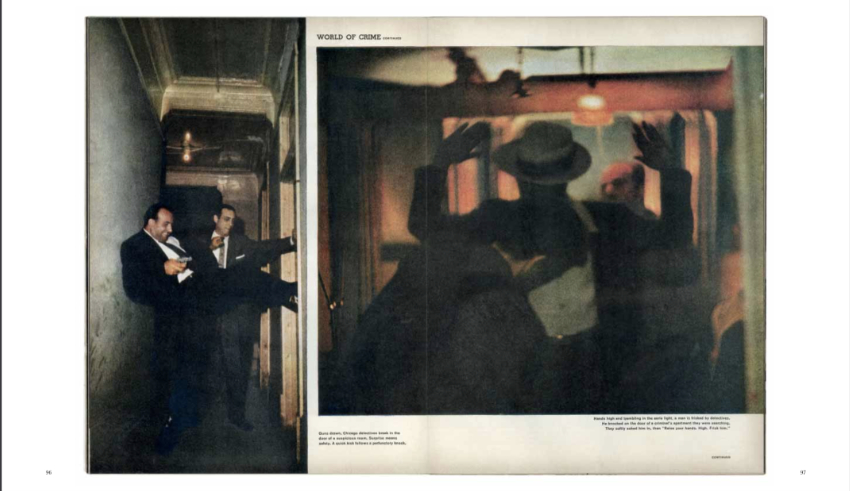
Atmosphere includes the original LIFE articles, like this one from September 9, 1957, and images never before seen.
Atmosphere of Crime is a brilliant look at the true complex nature of crime flying in the face of the mainstream media’s stereotypes, showing completely other sides to the American public with frankness and empathy. Unlike the work of Weegee, or even most of Gordon Parks’ prior Photographs, these are in color, which adds another dimension to both the you-are-there realism and the Artfulness of his timeless work. Powerful, raw, cinematic, Atmosphere paints a remarkably broad picture of the realities of crime in 90 images over 120 pages. It’s gives me the feeling of seeing a 1950s film noire in color. Of course, Mr. Parks later directed the classic Shaft in 1971- only 15 years later. It’s revealing to compare the two. Not to be missed.
One of the most important historical, and creative, records of The Greatest of All Time, Gordon Parks X Muhammad Ali, is centered around 2 assignments Mr. Parks was on to shoot The Champ in 1966 and 1970 for LIFE Magazine. The book is characterized by an intimacy that shows Ali in unguarded moments that are often incredibly poignant. While others, including Thomas Hoepker, have given us classic images of Muhammad Ali, Godon Parks’ stand out for me because they cut right to the heart of the man, which remains here, larger than life for all time.
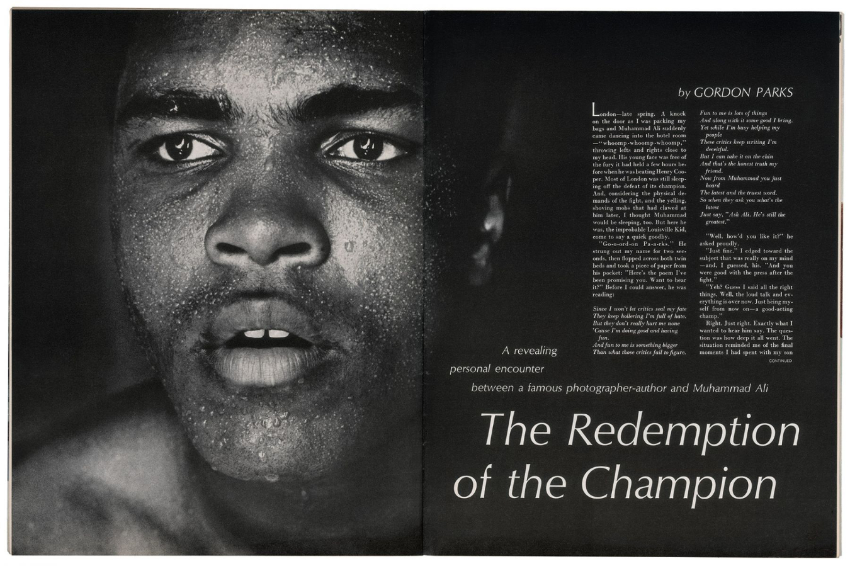
Reproduction of the original opening spread of the 1966 LIFE article, with text also by Gordon Parks. The full articles are reproduced in both of these Gordon Parks books.
Gordon Parks Photographed The Champ at 2 key points in his life. First, in 1966, amid intense controversy over his becoming a Black Muslim, changing his name to Muhammad Ali, and being a conscientious objector to the Vietnam War. The resulting landmark LIFE Magazine article “The Redemption of the Champion,” also written by Gordon Parks, helped the public see the truth. I remember seeing it in a barbershop waiting for a haircut as a kid. The oversized magazine created a larger than life effect that cut right through all the noise. I believe the article helped start Muhammad Ali on the road to being the icon he remained for the rest of his life.
Both are the multi-talented Gordon Parks near his considerable Photographic peak. Both speak for themself. Both will live on in your mind, indelibly. A show titled Gordon Parks X Muhammad Ali is scheduled to open at the Nelson-Atkins Museum in 2021. In 2020, I found it impossible to choose one between Atmosphere of Crime and Gordon Parks X Muhammad Ali. Good luck if you try to.
Ernst Haas: New York In Color, 1952-62, Prestel. During my now 4 year deep dive into post-Robert Frank’s The Americans Photography and PhotoBooks, I focused on exploring the history of early color Photography. I soon discovered that William Eggleston was NOT the first Photographer to have a solo show at MoMA. It was Ernst Haas, who’s Ernst Haas: Color Photography opened August 21st, 1962. FOURTEEN YEARS before Photographs by William Eggleston opened there on May 24, 1976. Mr. Haas’ estate has worked with Prestel to publish the wonderful Ernst Haas: New York In Color, 1952-62, which now serves to put Mr. Haas’ work into the same discussion with another legend of earlier color Photography- Saul Leiter, who’s color work in NYC, in the same period, has been held in unique esteem. Mr. Haas’ admirers already treasure Steidl’s classic Ernst Haas: Color Correction, which is to be reprinted.
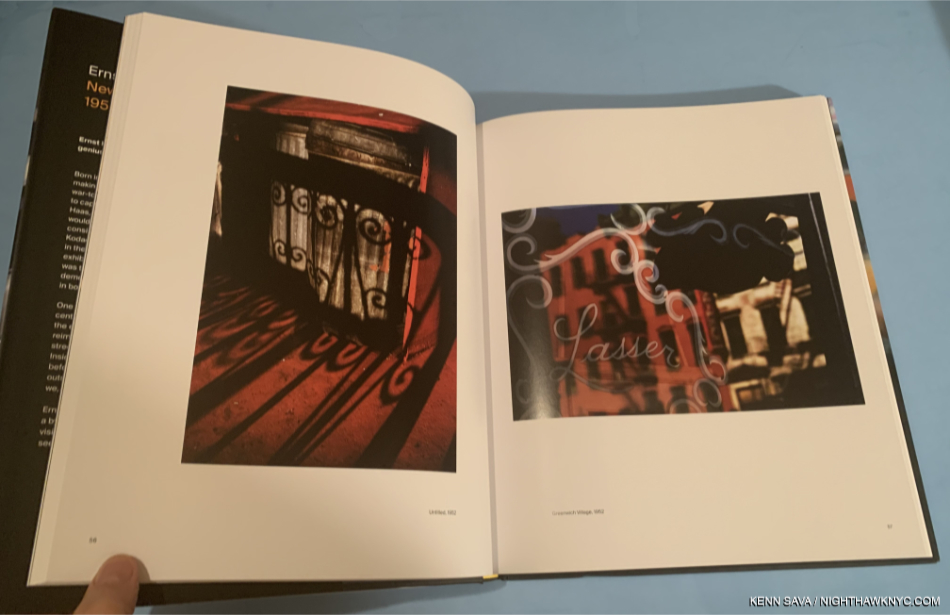
Ernst Haas, NYC, 1952(!) Move over, Saul Leiter, and tell William Eggleston and Stephen Shore the news…
With the release of Ernst Haas: New York In Color, 1952-62, Mr. Haas goes toe to toe with Mr. Leiter on his own turf, in his own time! Lovers of Photography are the winners. NYC is plenty big enough for both of them. I recommend this book to anyone who loves Mr. Leiter’s Early Color, which I consider an essential PhotoBook of this century, as much as I do.
John Gossage: The Nicknames of Citizens, Steidl. The latest in the renowned Photographer’s “loving yet critical, generous yet ironic vision of America,” to quote the publisher, it follows Jack Wilson’s Waltz, published in 11/2019, Should Nature Change, 8/2019, and precedes I Love You So Much!!!!!!!!, forthcoming, all from Steidl. Picking up any one of these books is like taking one from a box of chocolates. Once you sample the poetry of Mr. Gossage’s images, you’re more than likely going to want to devour the others in the series. I’ve been so focused on exploring the history of color Photography these past 3 years that I was slow on the intake of this series. Nicknames is the first one I’ve gotten and I was immediately captivated by Mr. Gossage’s vision, and as Magnum Photographer Martin Parr said about another John Gossage/Steidl book he witnessed being created, Looking up Ben James- A Fable, “I am amazed that the collective vision of this volume is so familiar, but entirely alien. It restores my faith in photography to know that a mature and original photographer like John Gossage can see the things I just did not notice.” As I perused these books, another series on America came to mind- that of English Magnum Photos Photographer Mark Power’s, Good Morning, America. Mr. Power’s is in color and doesn’t include portraits per se, but the two ongoing series are fascinating to look at together, given one thing they do share- they both look at America during a similar time frame.
Luigi Ghirri, Cardboard Landscapes (Paesagge di cartone), Museum of Modern Art. This book was a gift from Luigi Ghirri to legendary MoMA Director of Photography, John Szarkowski, in 1975. It languished forgotten in the MoMA collection for decades until being recently rediscovered. Now reproduced faithfully for book lovers, it makes a stunning impression. Here, we get the full range of Luigi Ghirri’s considerable gifts, along with his gift of sequencing. The result is a breath of fresh air. The first half of the book is quite humorous. We sense the Artist’s personality shining through. The rest retains a bit of the feel of his recently ended career as a surveyor. In the end, it’s a book that is a serious work of Art that doesn’t take itself oppressively seriously. Still, it’s hard for me to look through it and not see a bit of the roots of Artists as diverse as Maurizio Cattelan, Stephen Shore, Richard Prince and Erik Kessels. Such is the net effect that, even though the Ghirri bibliography has exploded the past few years with some fine titles, Cardboard Landscapes gives us yet another entirely different side of this remarkable Artist.
Dorothea Lange, Words & Pictures, Museum of Modern Art. “All photographs—not only those that are so called ‘documentary’…can be fortified by words2, Dorothea Lange said. Elsewhere she said, “Am working on the captions. This is not a simple clerical matter, but a process…They are connective tissue, and in explaining the function of the captions, as I am doing now, I believe we are extending our medium,” in a note that reveals the importance of captions (and words) in seeing her work. It’s so rare to gain major insights into major Artist who passed away 55 years ago, but that’s exactly what the show this book accompanied did. “Dorothea Lange, Words & Pictures, which opened barely a month before the NYC pandemic shutdown added a completely new dimension to our appreciation of the work of Dorothea Lange by focusing on the role her words play in their understanding. It lives on in this exceptional book that is a joy to look at as well as to read. In many shows where words play a part, they’re often hard to read due to glare on the glass and the numbers of other viewers.
Here, you can read them clearly without distraction, glare or others looking over your shoulder, while seeing Ms. Lange’s classic images in gorgeous reproductions printed on 150gsm Arctic Volume Ivory, which makes the book better, in some ways, than seeing the actual show! Also, among the essays is one by the legendary Sally Mann. Along with whatever other books you have on Dorothea Lange, like the excellent Dorothea Lange: The Politics of Seeing, this one is essential.
Roy DeCarava: the sound i saw, David Zwirner Books. Roy DeCarava has been in eclipse since his passing in 2009, just short of his 90th birthday. Due to his estate’s new relationship with Zwirner his work has returned to view in force, both in shows and in books. The classic The Sweet Flypaper of Life (with Langston Hughes) was finally reissued in 2018, and 2019 saw the rerelease of another out of print Roy DeCarava classic- the sound i saw, this time in a luxurious oversized edition which pairs his poetry with many classic images. Growing up studying Jazz through Lps, I wasn’t familiar with Mr. DeCarava’s work as I was with, say, Alfred Lion’s for Blue Note. The difference I see between Mr. DeCarava’s Jazz images and everyone else’s is that I can tell he knew his subjects personally. These images ooze personal connection, and that’s very rare in Jazz in this period. No. It’s uneqelled. I don’t know why more of his amazing images didn’t make it on to record covers, but here many of them are over 208 pages in this 5 pound collection, in addition to others that set the mood. If you love Music, and especially if you love Jazz, this is an essential book that features exceptional, intimate images of legends Mr. DeCarava well knew, including important images of John Coltrane, and Billie Holiday (seen smiling!), Ornette Coleman and Duke Ellington, among others. It is the finest book of Jazz Photography I have ever seen.
NoteWorthy PhotoBook Publisher of the Year, 2020
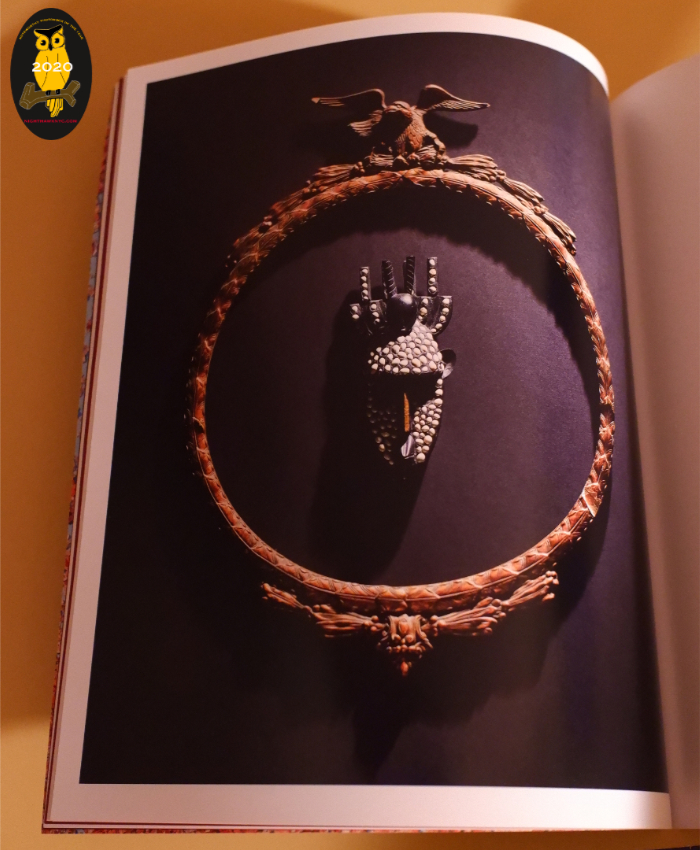
From Remember the South by Frank Frances, one of the first three auspicious releases on Kris Graves’ new Monolith Edition imprint.
Kris Graves Projects & Monolith Editions. I can’t imagine how hard it was, and is, to produce and sell books in 2020. In addition to the obstacles I listed near the beginning of this piece, once you get the physical books printed and in your hands, all the bookstores were closed for much of this year. And then customers, including this one, have been slow to return to indoor shopping. Yet, through the pandemic, the lockdowns and quarantines that are still going on around the world, book publishers have tried to maintain a sense of “business as usual.” For all of them- big and small, this must have been quite challenging. I’m sure we’ve lost a good many of them already. Yet, Artist-run, Kris Graves Projects has not only carried on, they’ve released a steady string of impressive titles, 18 in 2020, including the third set of LOST, with their usual high quality, and at popular prices. Kris Graves also debuted Monolith Editions this year, dedicated to publishing the work of BIPOC Artists, with three auspicious releases. I reached out to Mr. Graves trying to gain some insight on just how he’s done ALL of it during the hardest year of almost all of our lives. He said-
“This year allowed me to be home more than any other in recent memory, so I worked on making content and working with artists. I wanted to make less books this year but I guess I can’t stop myself. Only four of the books were ideas during the covid times, everything else was in the works. Also, with my photoshoot income diminished, I had to find ways to make some profit on books. I also had more time to let people know the books exist.”
18 books in 2020 would have been a large output for ANY PhotoBook publisher, but he didn’t stop there. Kris Graves, himself, has created an exceptional, and exceptionally powerful, body of work in 2020, the result of incessant travels around the country, going to sites of monuments and protests, putting himself at considerable risk. It’s a body of work that captures the moment and will, I believe, be historically important. Though not yet published in PhotoBook form, some of this work may be seen on his Instagram feed, @themaniwasnt, and in National Geographic, January & February, 2021. About it, he said-
Finally, this year I’m also listing some NoteWorthy Art Books for the first time. Stay tuned.
Addendum-
Two books I saw late in 2020 were subsequently added to my list, per my Instagram account, @nighthawk_nyc-
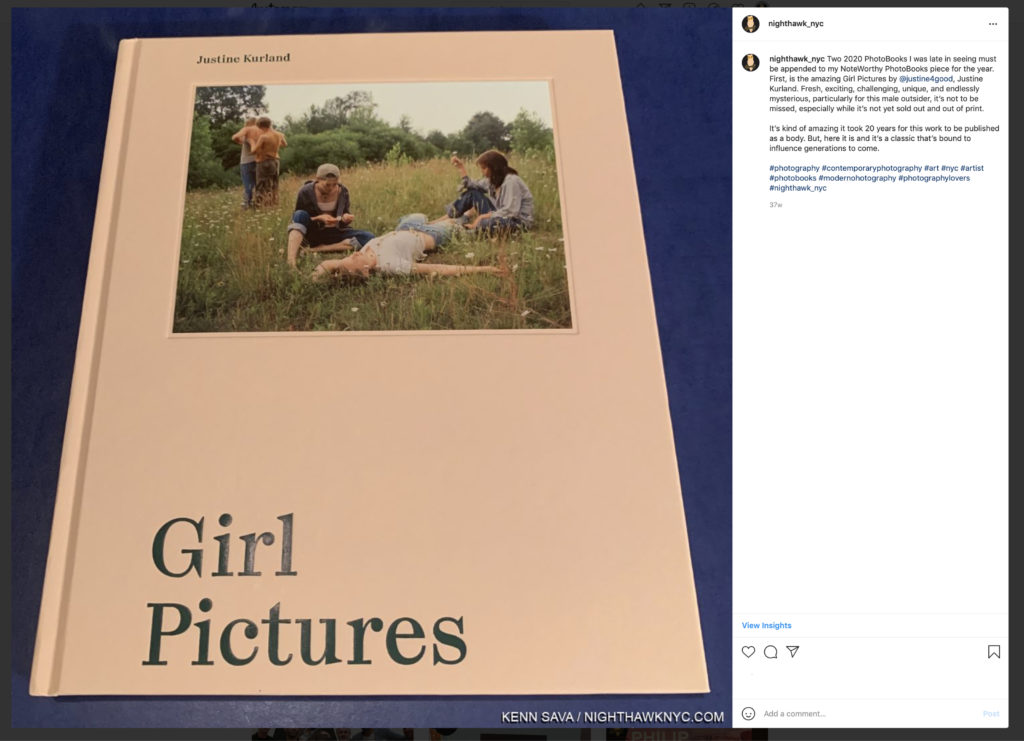
Justine Kurland, Girl Pictures, Aperture. My text reads- “Two 2020 PhotoBooks I was late in seeing must be appended to my NoteWorthy PhotoBooks piece for the year. First, is the amazing Girl Pictures by @justine4good, Justine Kurland. Fresh, exciting, challenging, unique, and endlessly mysterious, particularly for this male outsider, it’s not to be missed, especially while it’s not yet sold out and out of print.
It’s kind of amazing it took 20 years for this work to be published as a body. But, here it is and it’s a classic that’s bound to influence generations to come.”
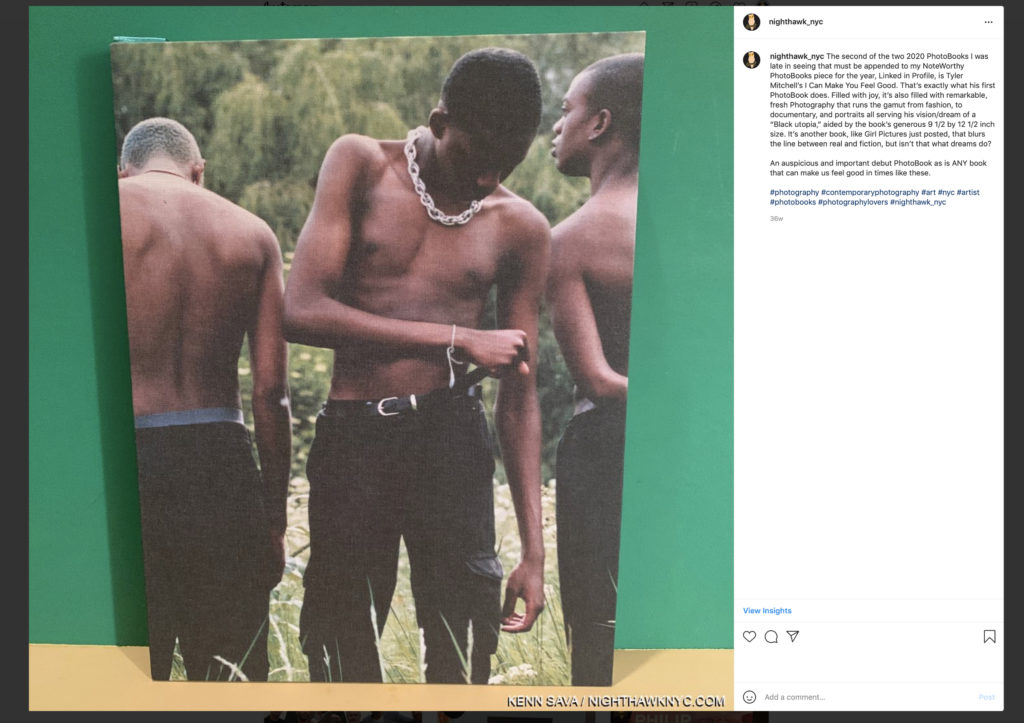
Tyler Mitchell, I Can Make You Feel Good, Prestel. My text reads- “The second of the two 2020 PhotoBooks I was late in seeing that must be appended to my NoteWorthy PhotoBooks piece for the year, Linked in Profile, is Tyler Mitchell’s I Can Make You Feel Good. That’s exactly what his first PhotoBook does. Filled with joy, it’s also filled with remarkable, fresh Photography that runs the gamut from fashion, to documentary, and portraits all serving his vision/dream of a “Black utopia,” aided by the book’s generous 9 1/2 by 12 1/2 inch size. It’s another book, like Girl Pictures just posted, that blurs the line between real and fiction, but isn’t that what dreams do?
An auspicious and important debut PhotoBook as is ANY book that can make us feel good in times like these.” (It should be noted that this is Mr. Tyler’s first PhotoBook for a major publisher. He previously self-published a book. )
NighthawkNYC.com remains ad-free! Yet, the costs are substantial, and have piled up over the past five years. There are NO affiliate sales links here. If you would like to support what I’ve been doing since 2015, there is a Donations link accessible by clicking the white box at the upper right of the page where the archive lives, with my sincere Thanks.
*-Soundtrack for this Post is “Every Day Is A Miracle” by David Byrne, from American Utopia now a terrific concert film directed by Spike Lee.
NighthawkNYC.com has been entirely self-funded & ad-free for over 7 years, during which over 275 full length pieces have been published! If you’ve found it worthwhile, PLEASE donate to allow me to continue below. Thank you, Kenn.
You can also support it by buying Art, Art & Photography books, and Music from my collection! Books may be found here. Music here and here.
Written & photographed by Kenn Sava for nighthawknyc.com unless otherwise credited. To send comments, thoughts, feedback or propositions click here. Click the white box on the upper right for the archives or to search them. Subscribe to be notified of new Posts below. Your information will be used for no other purpose.

